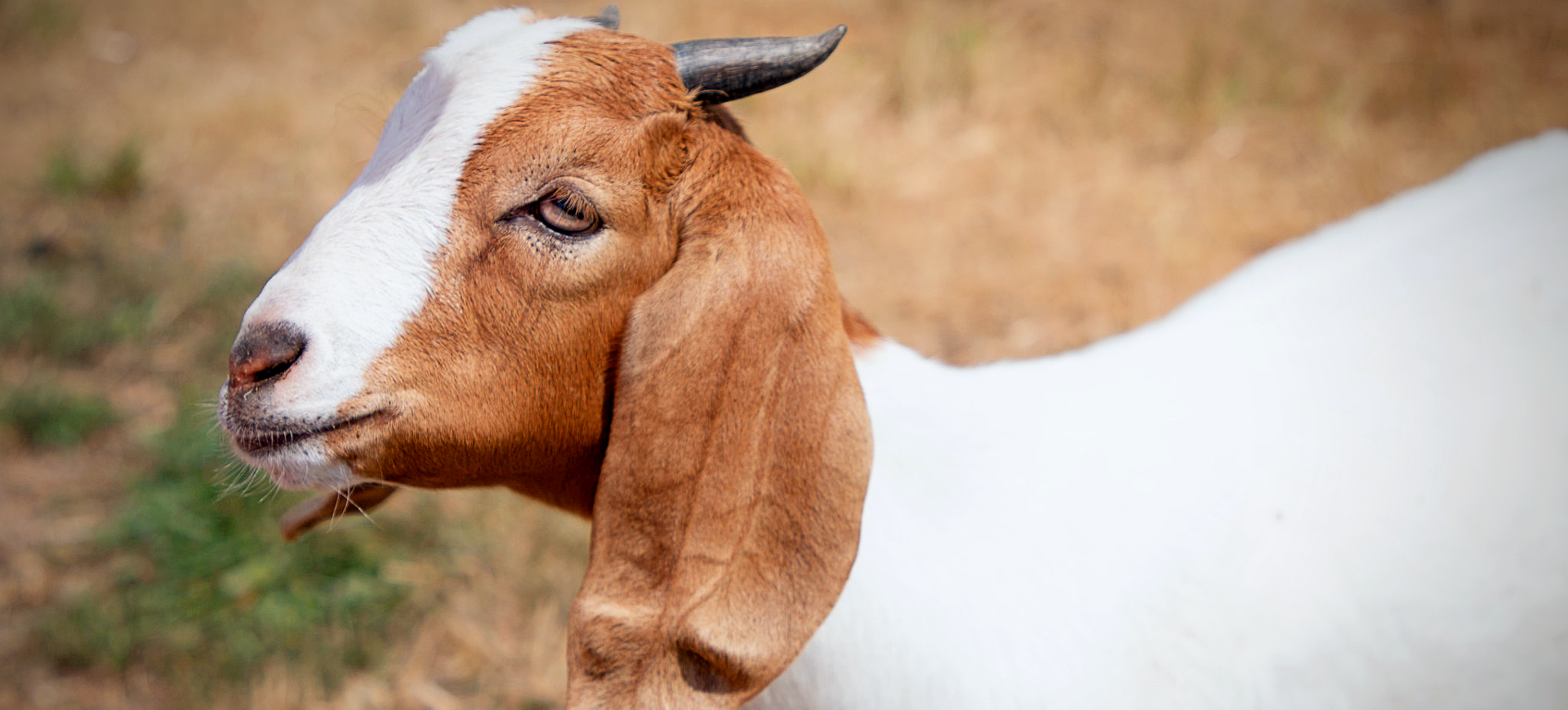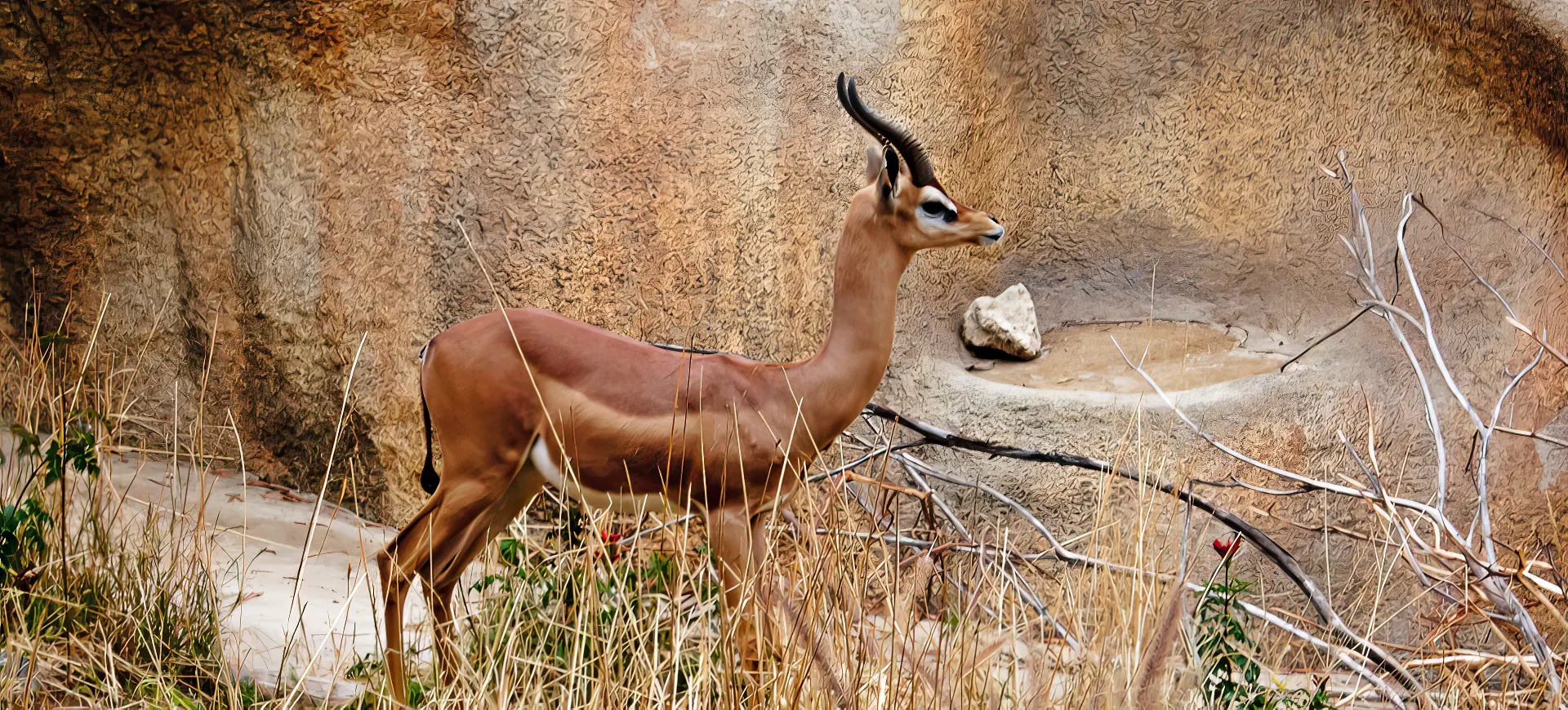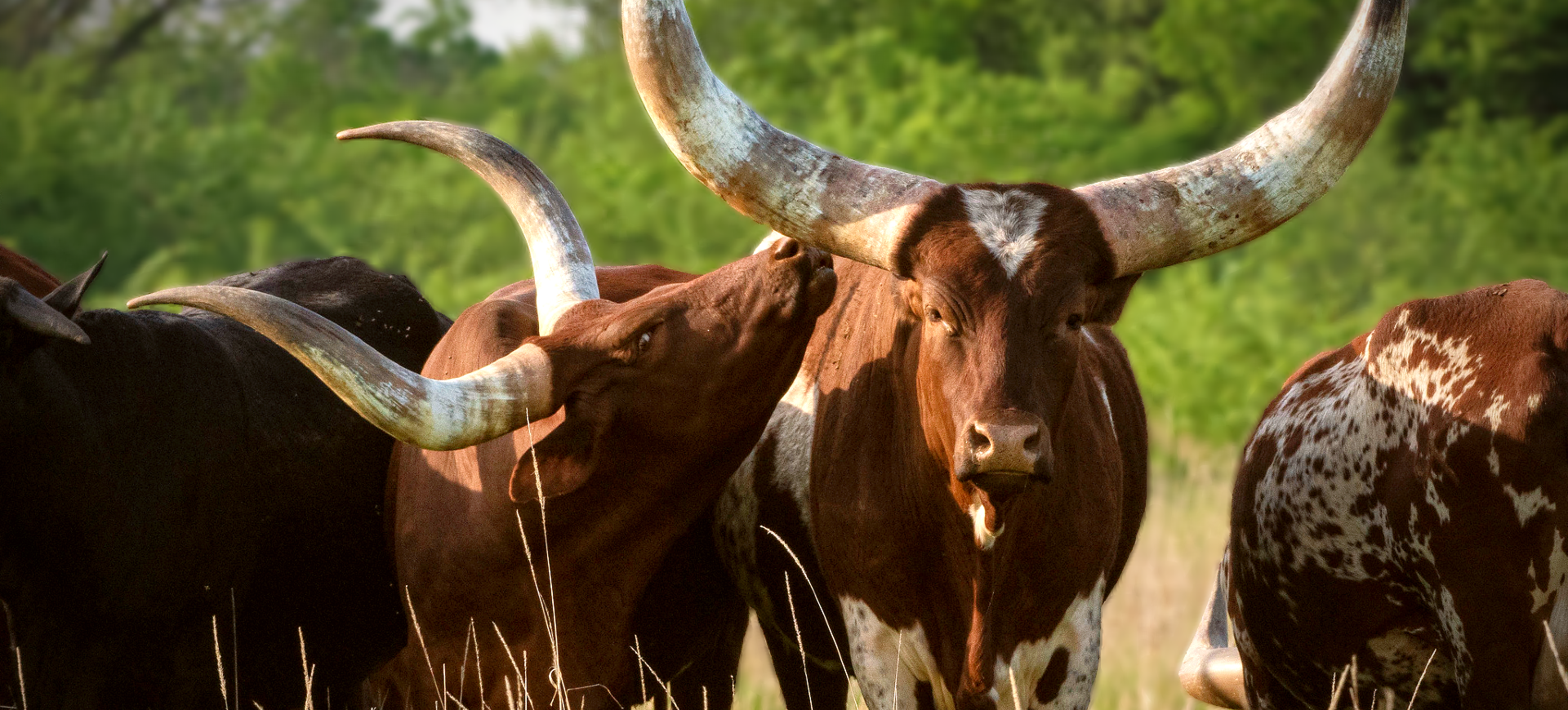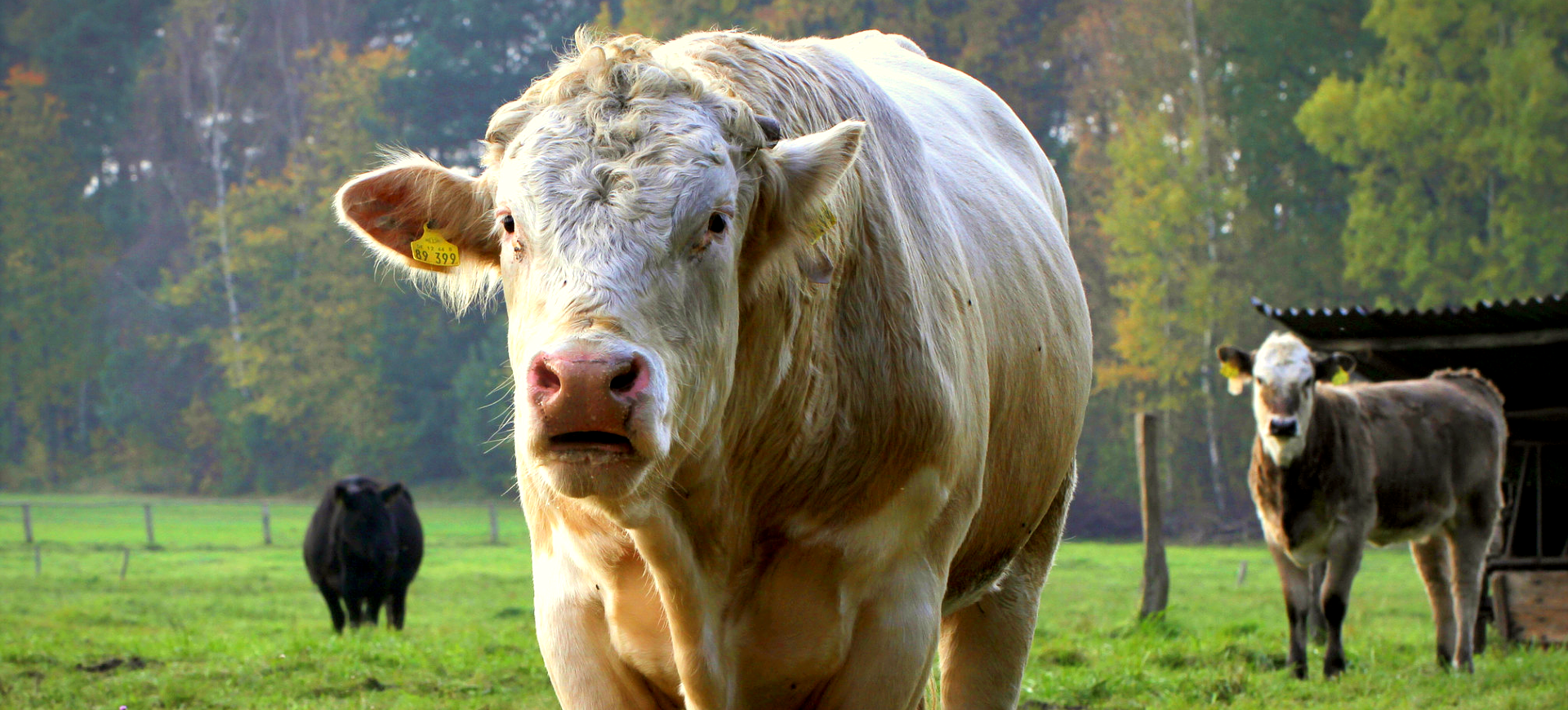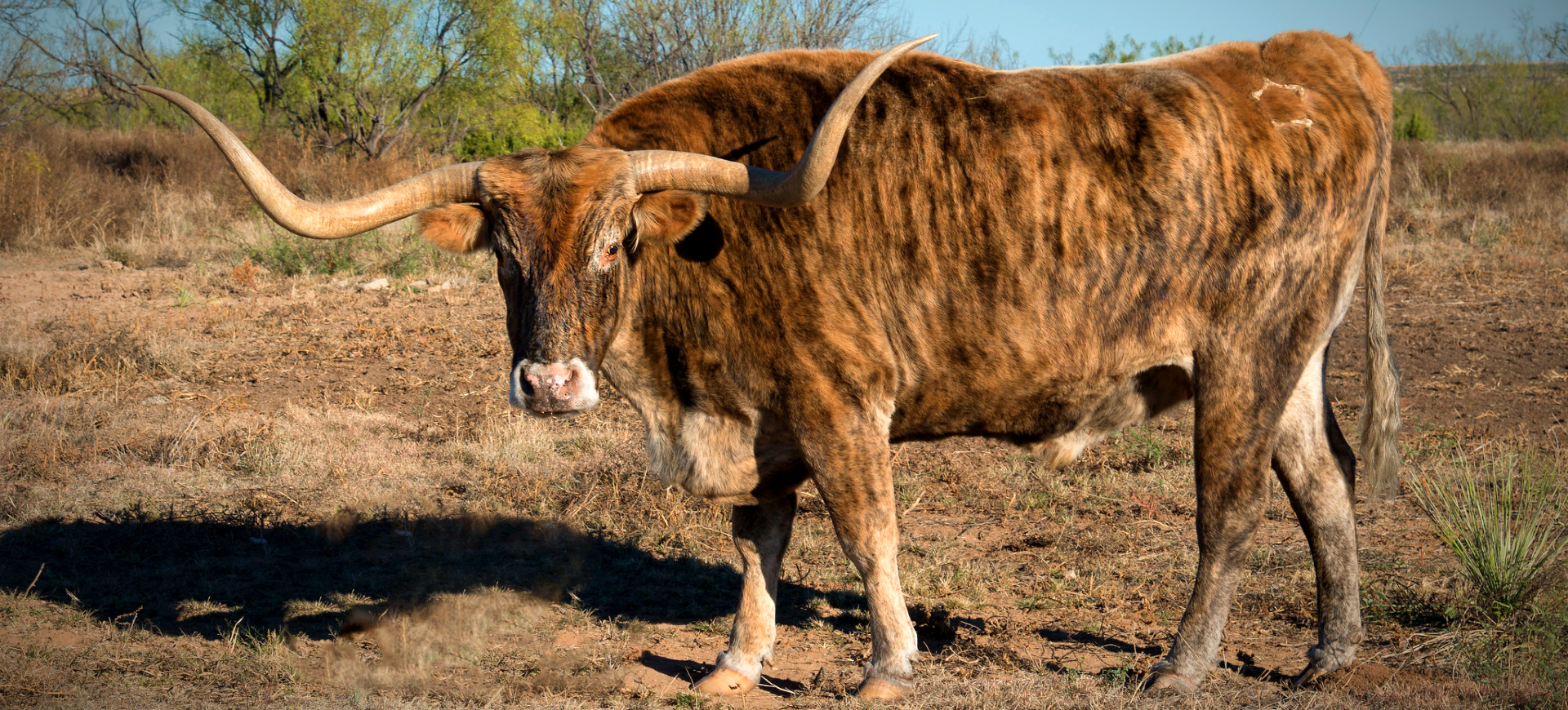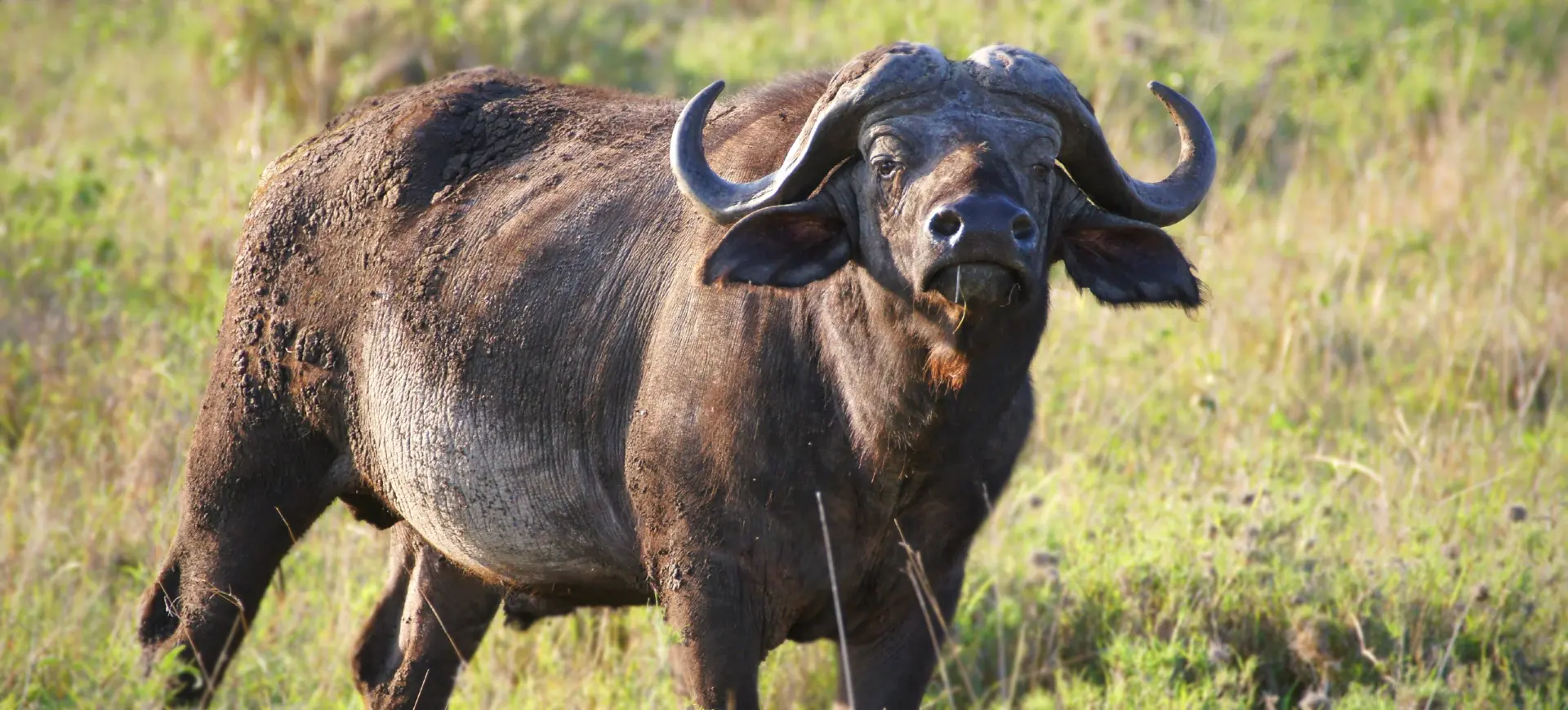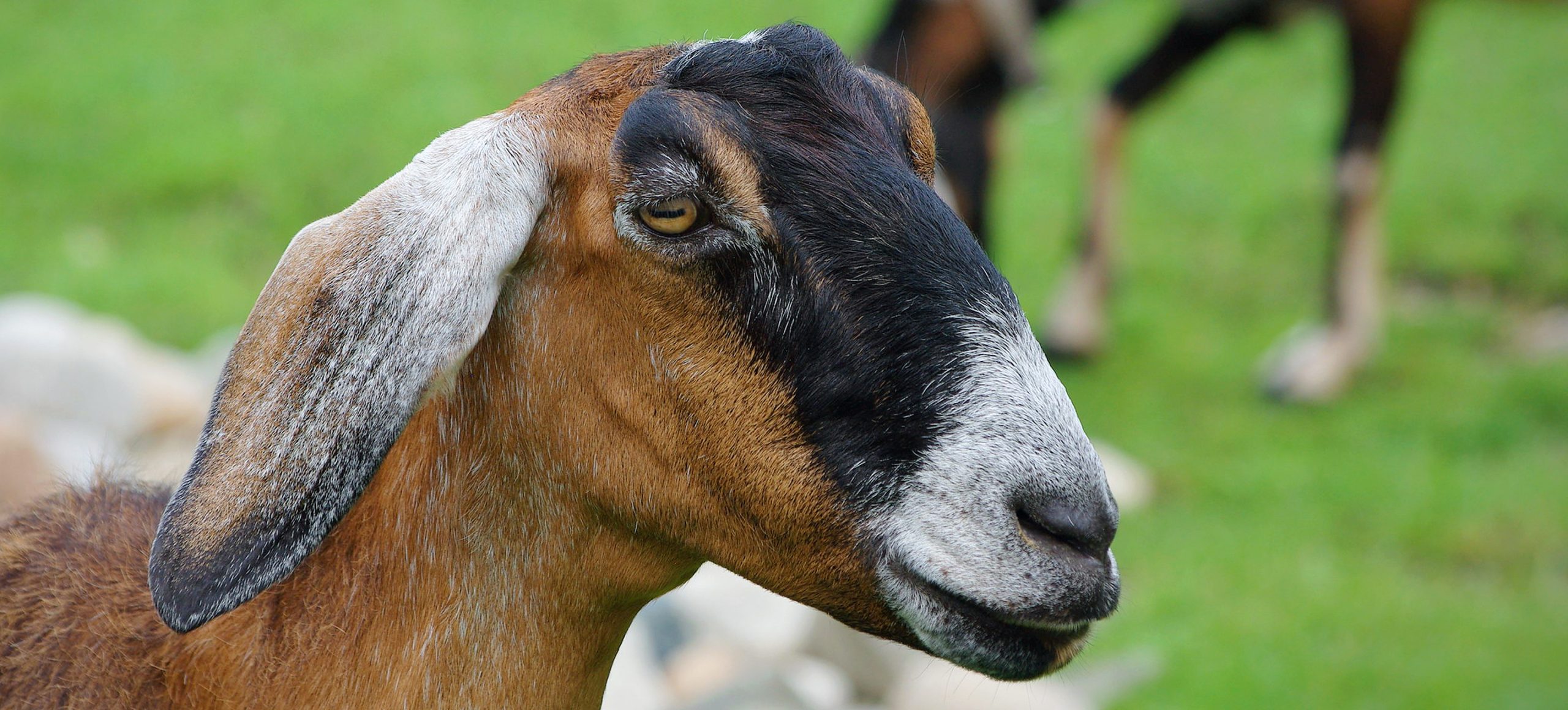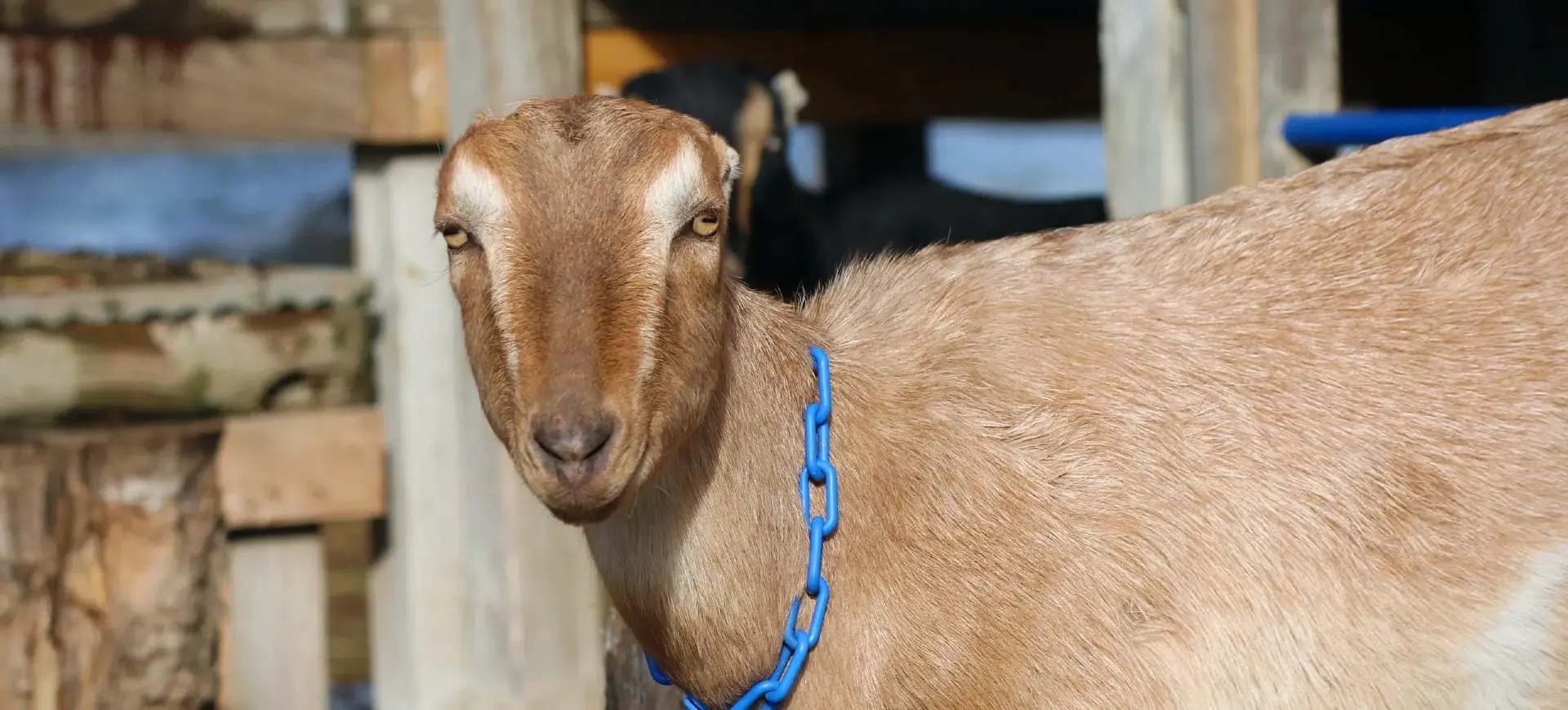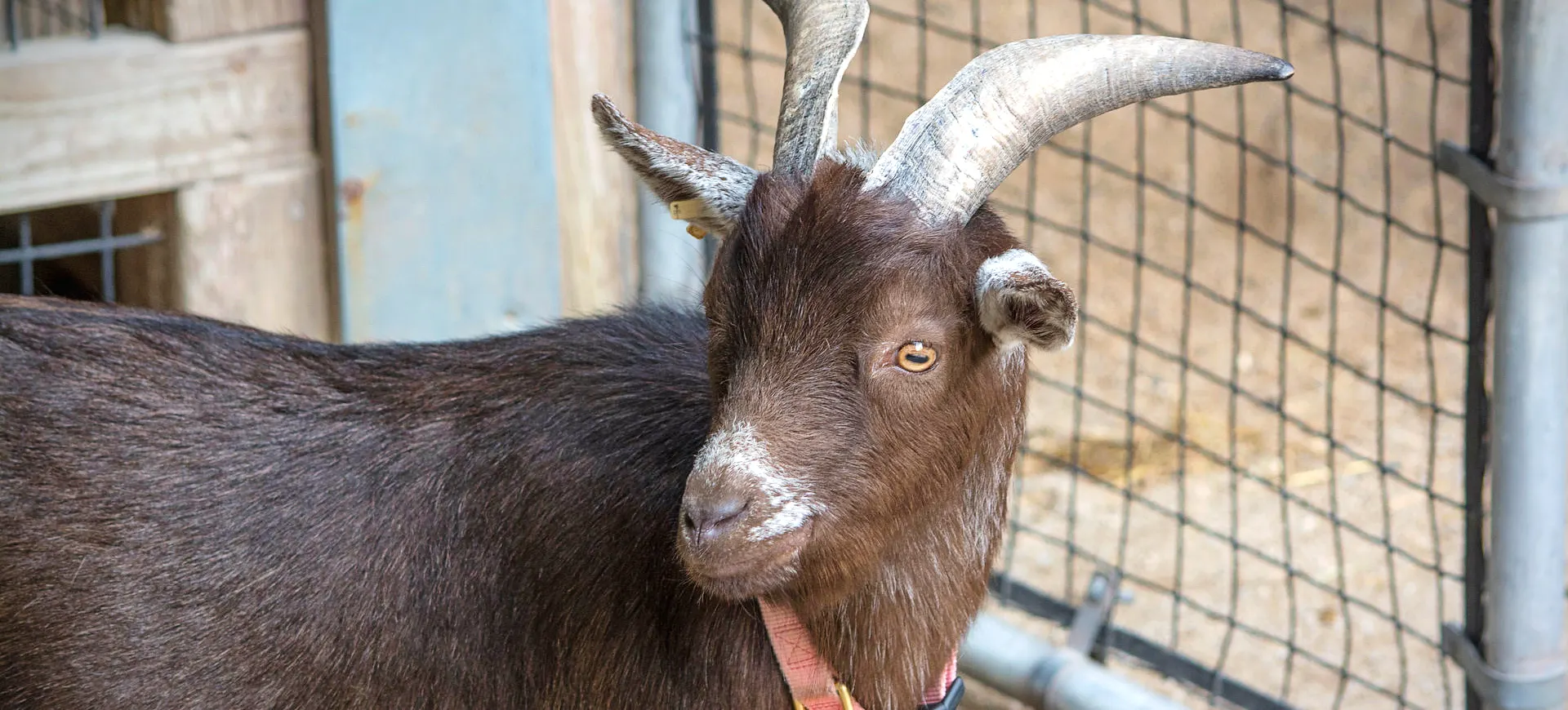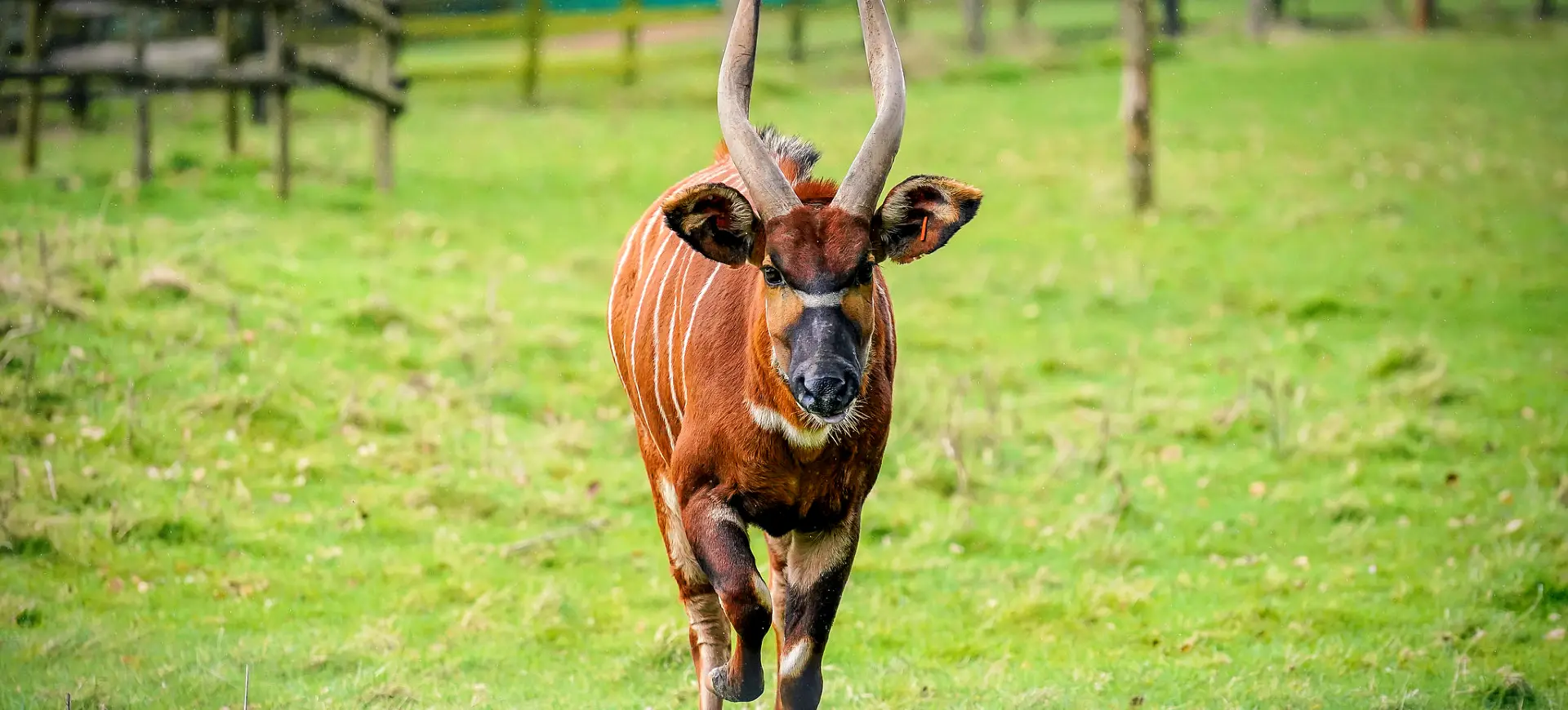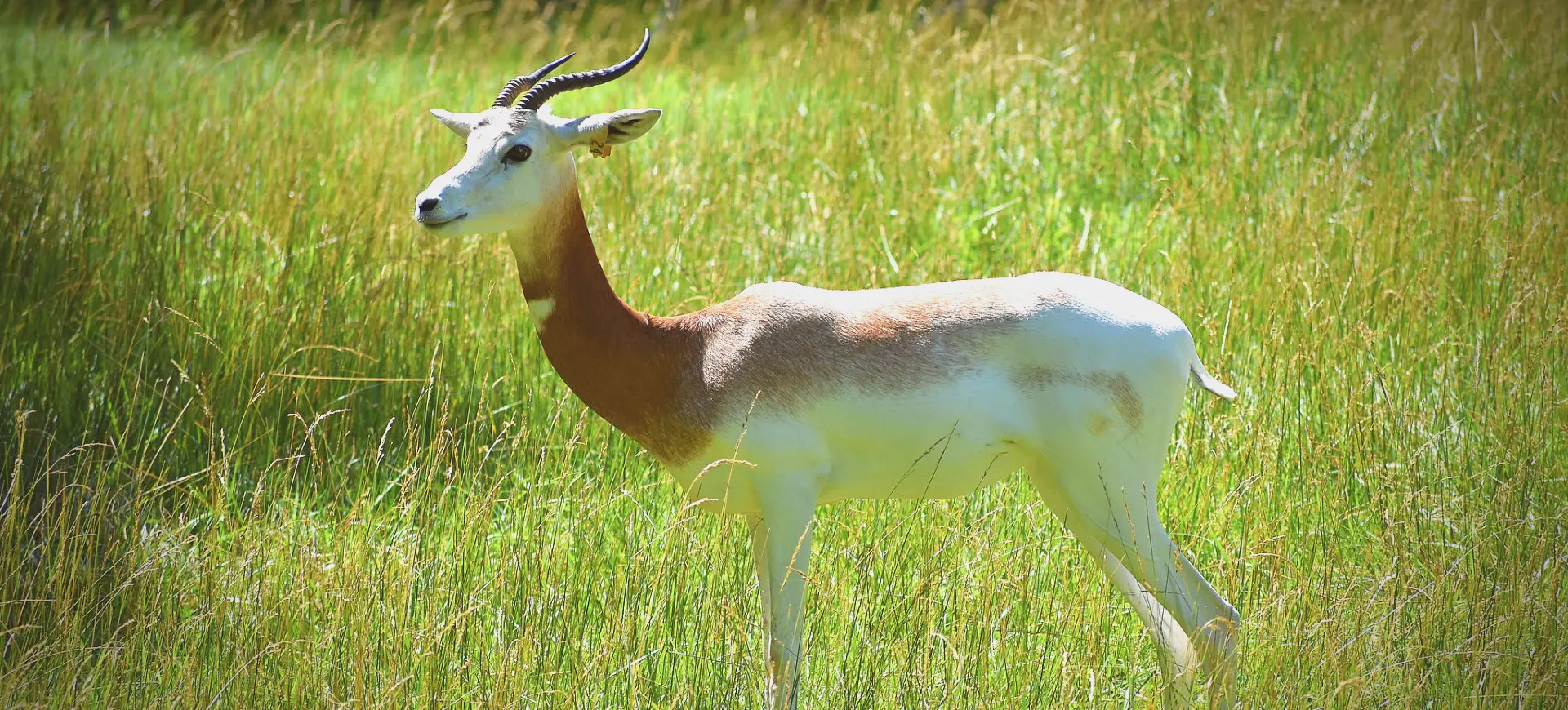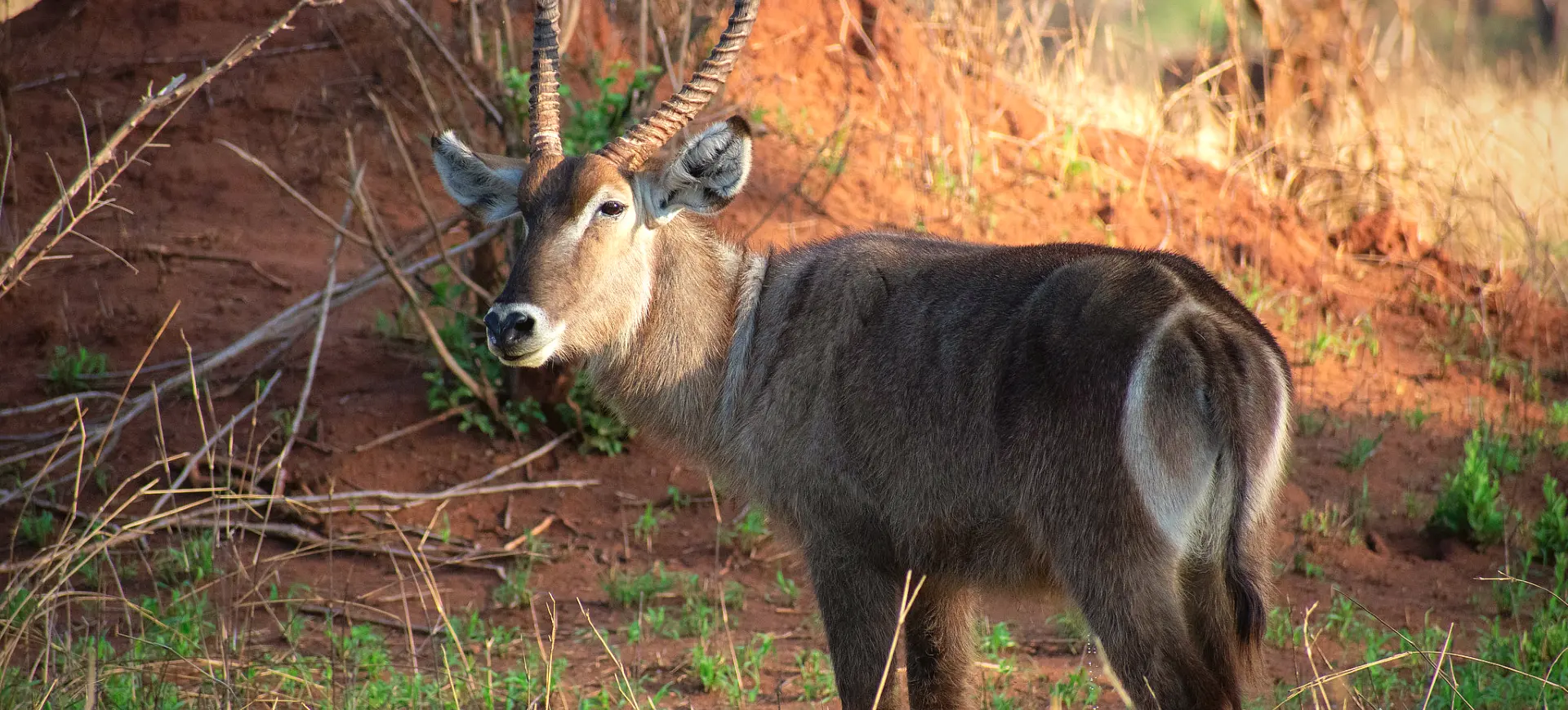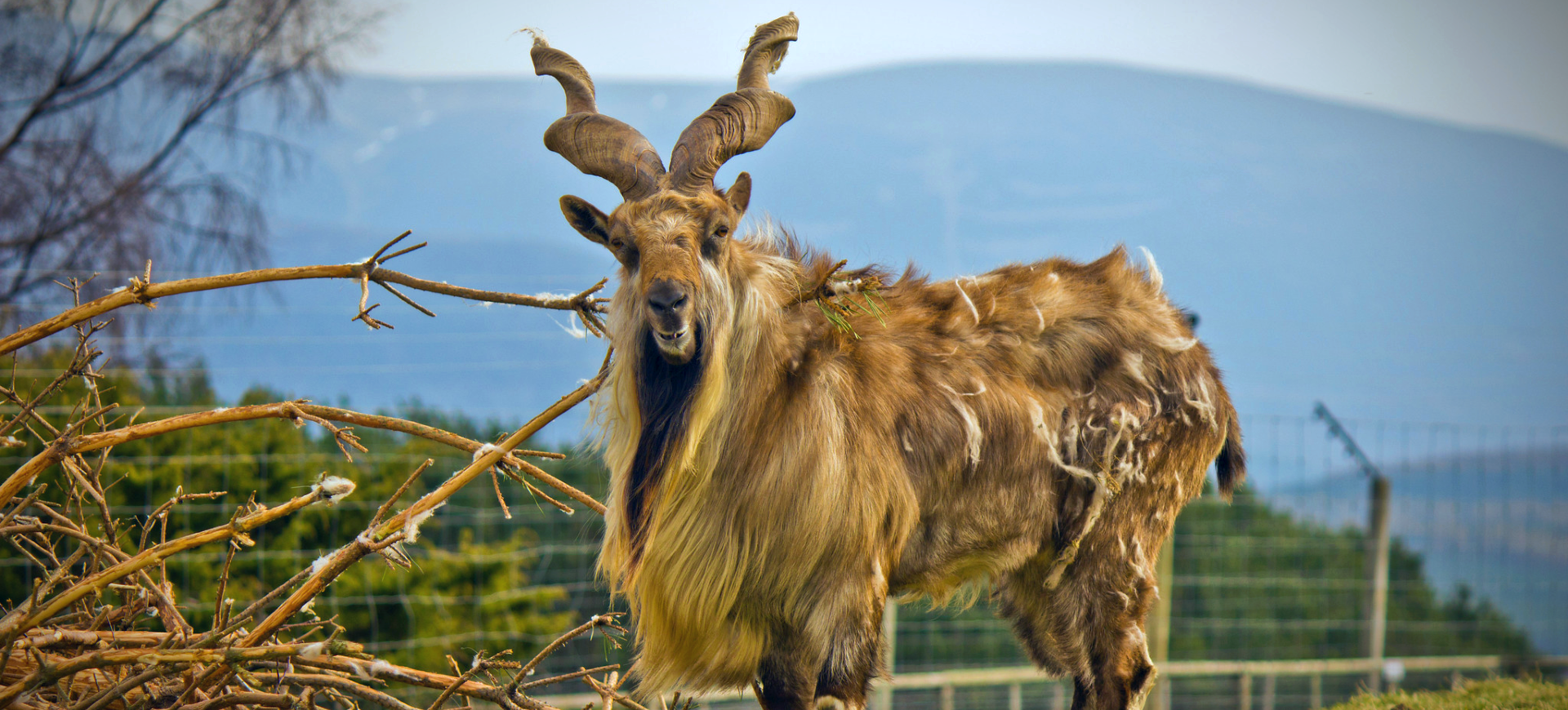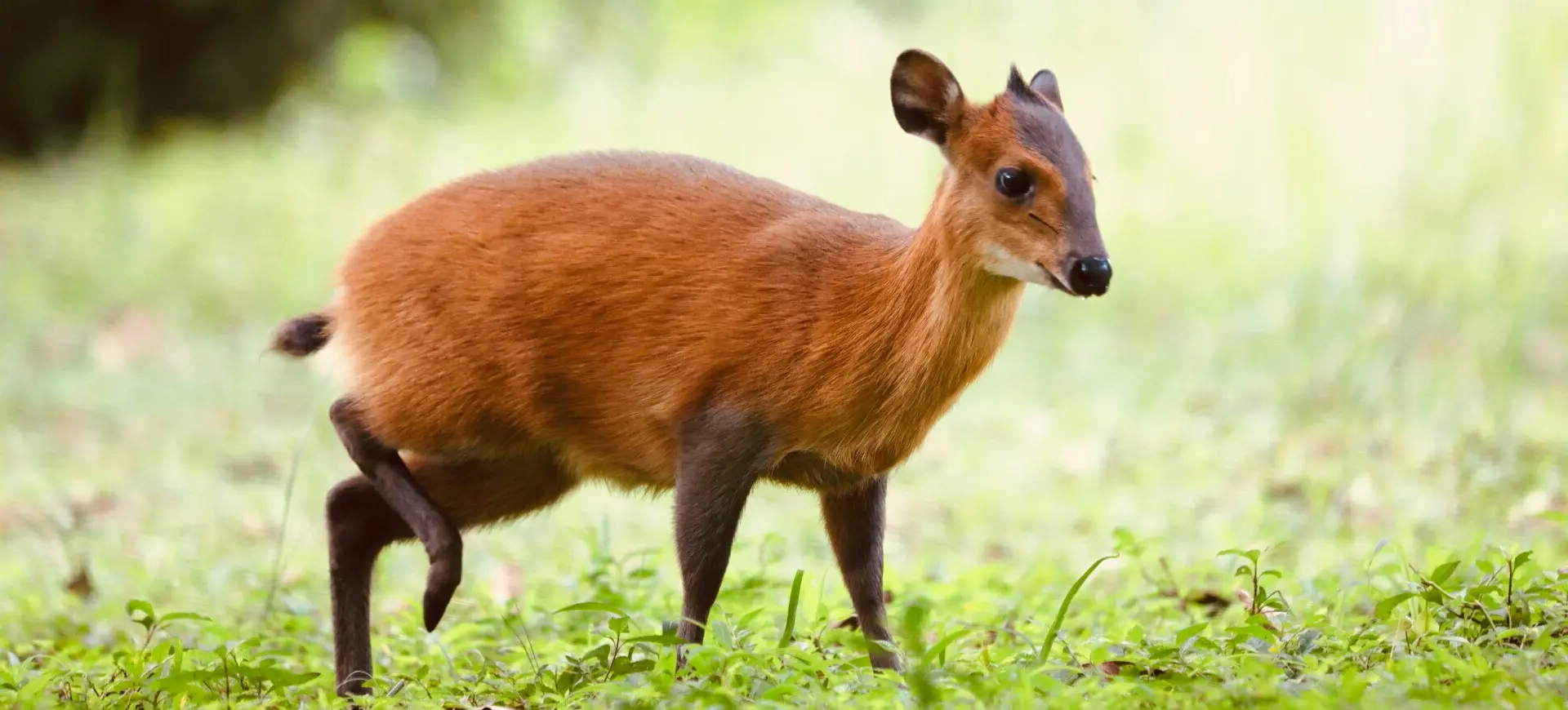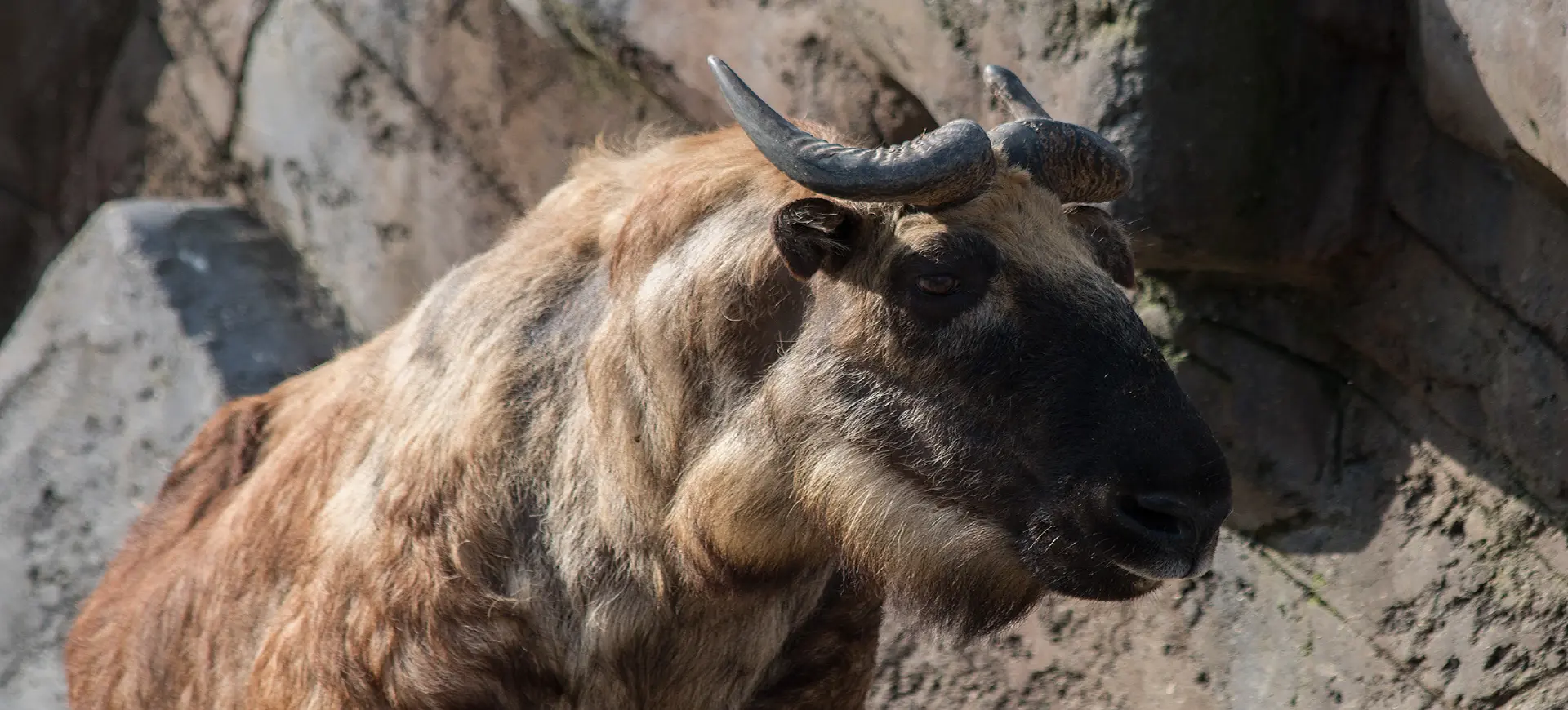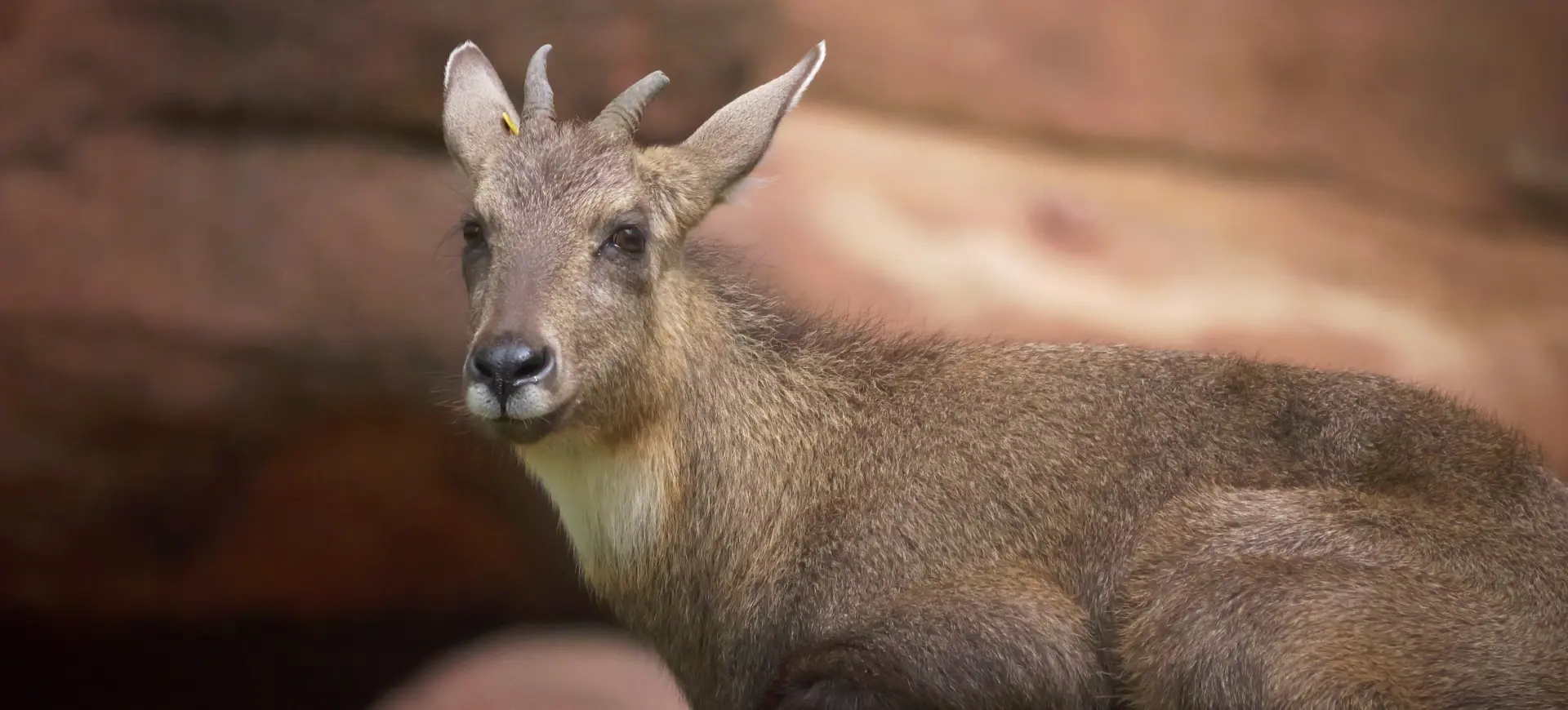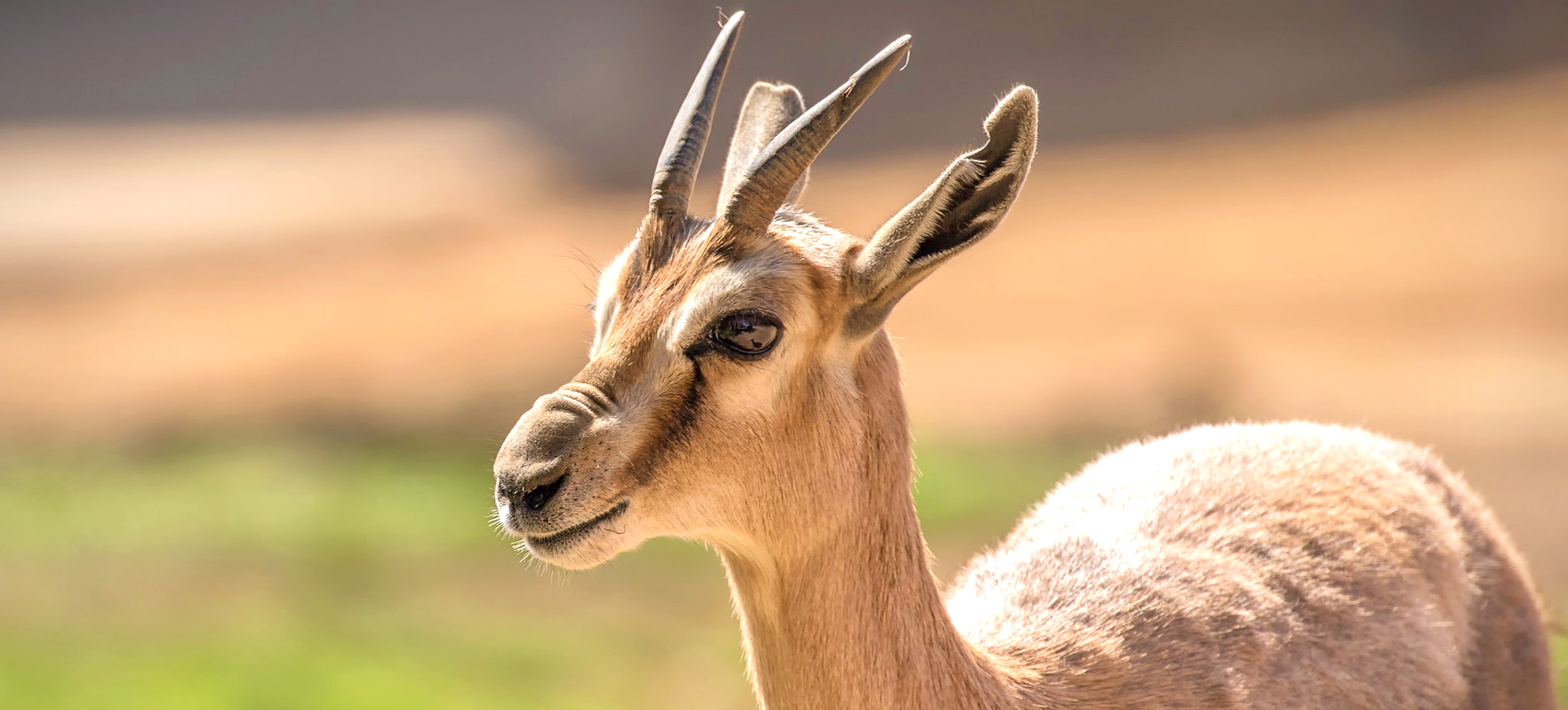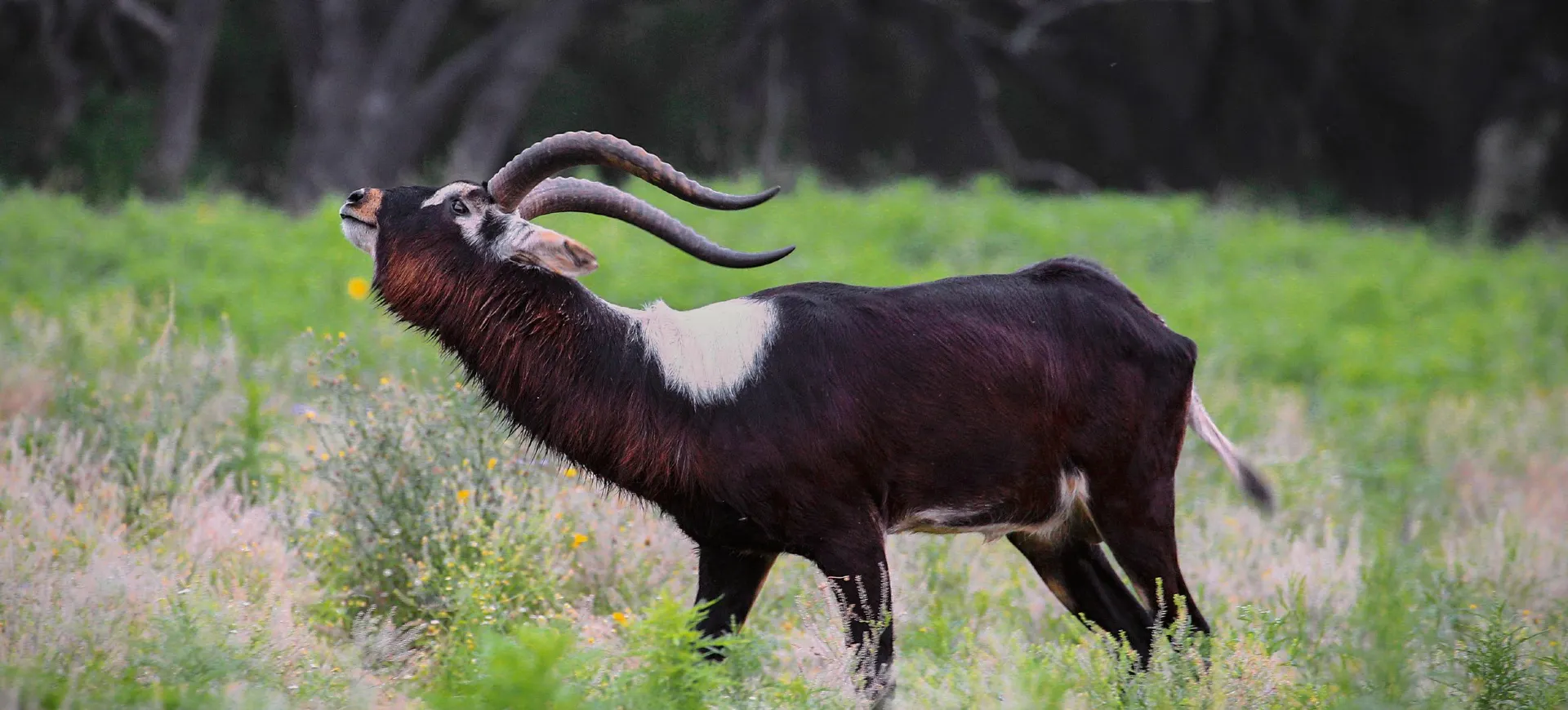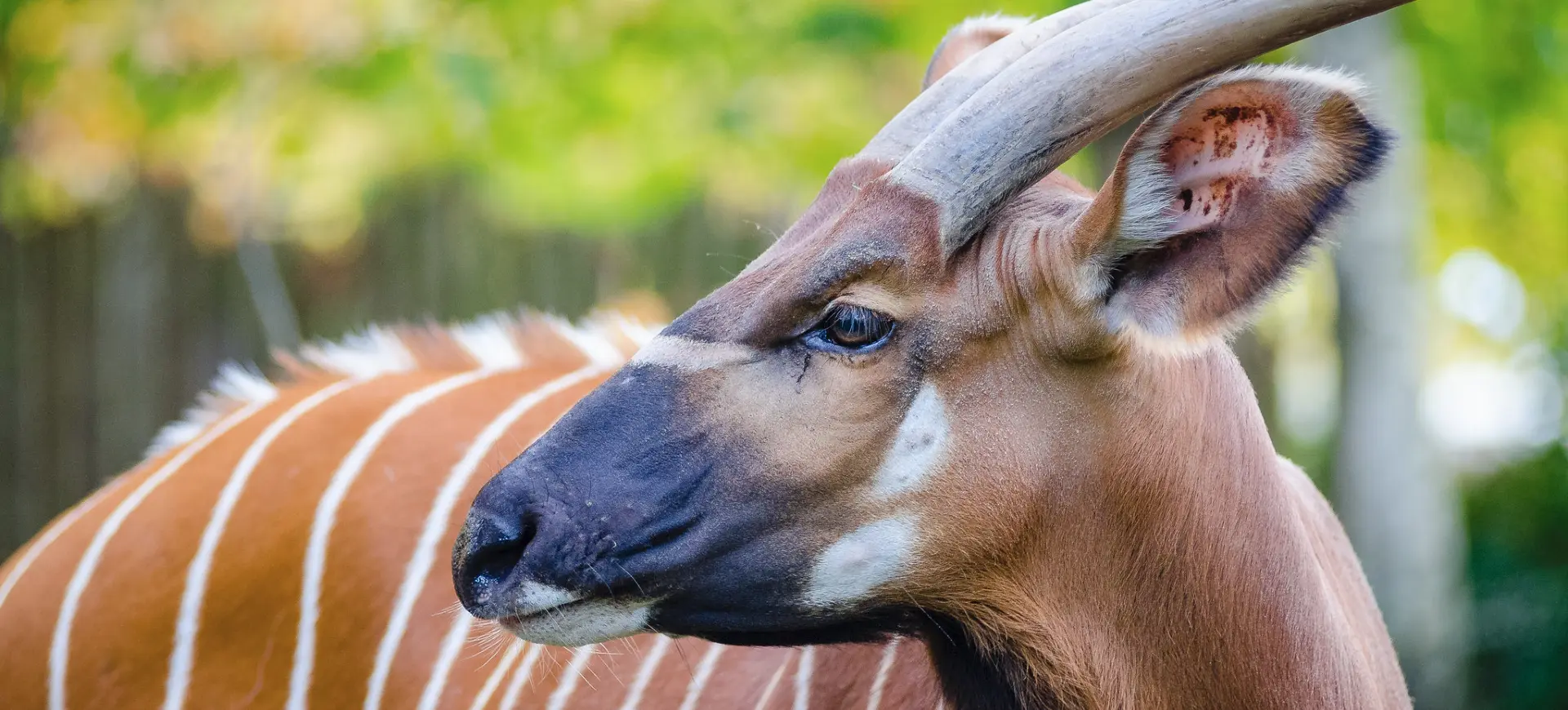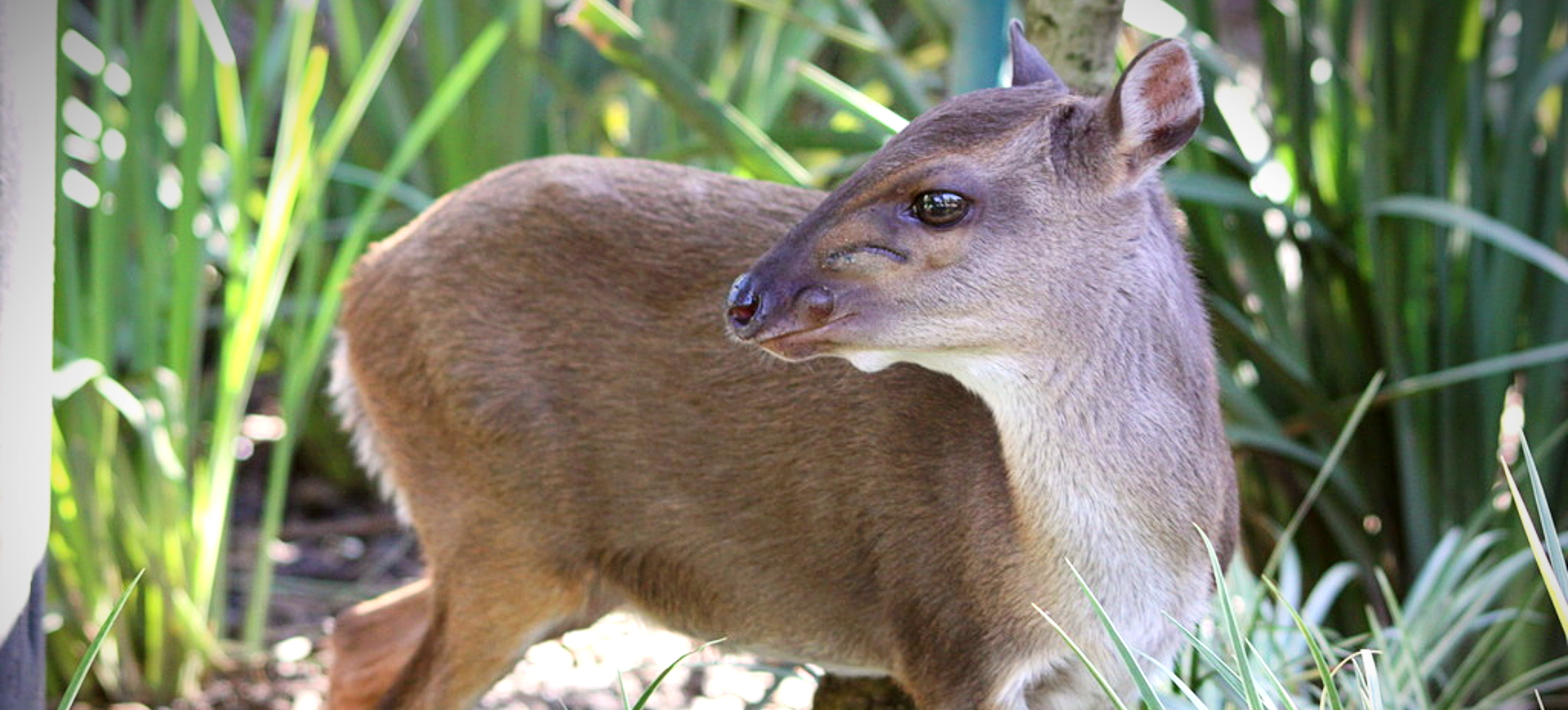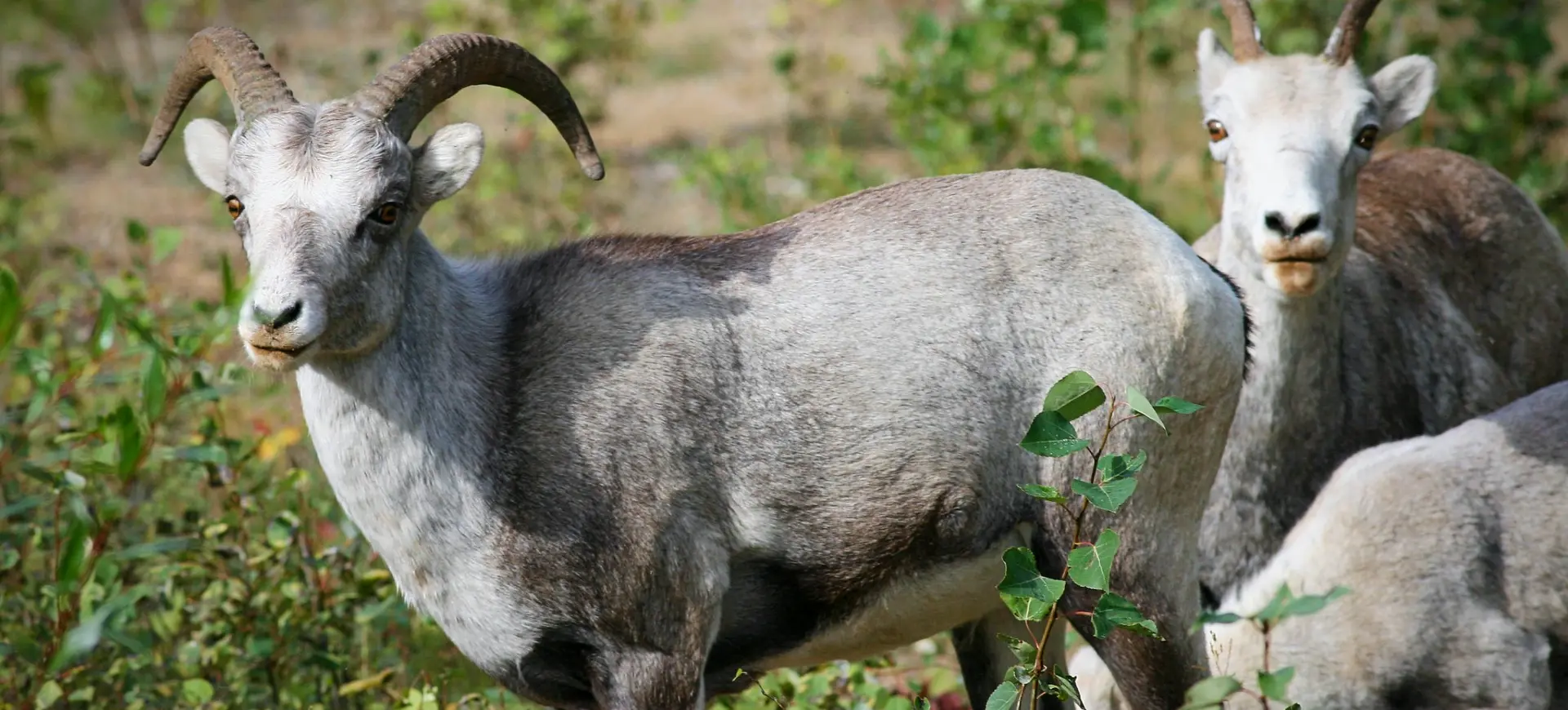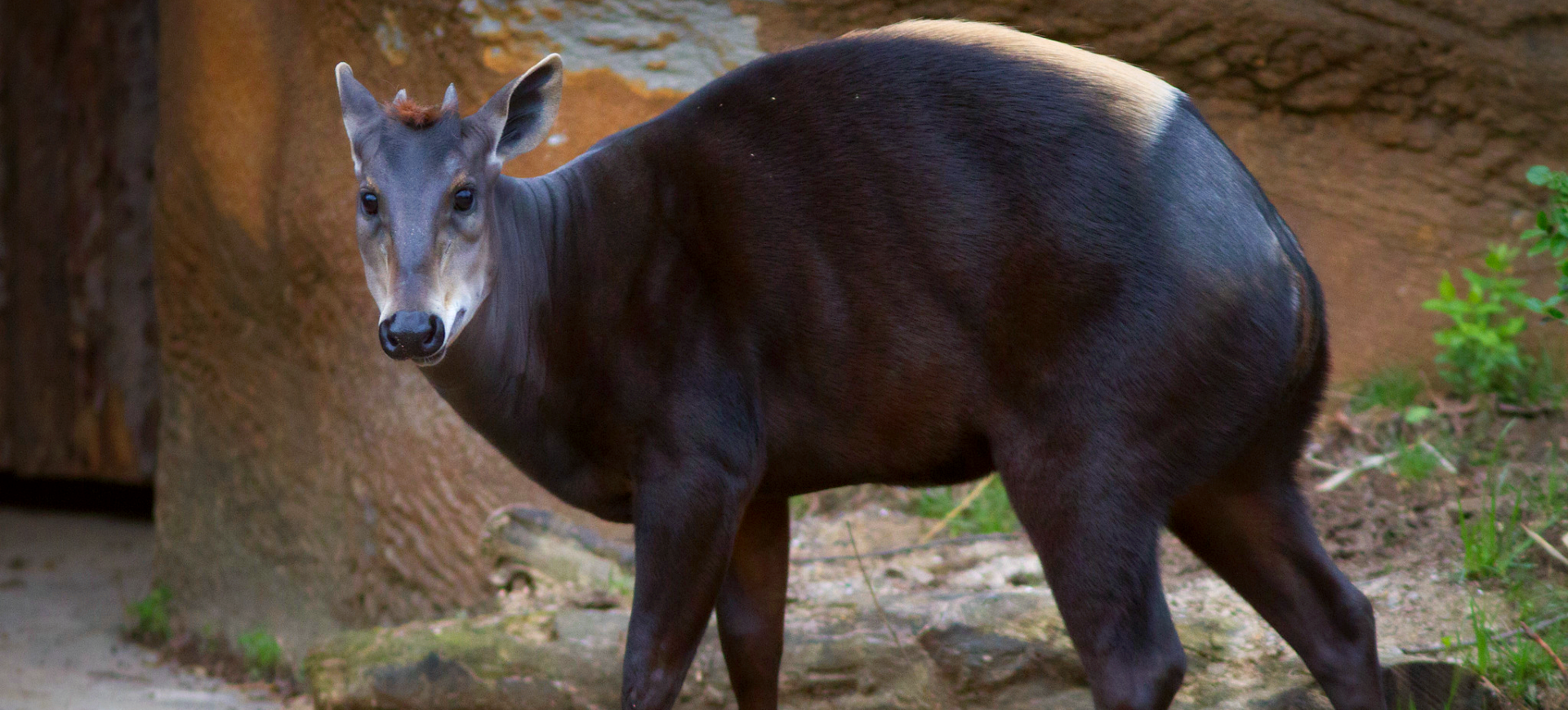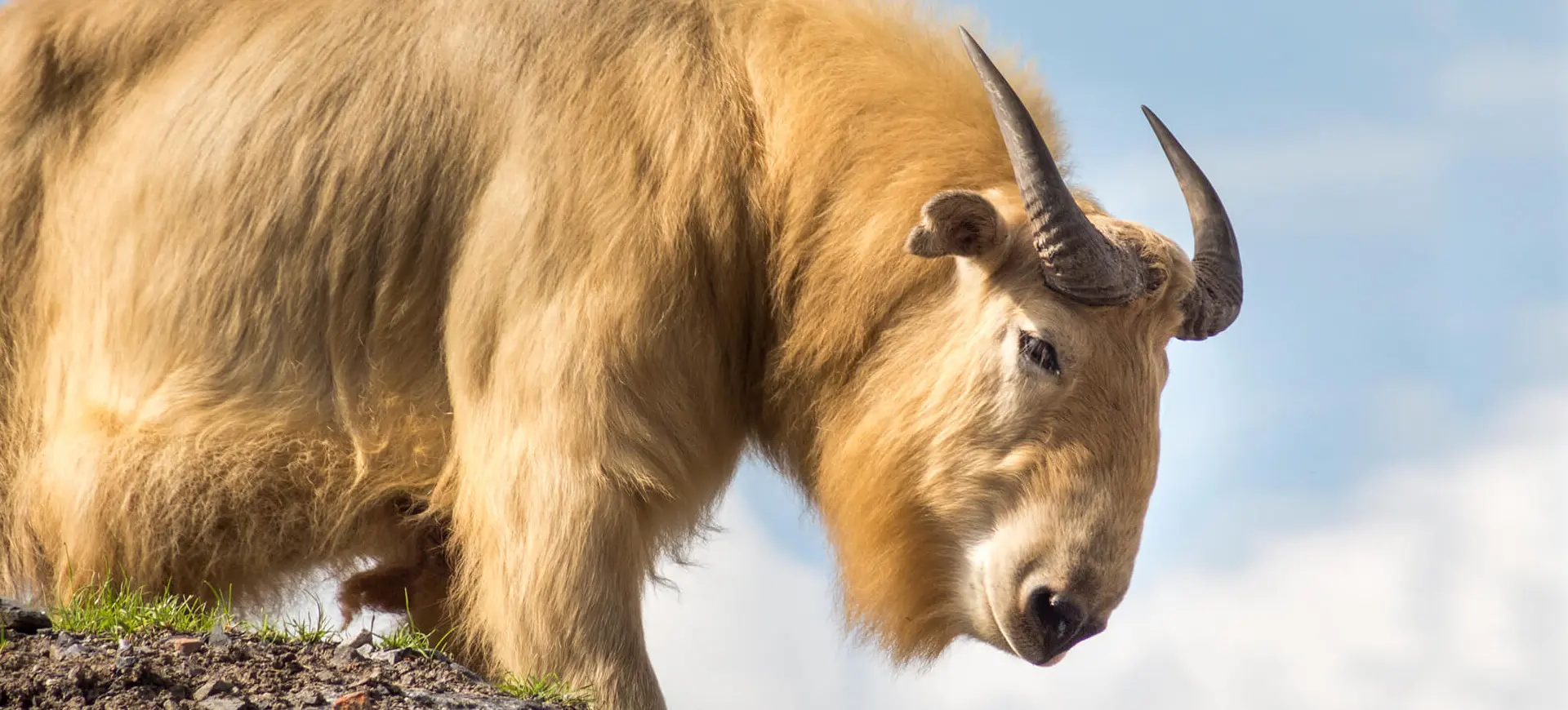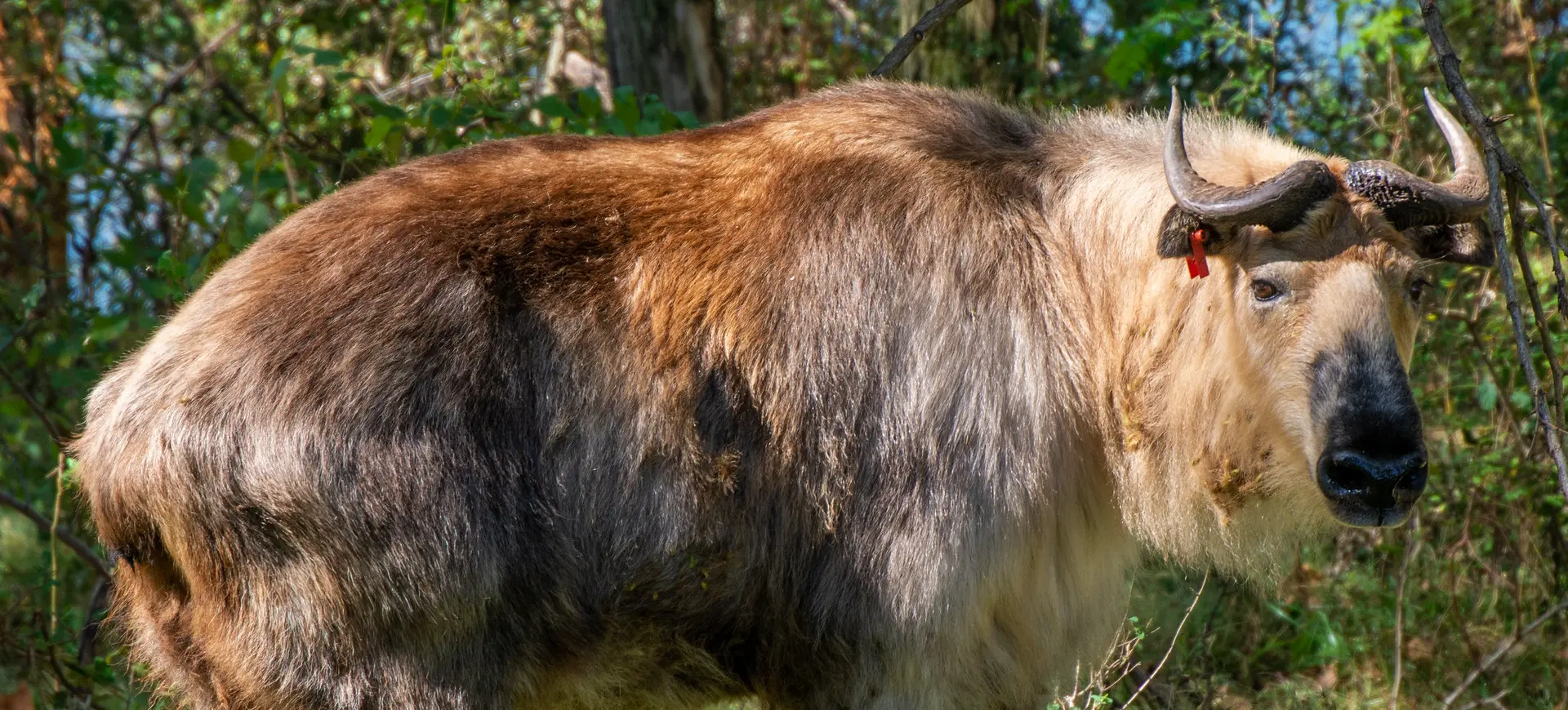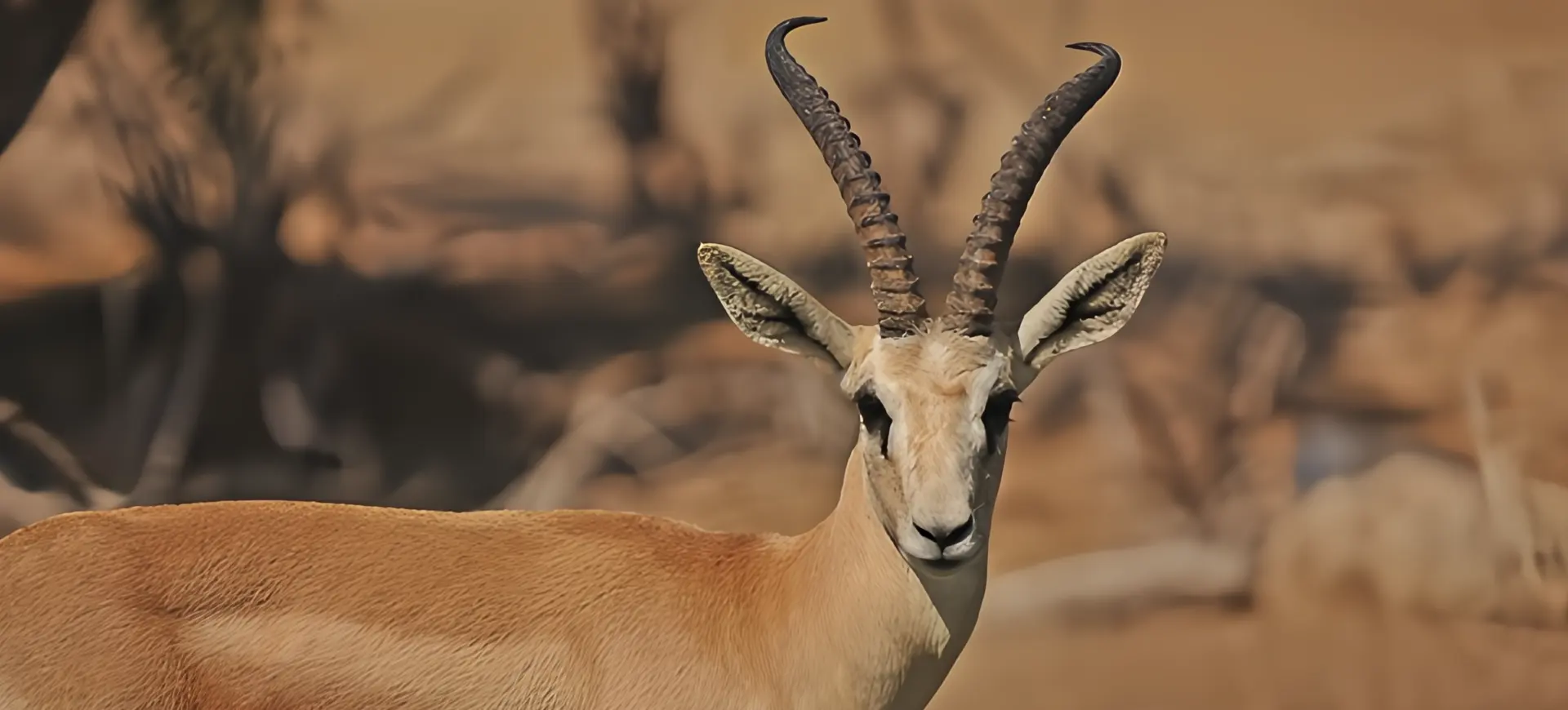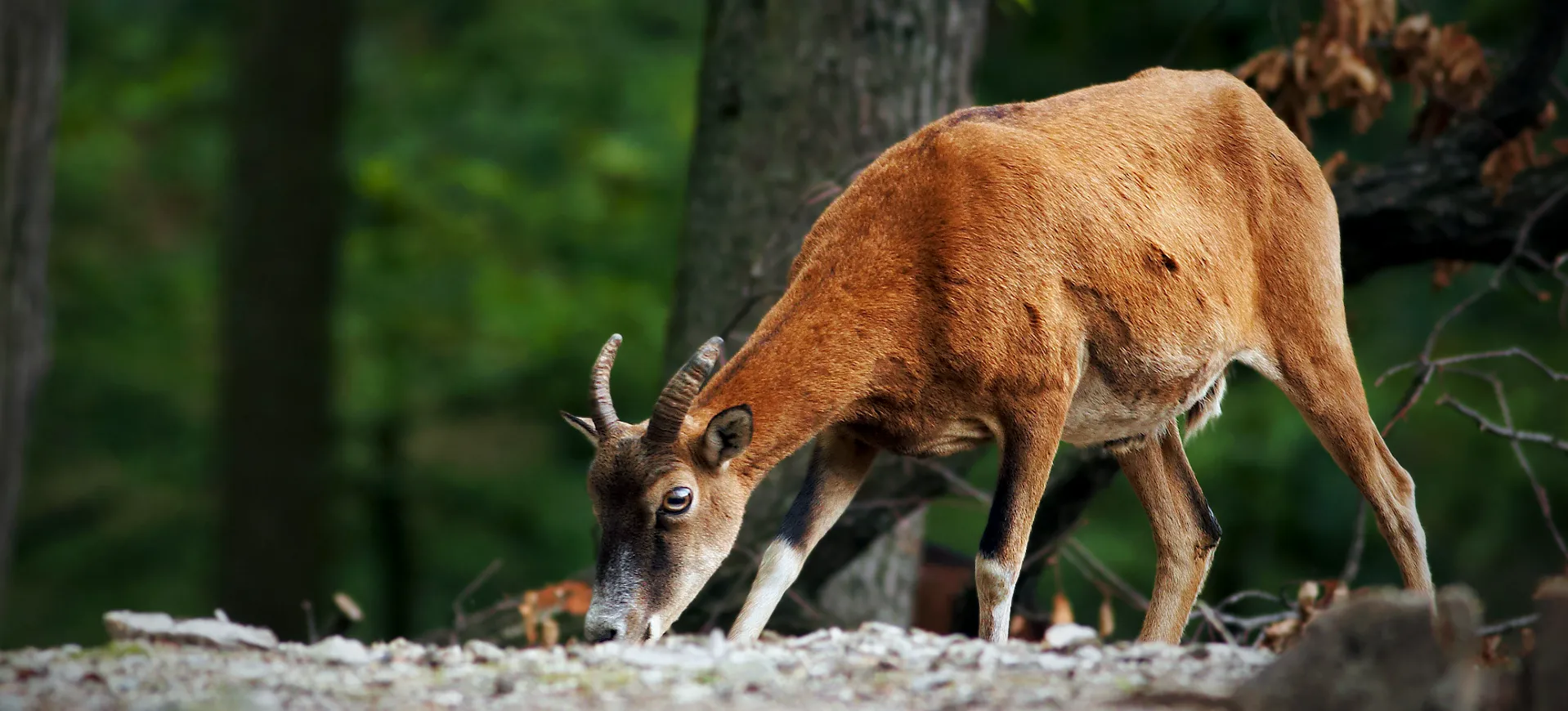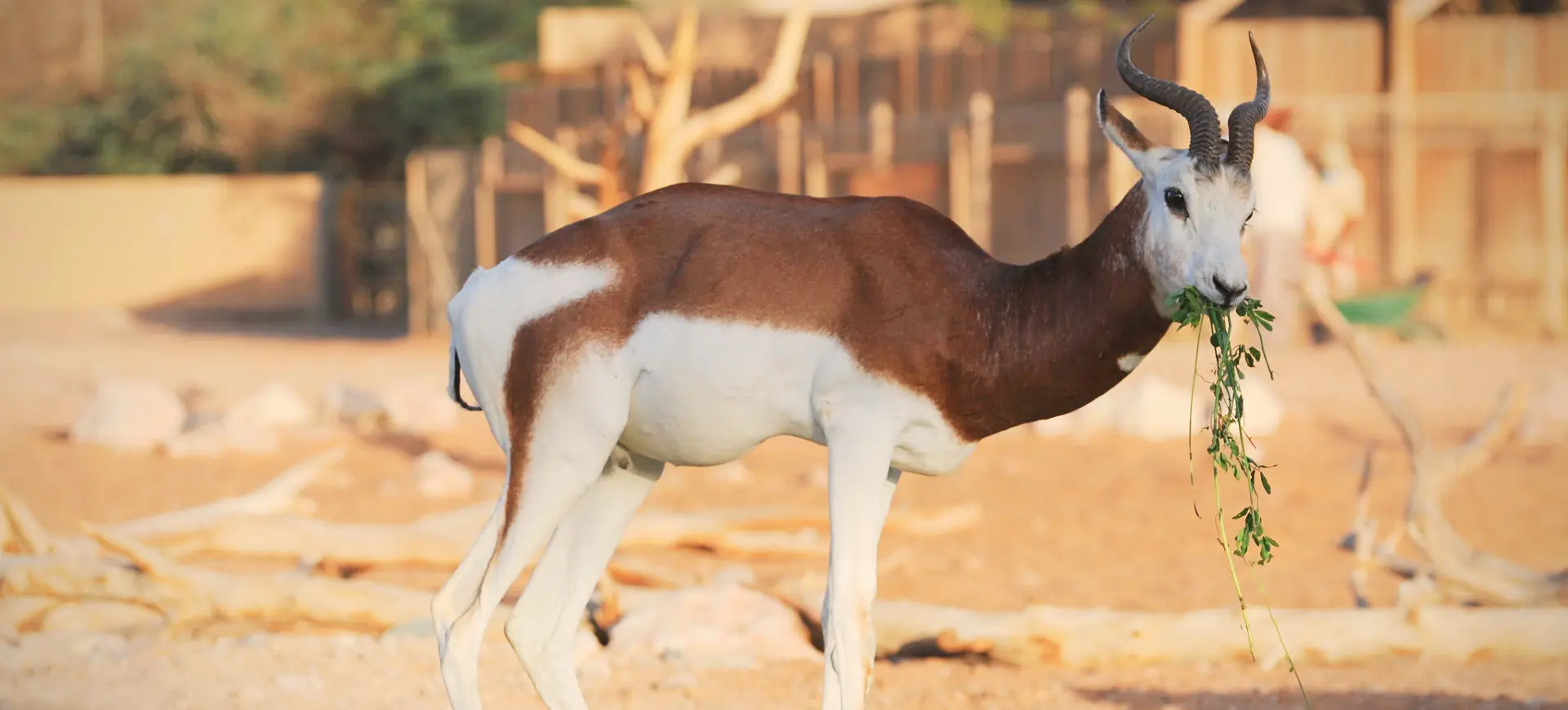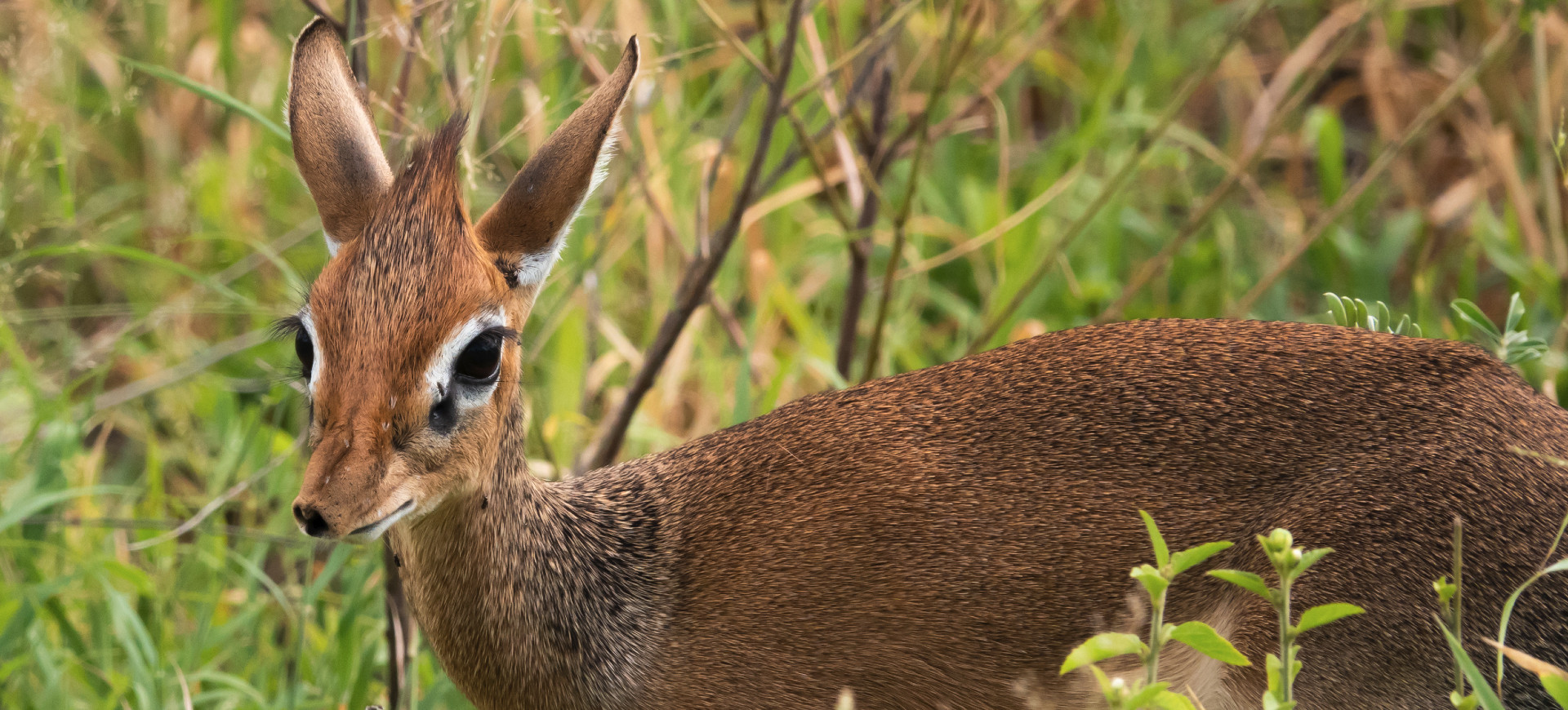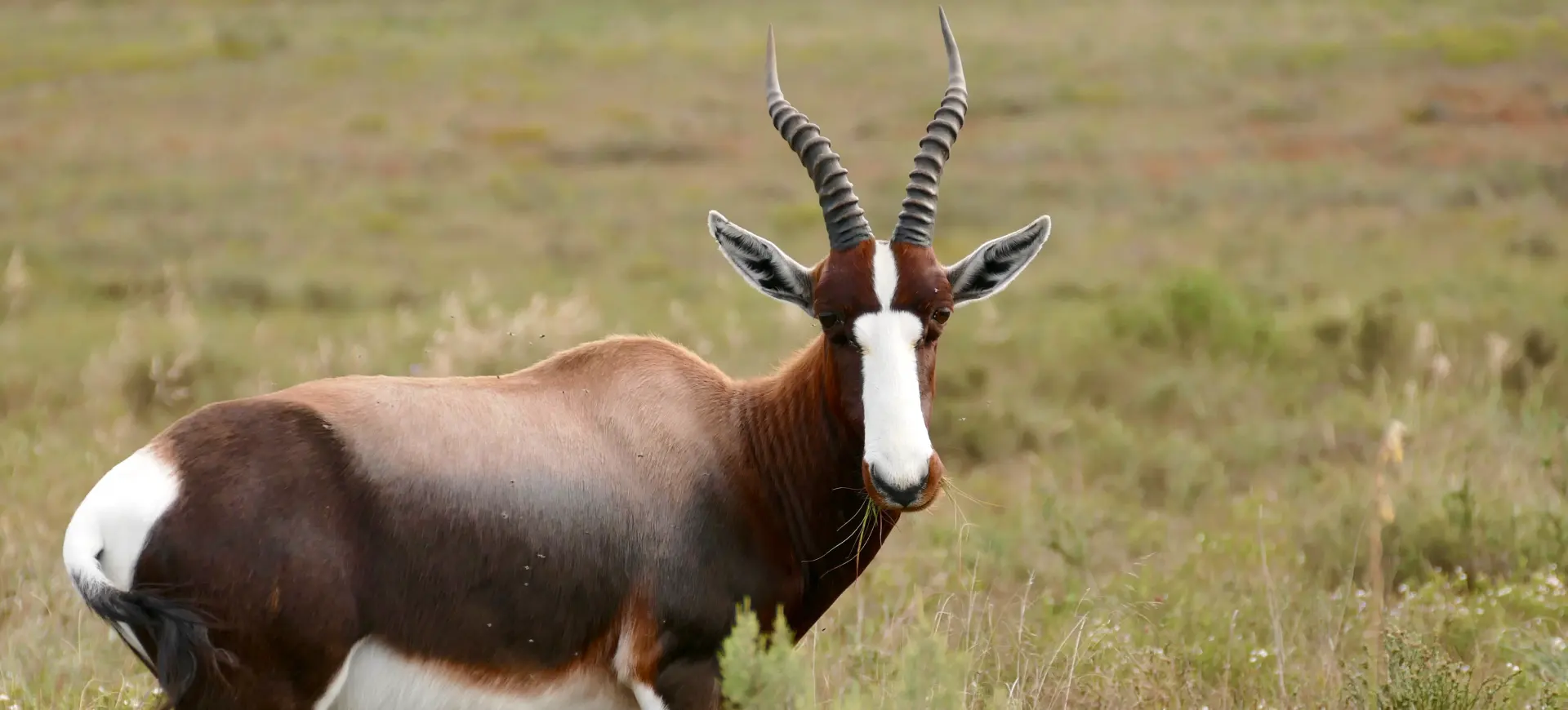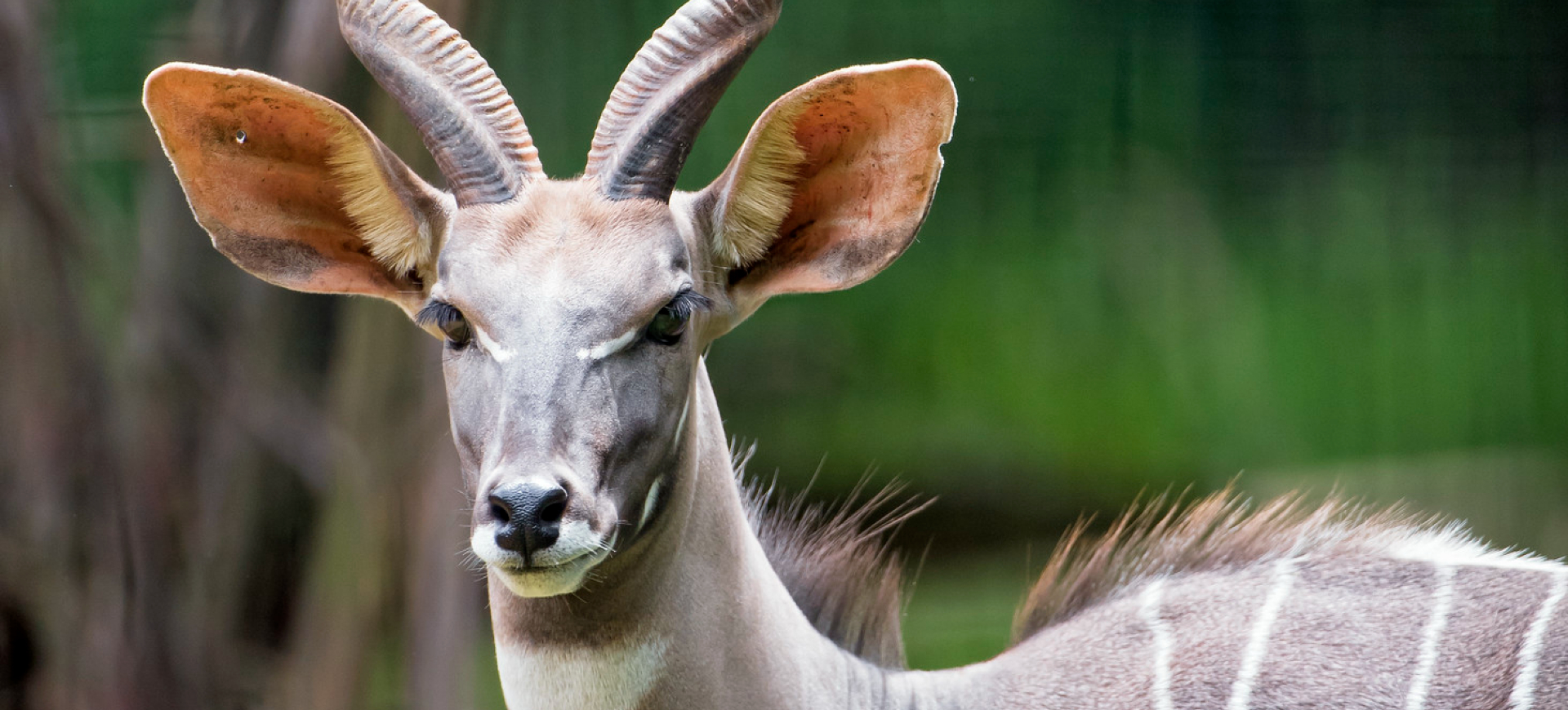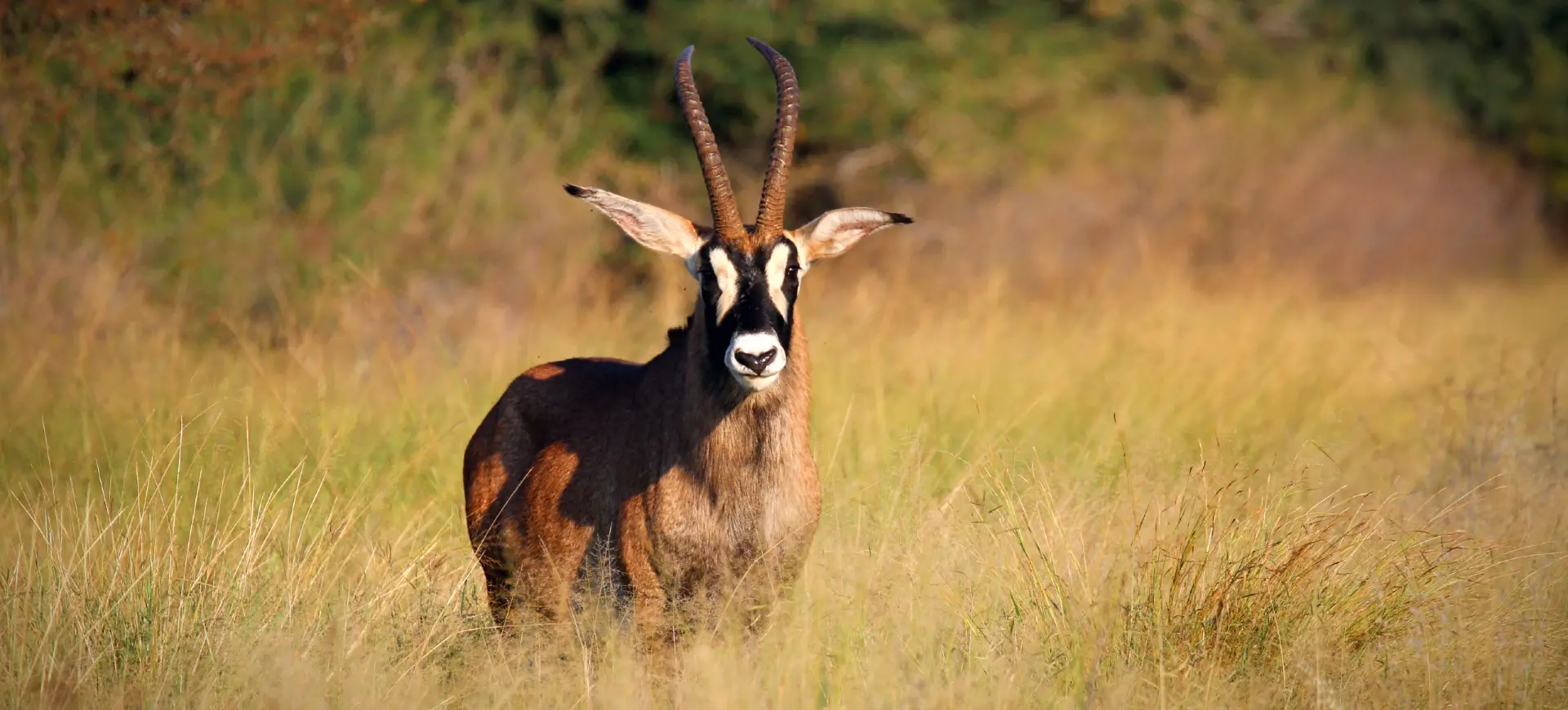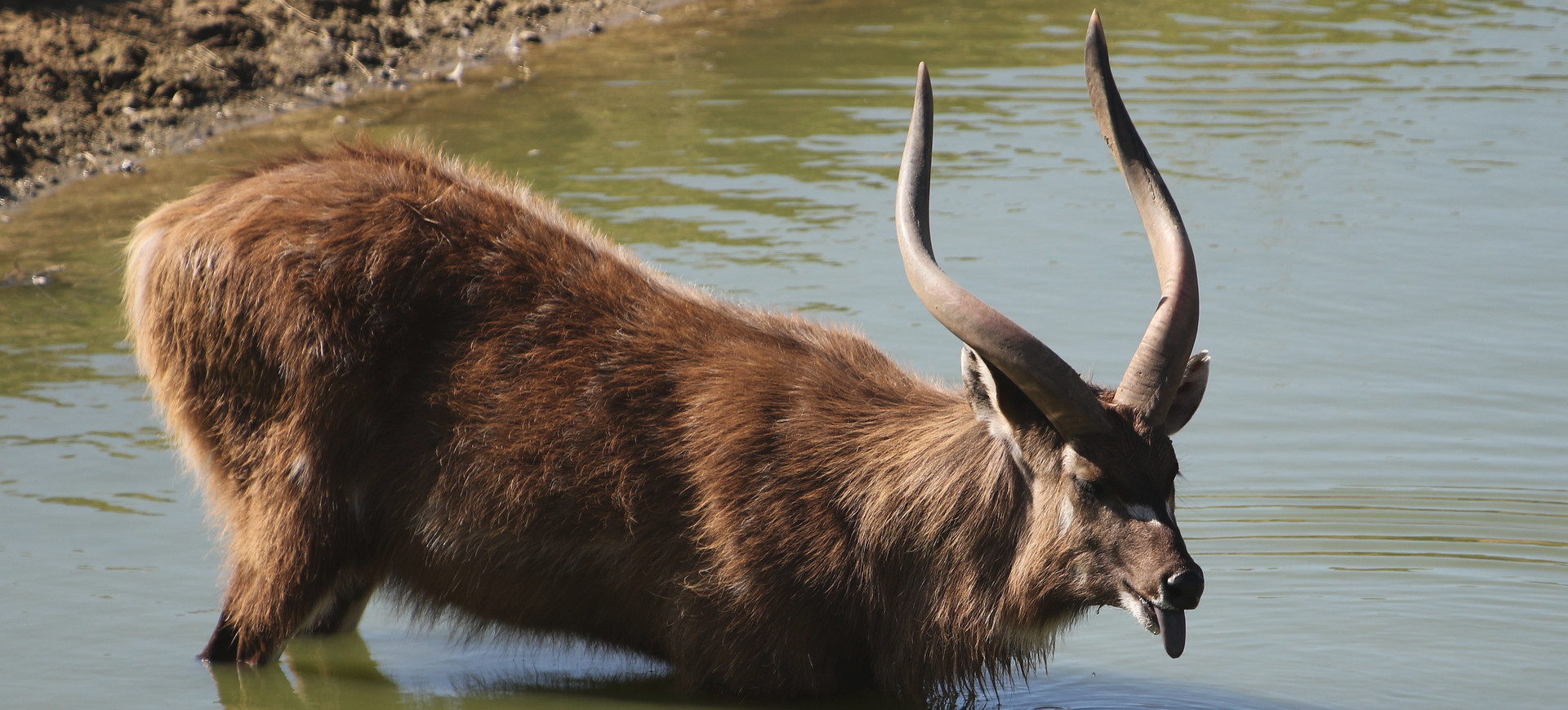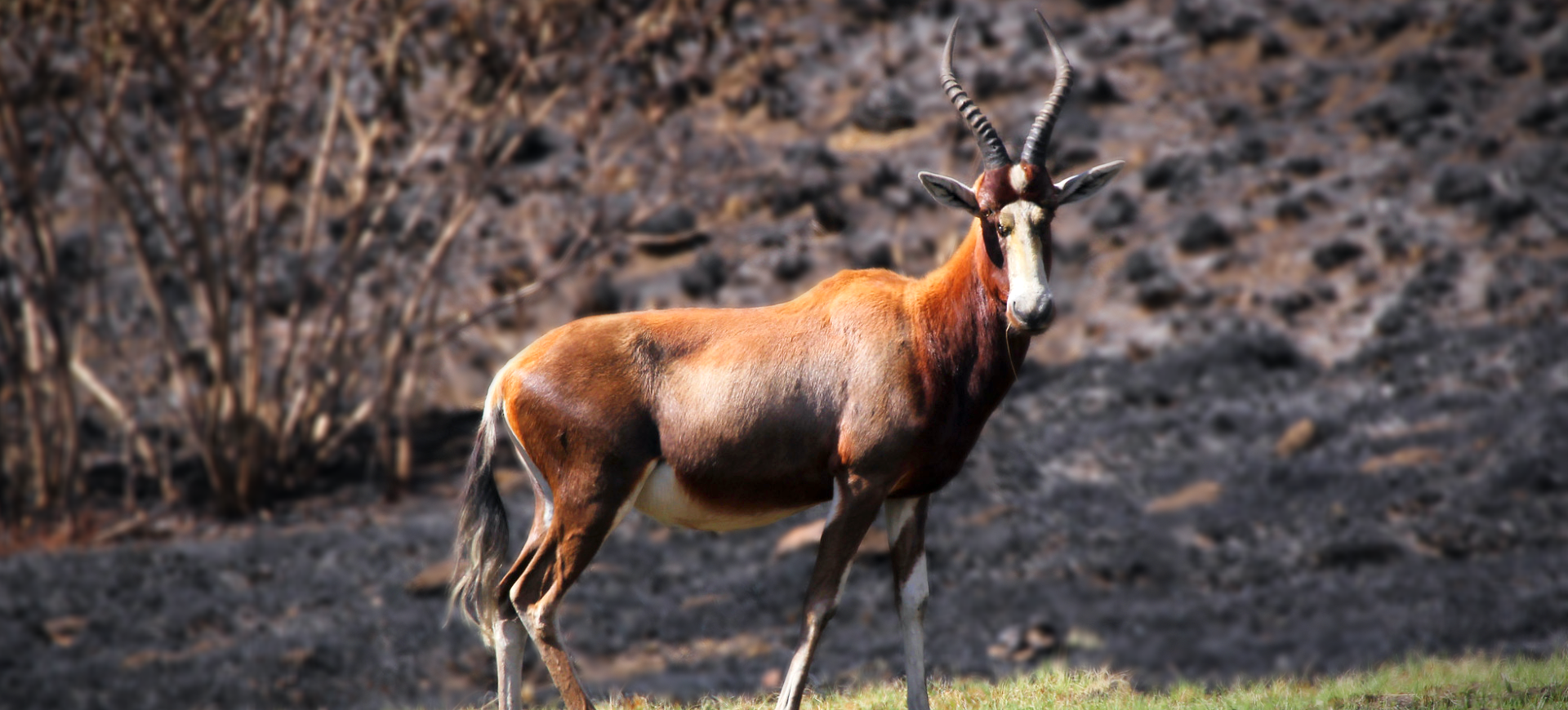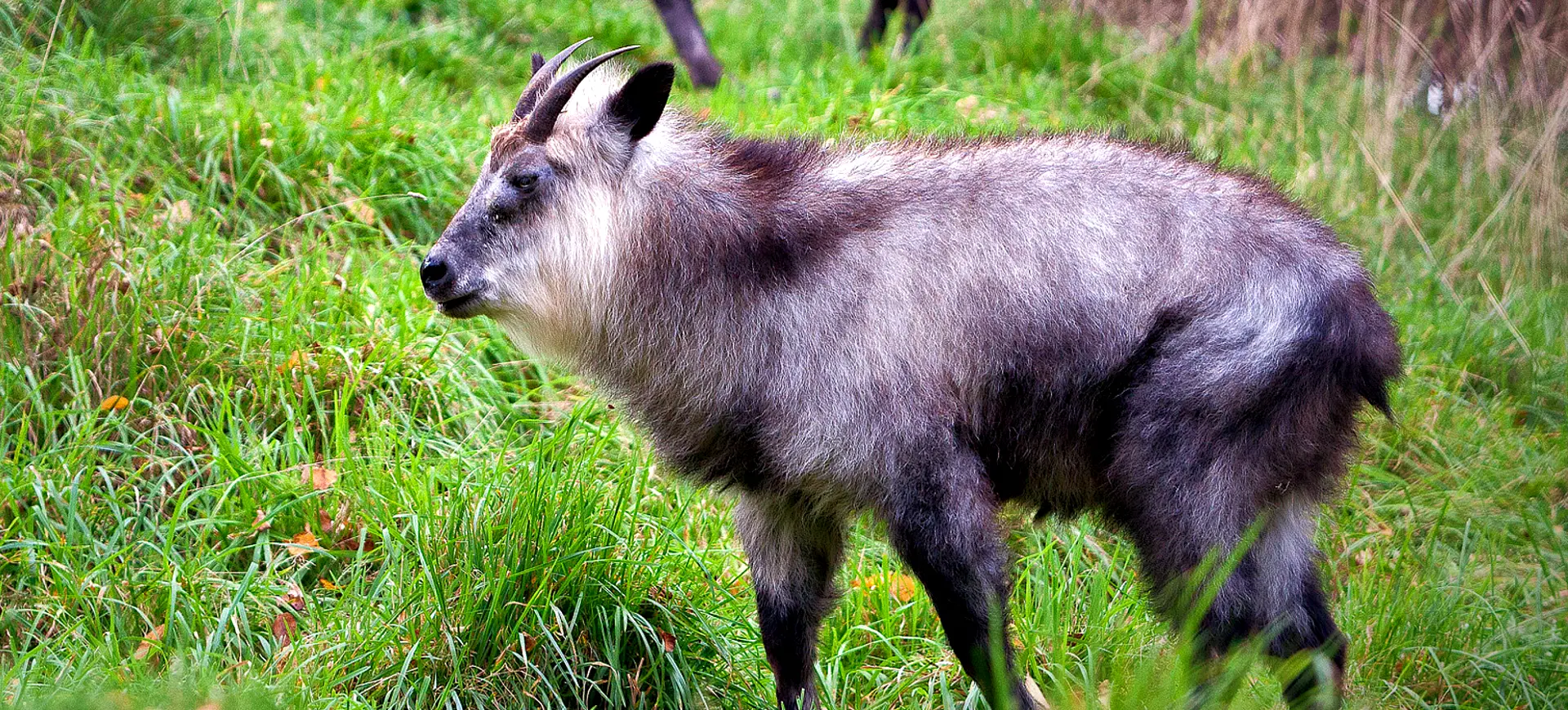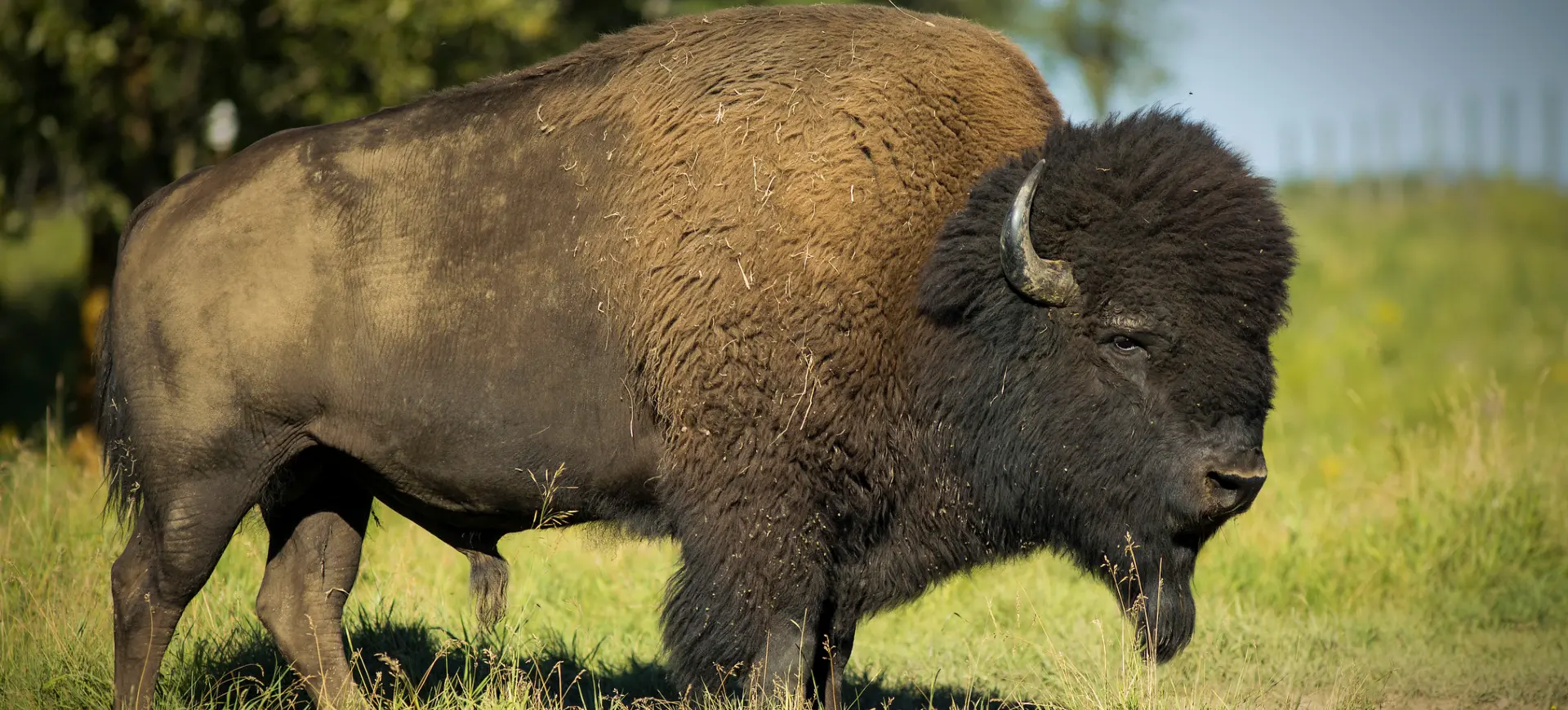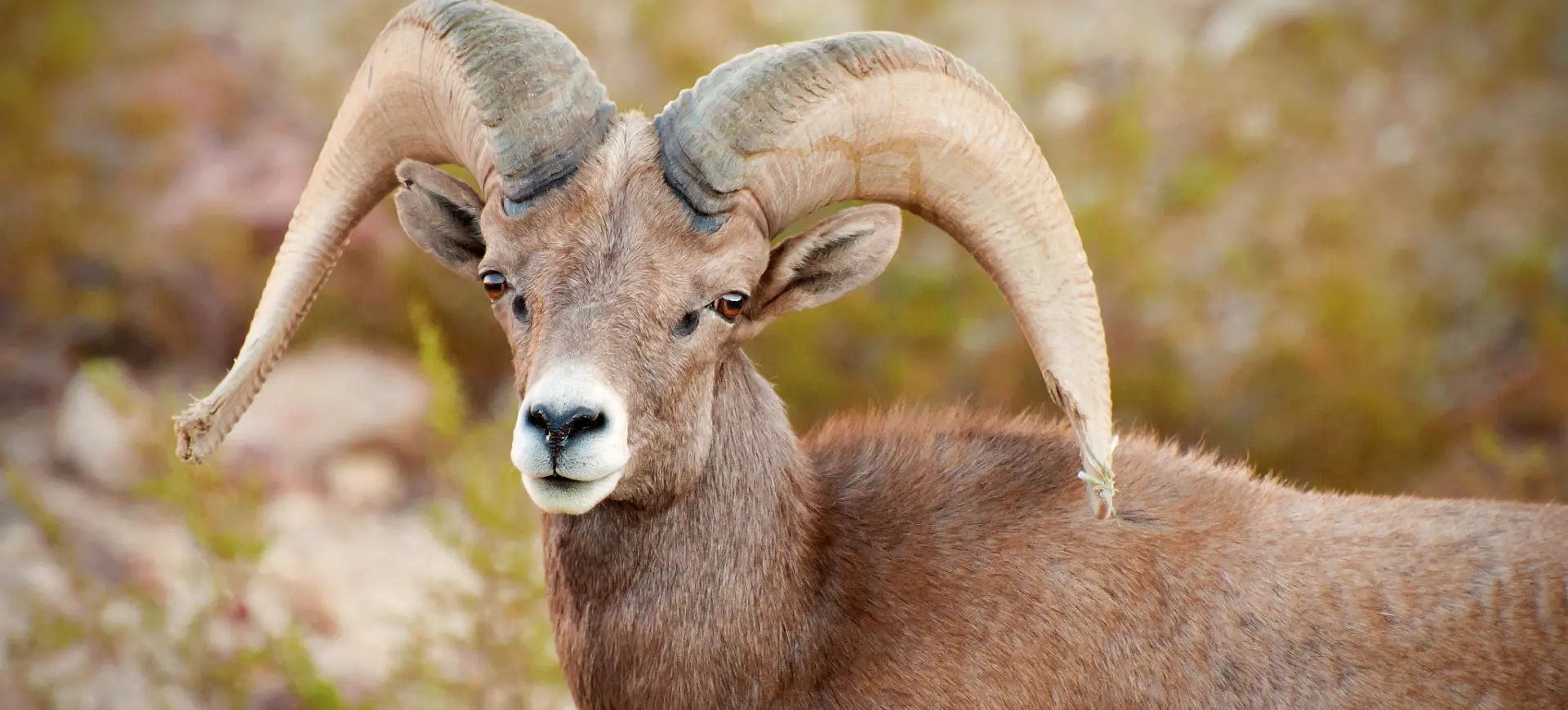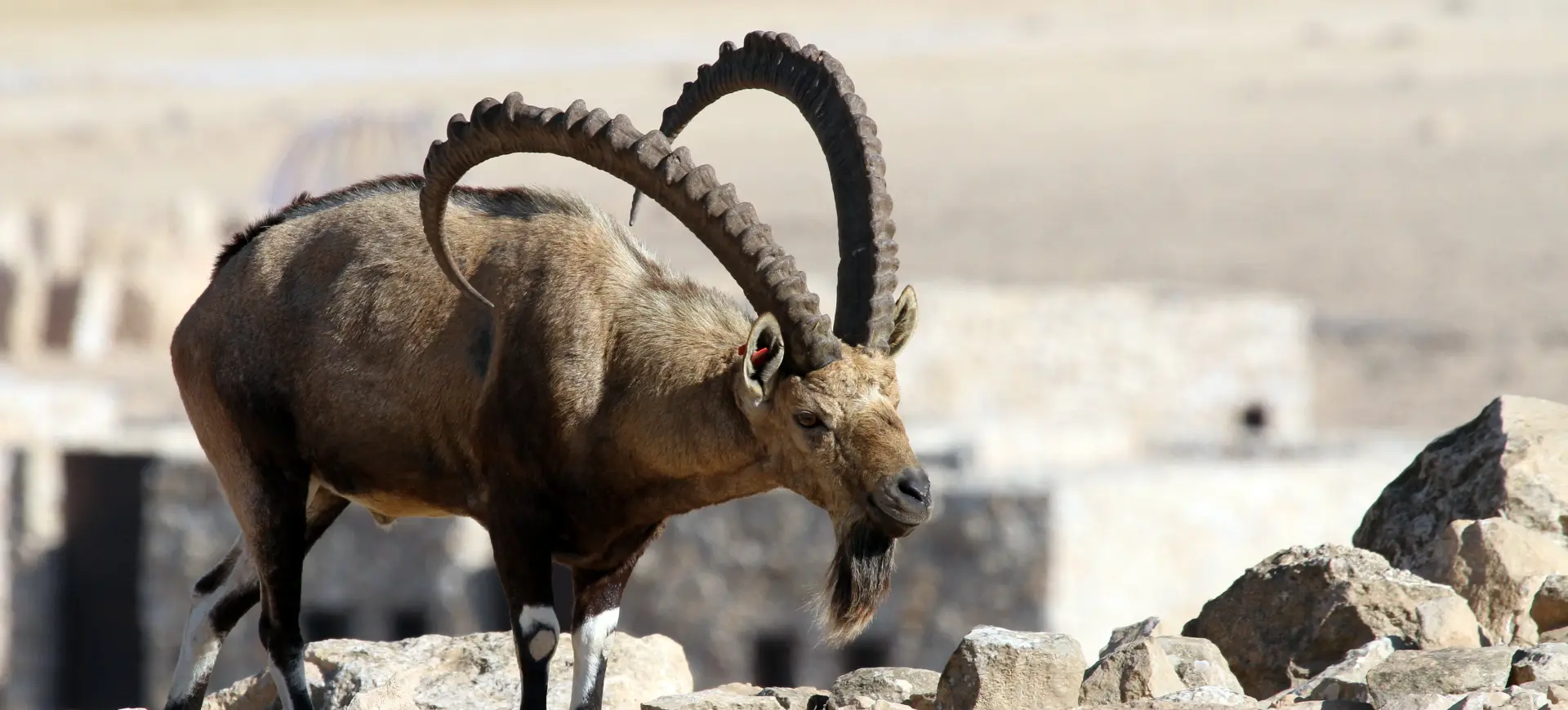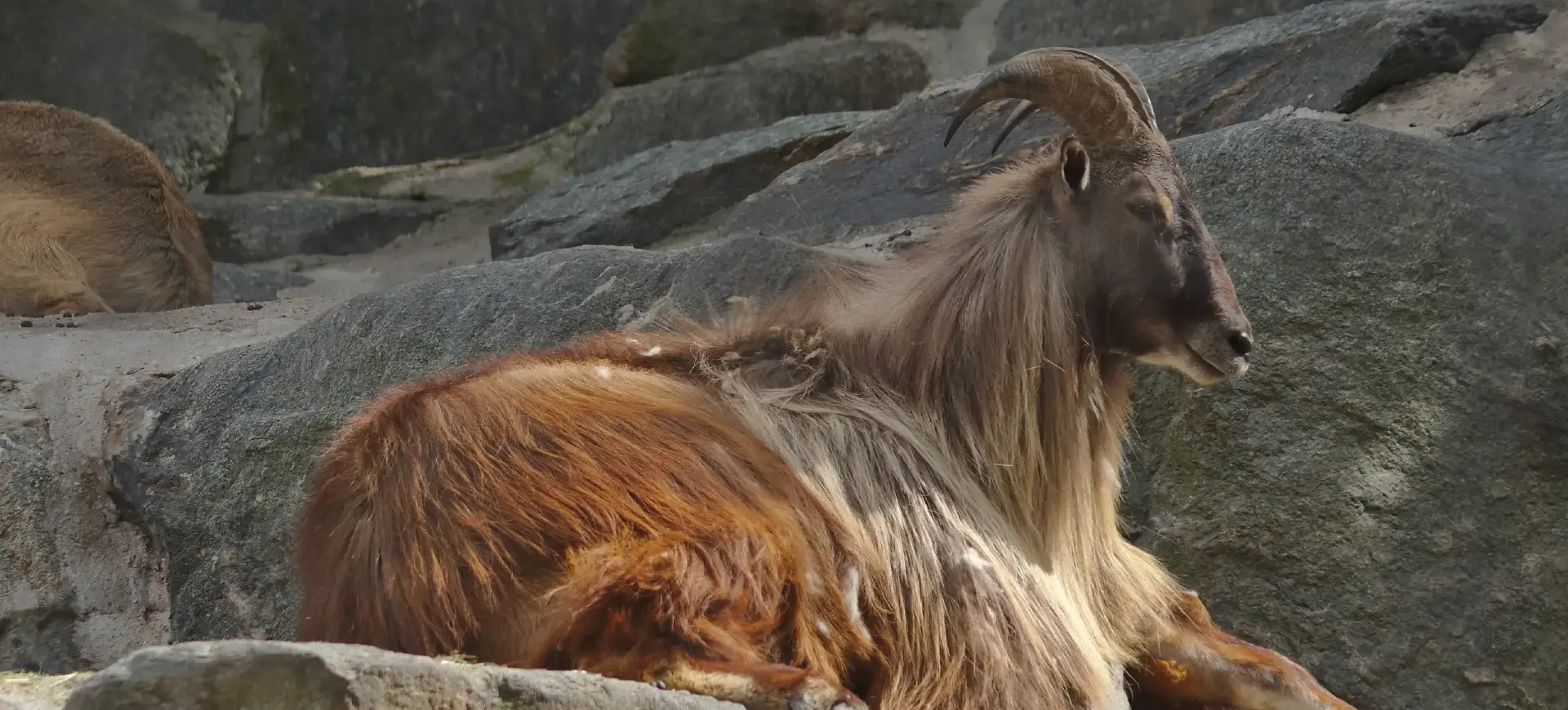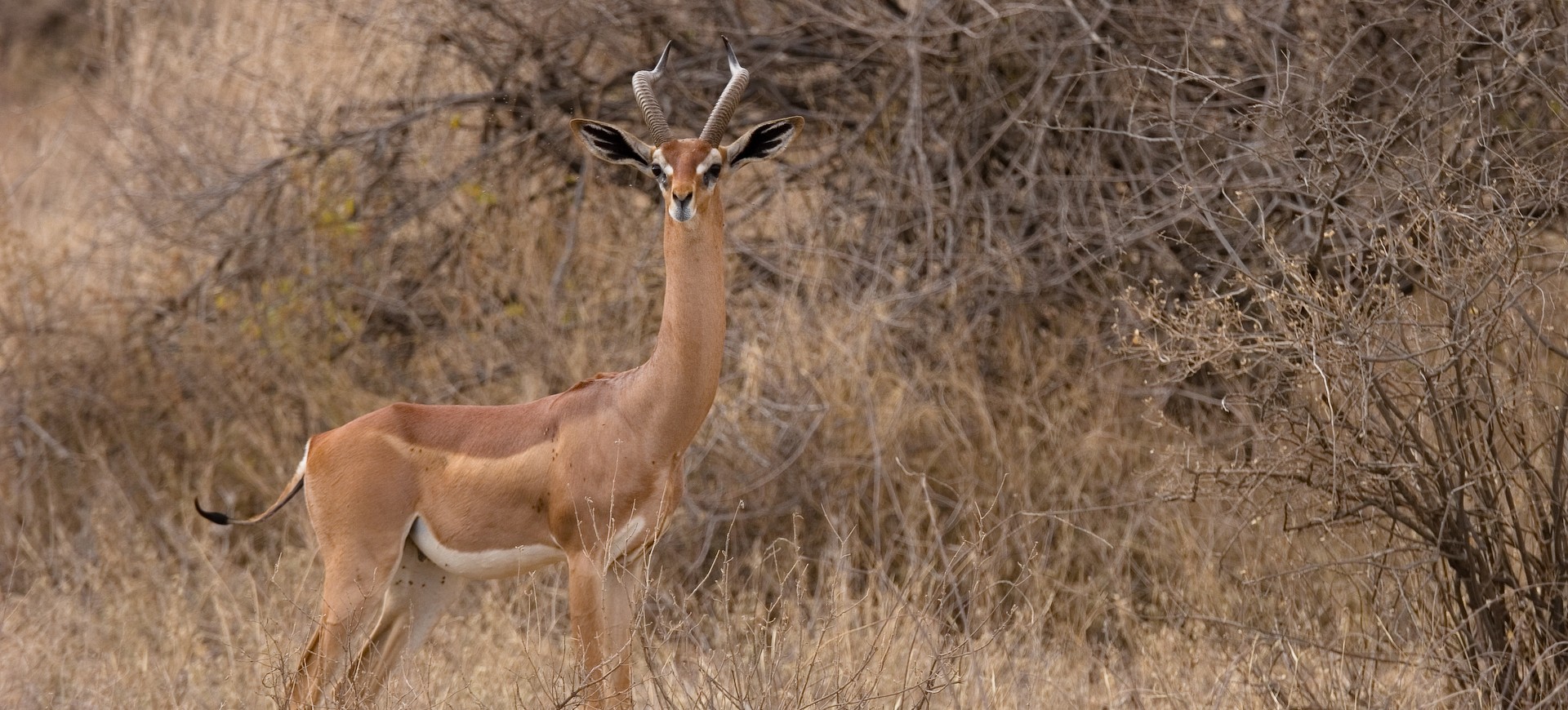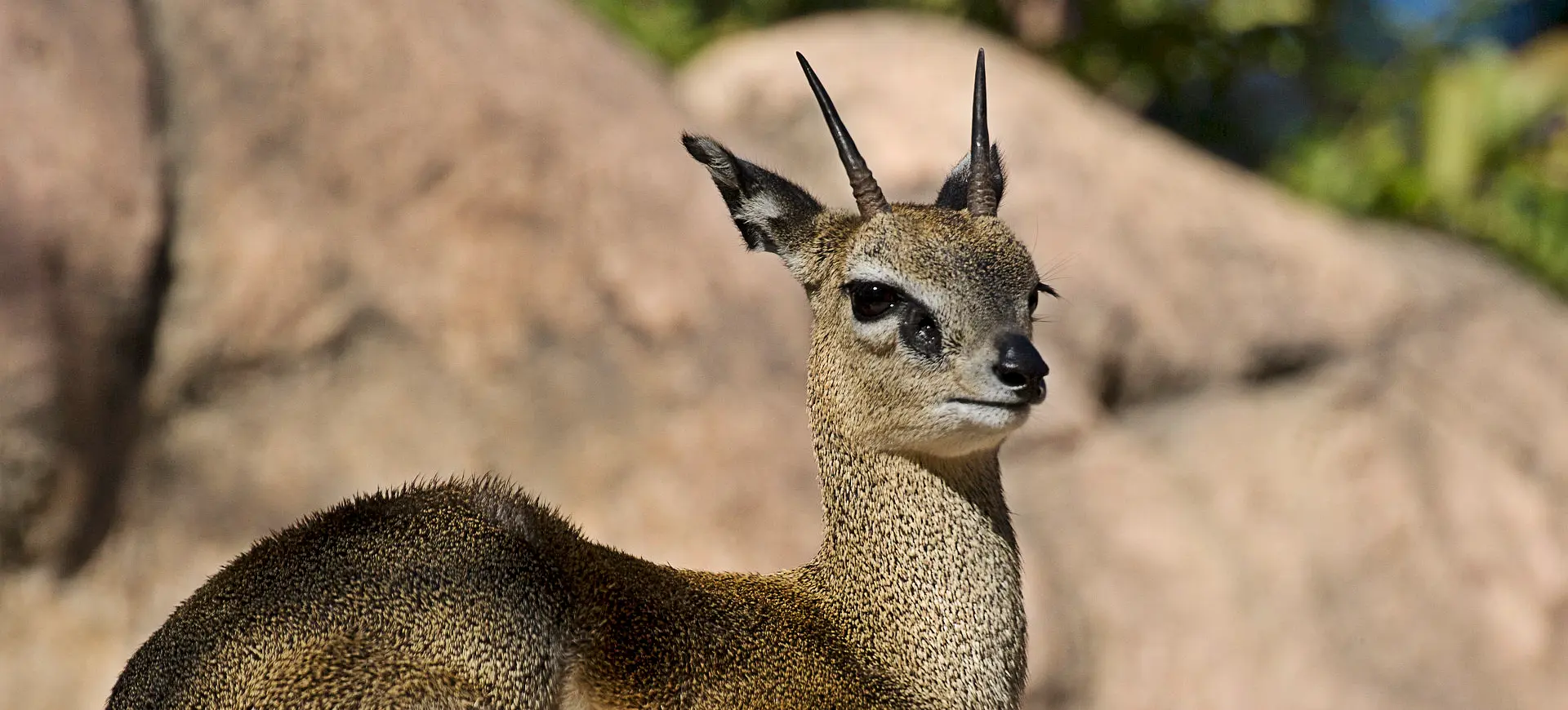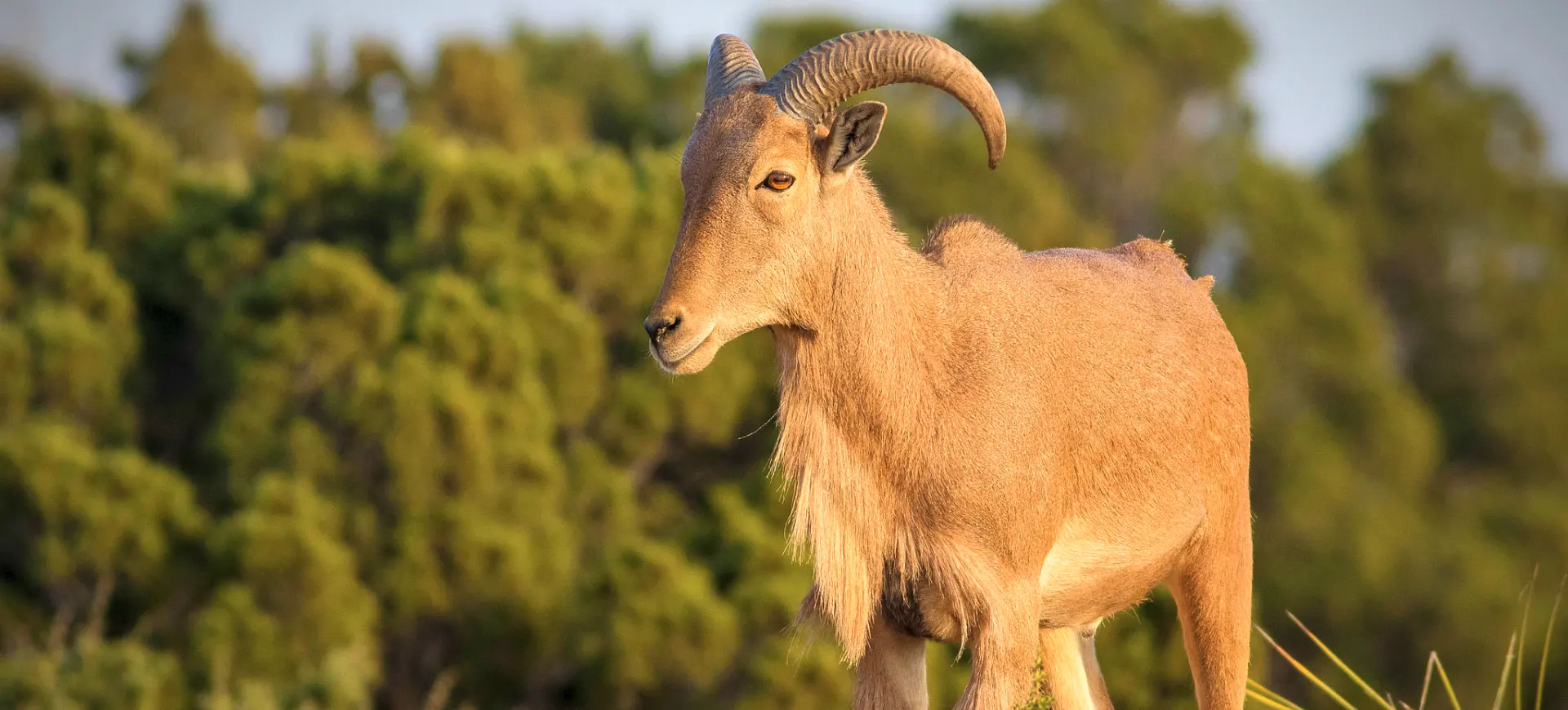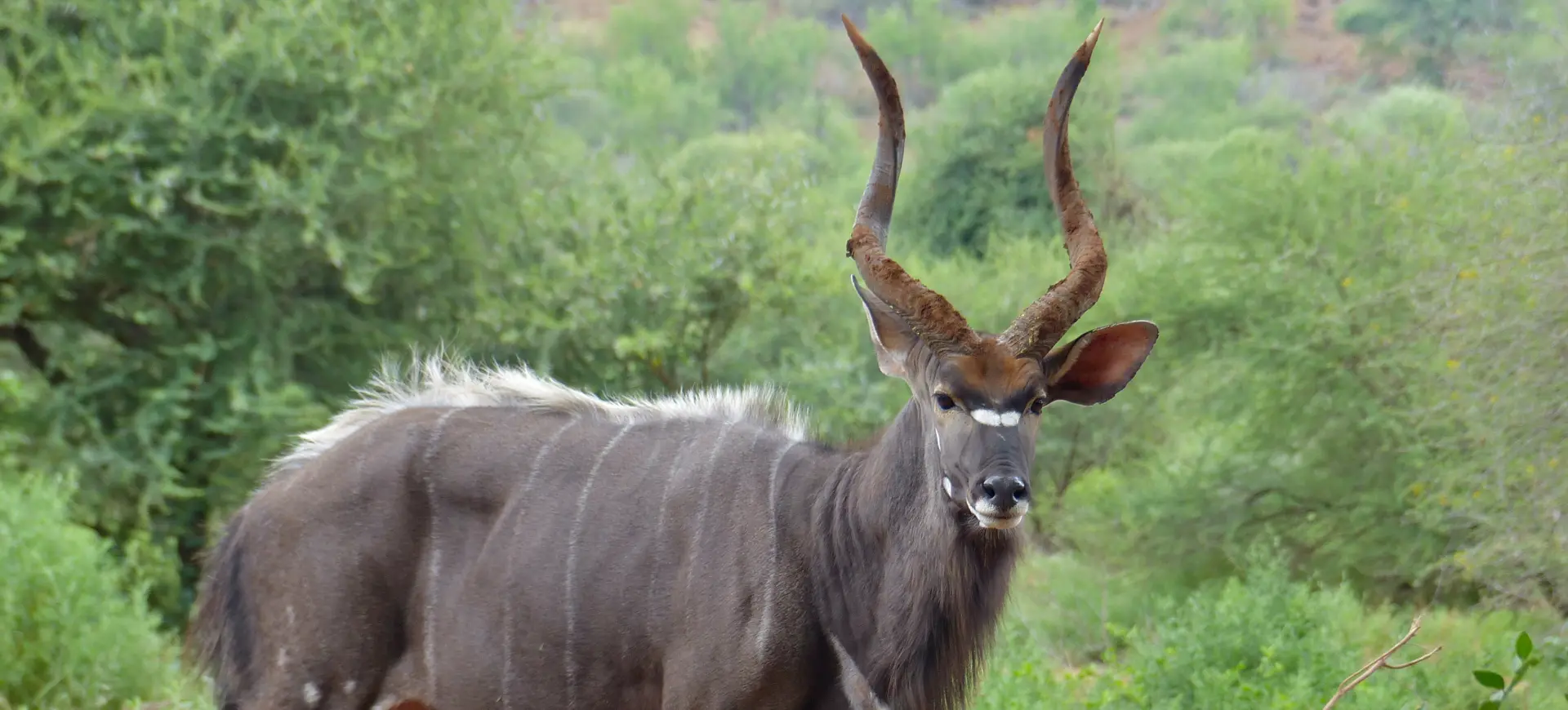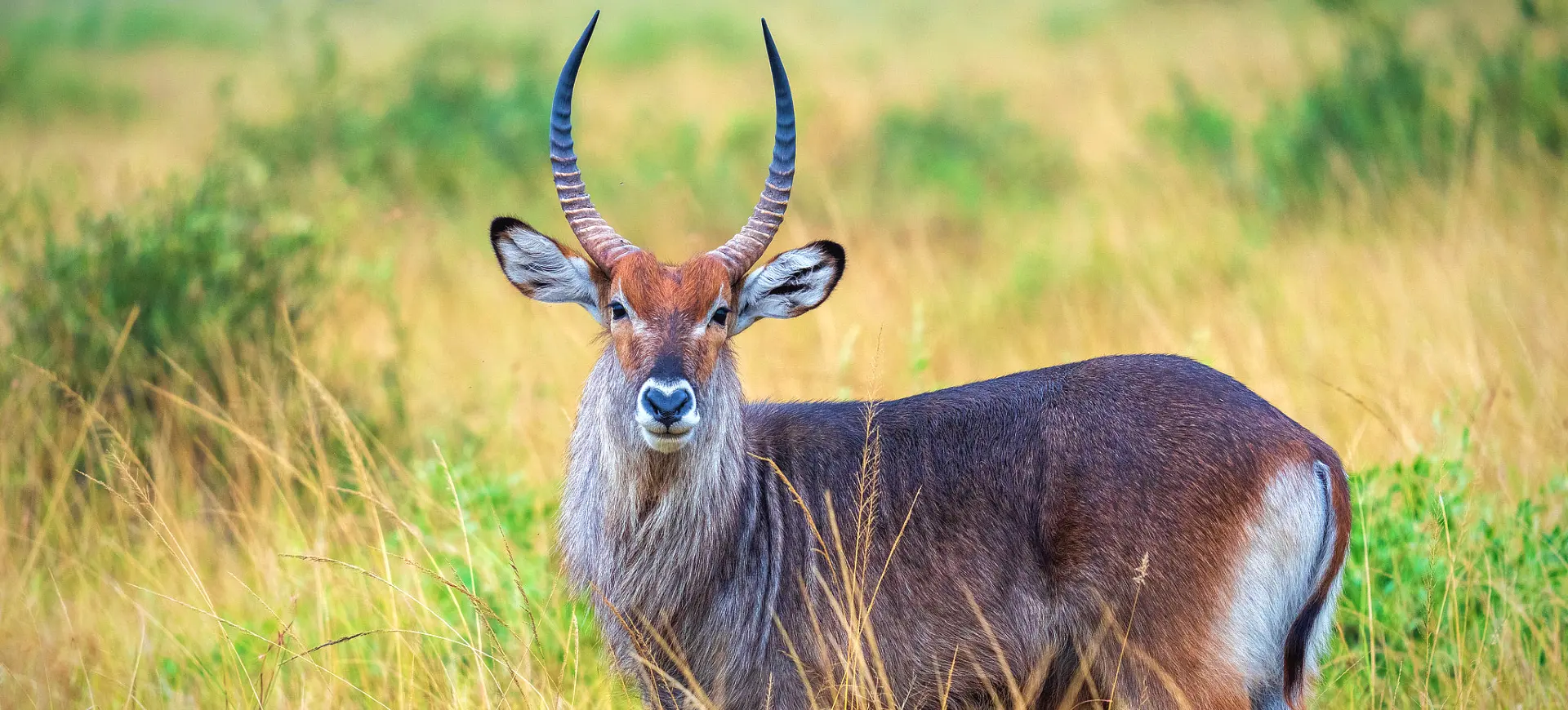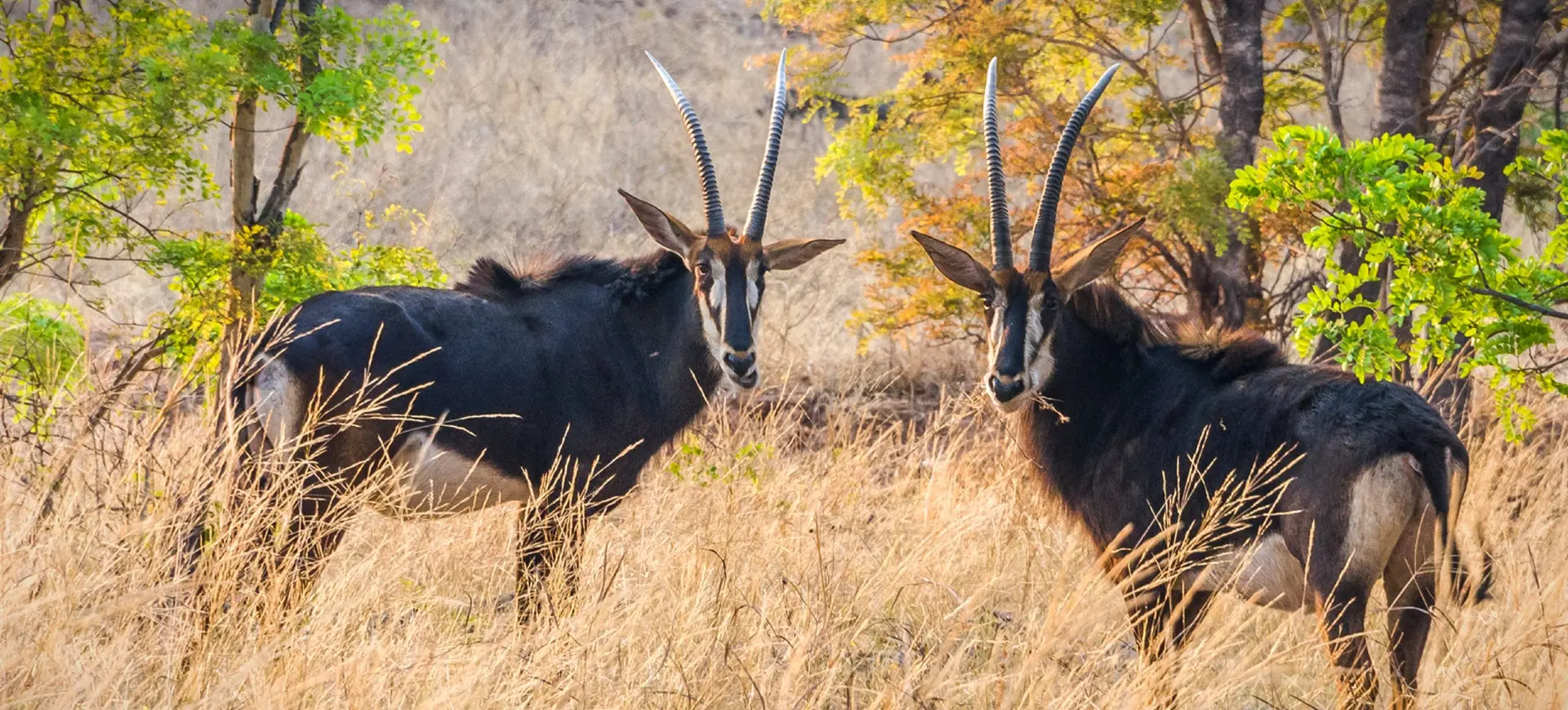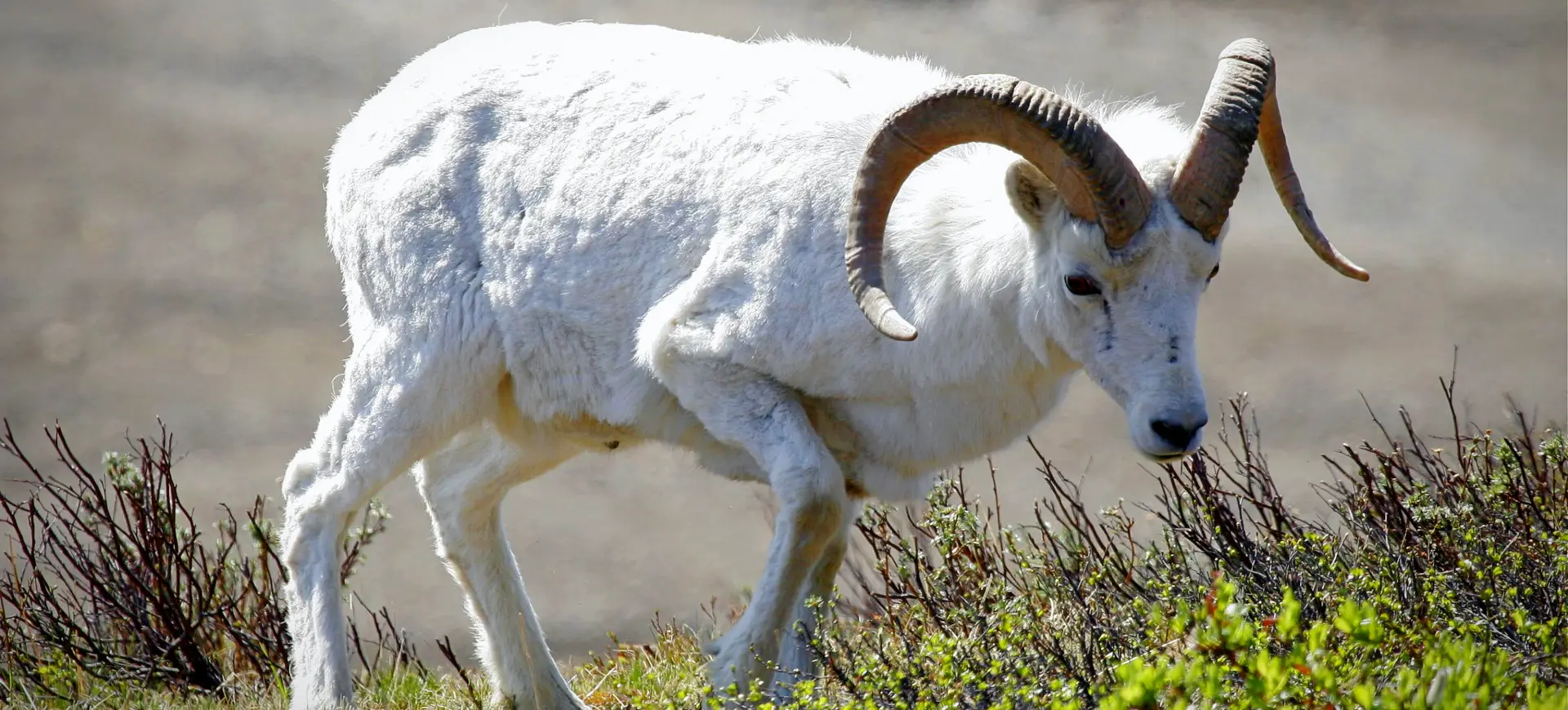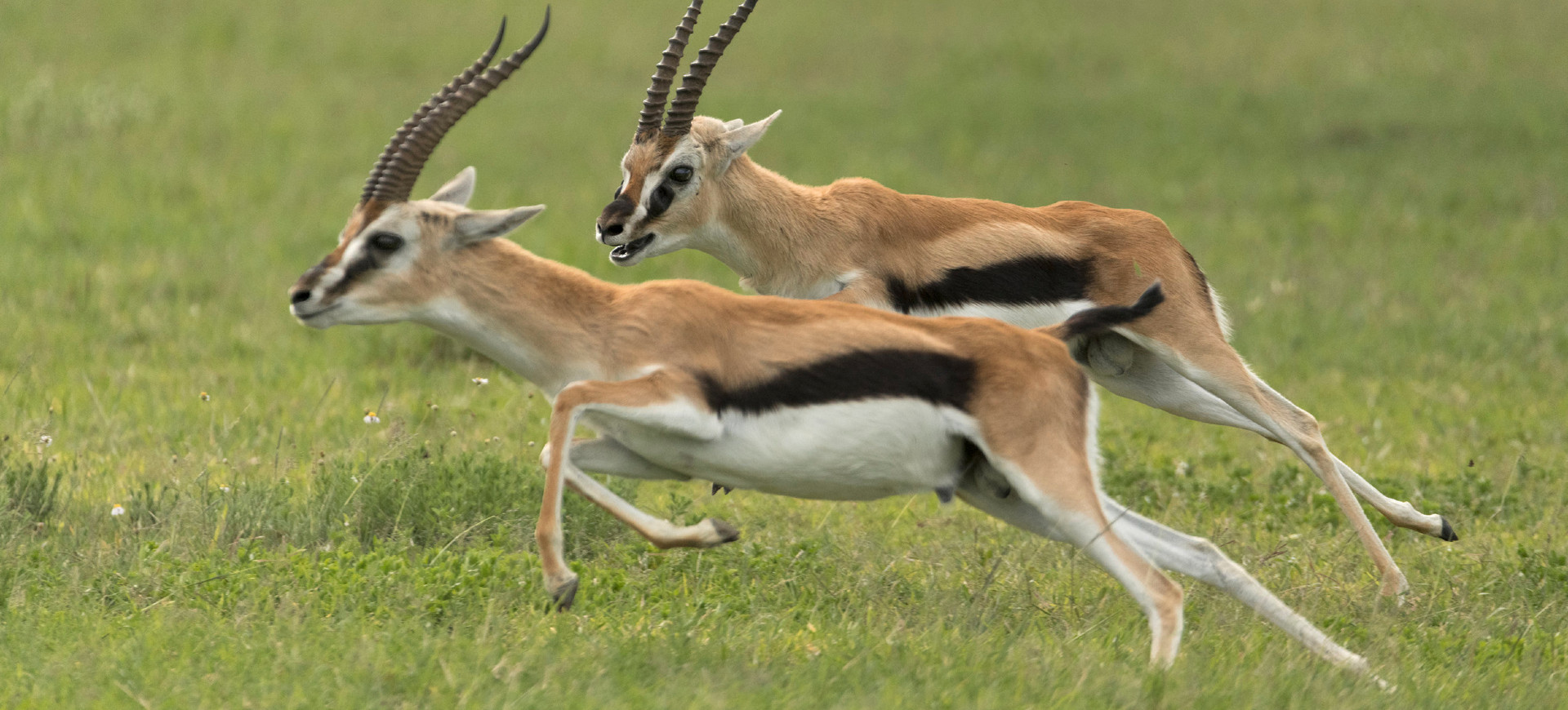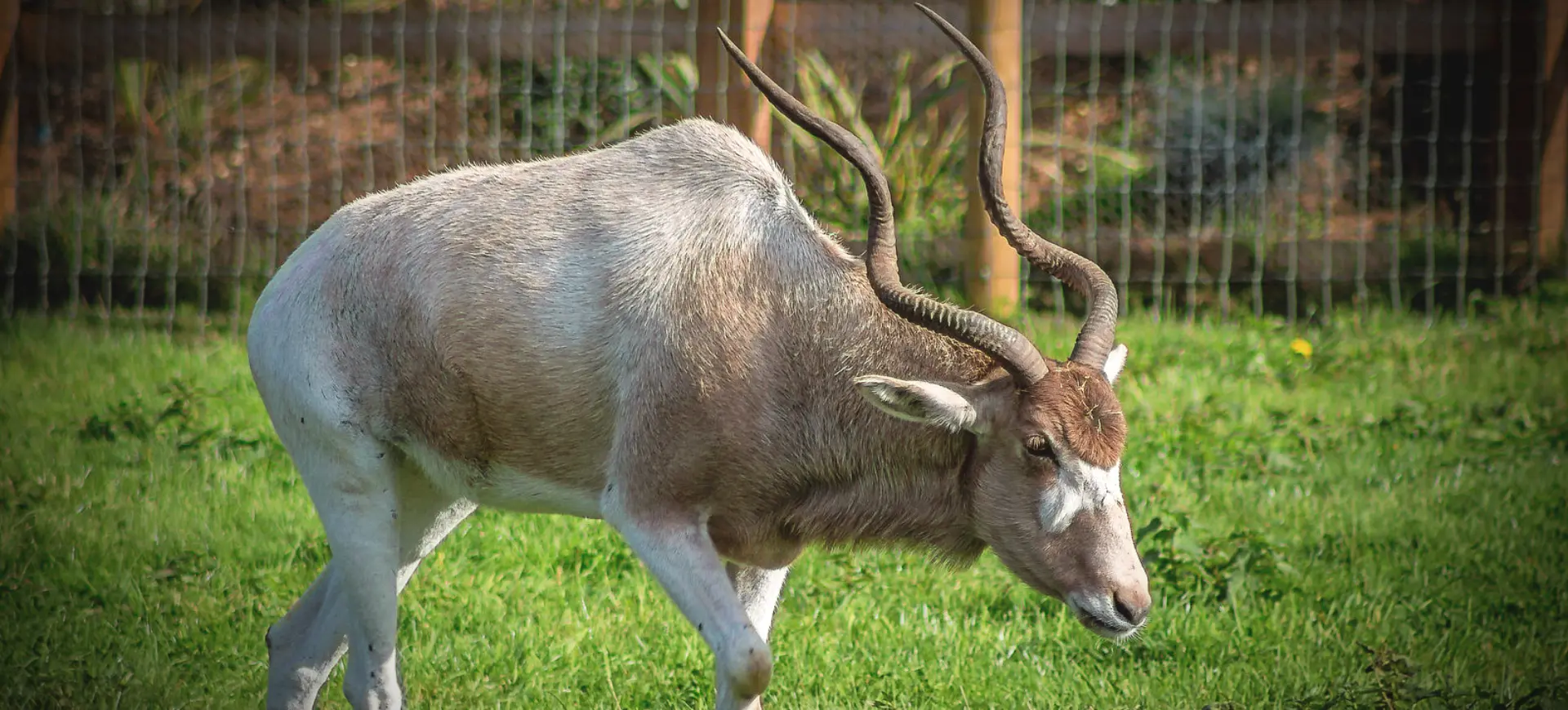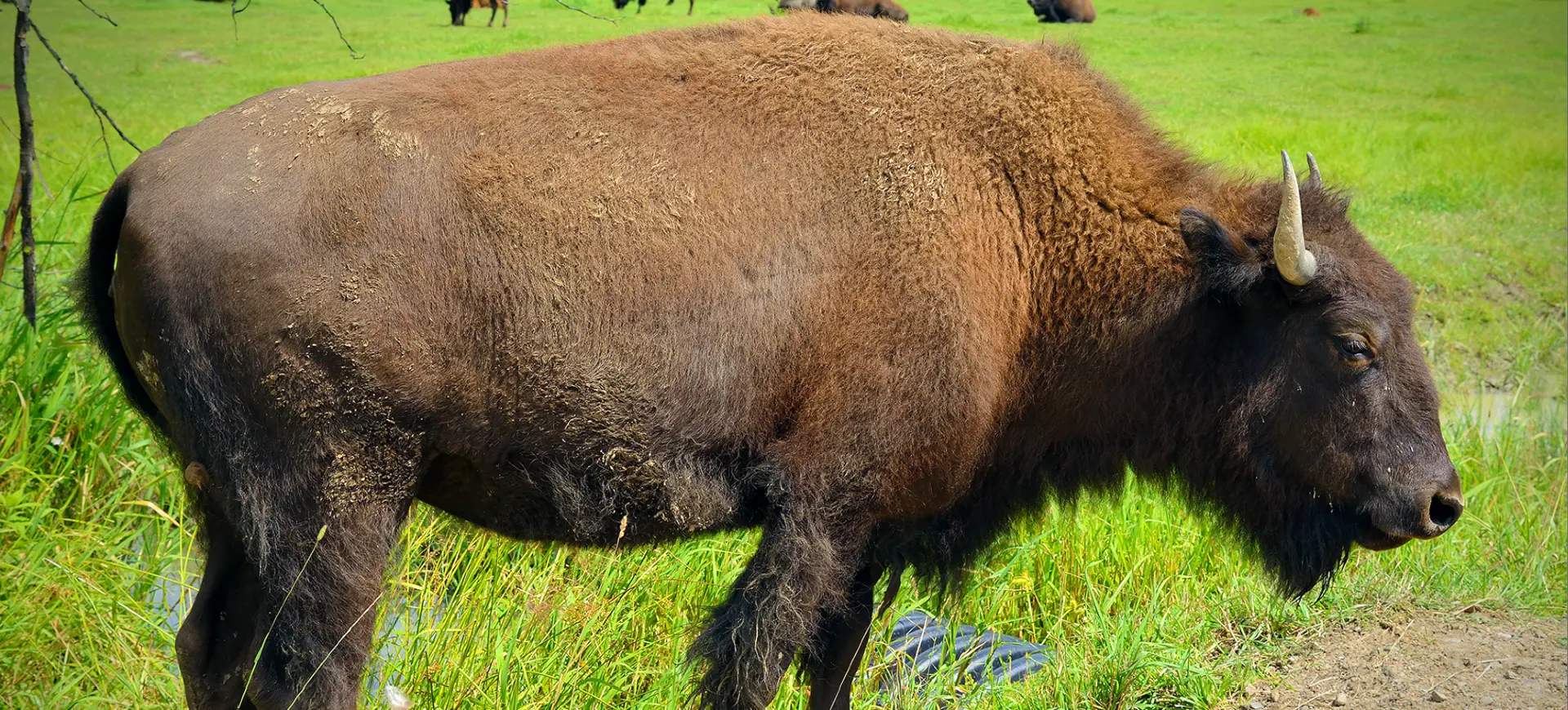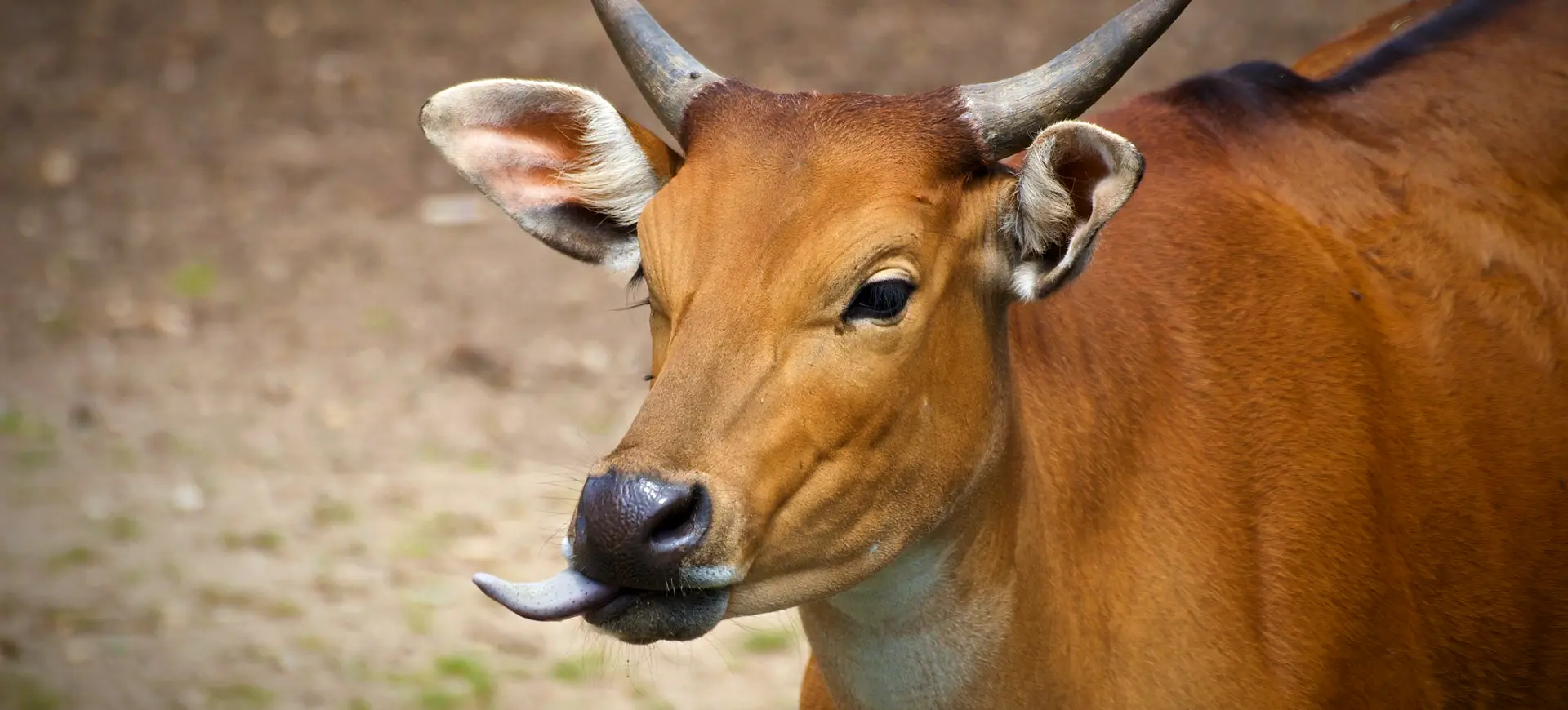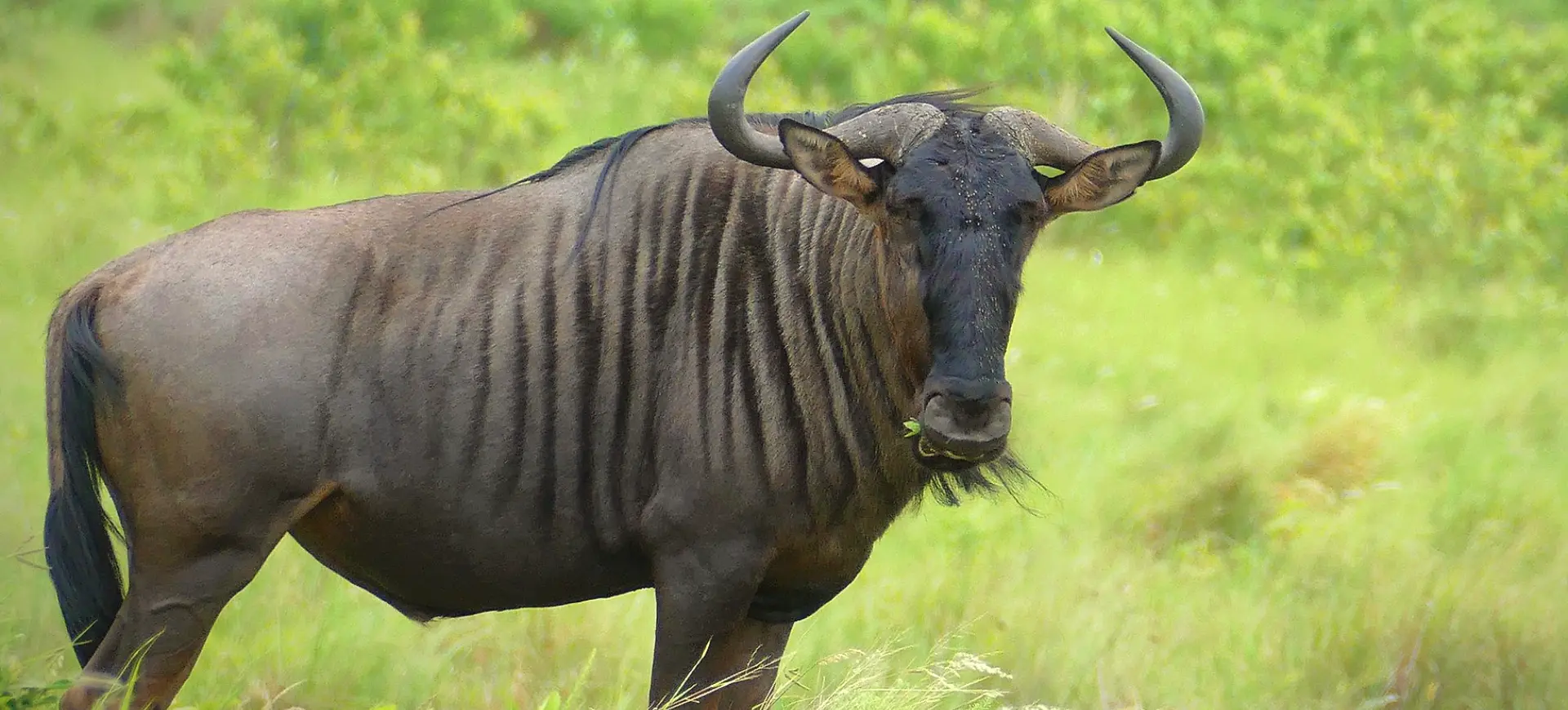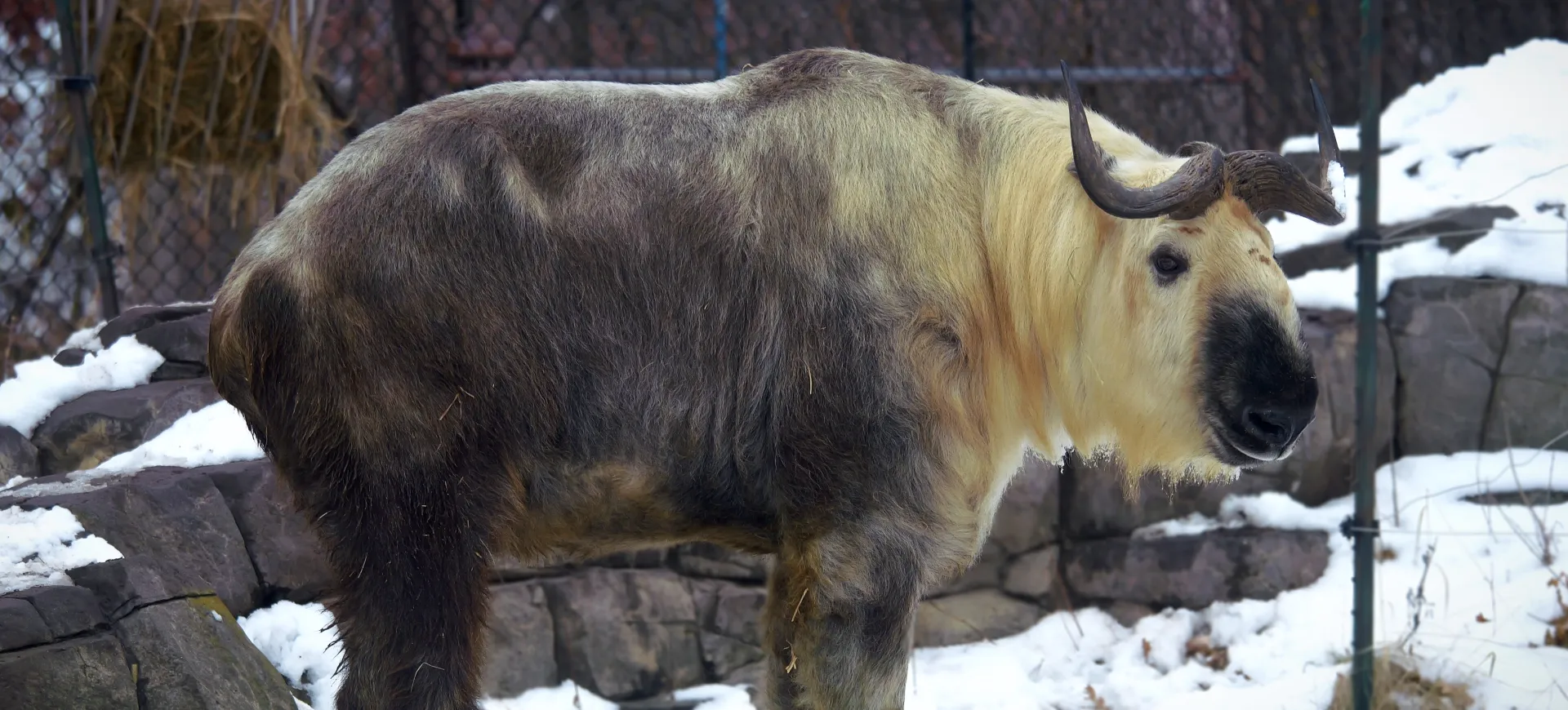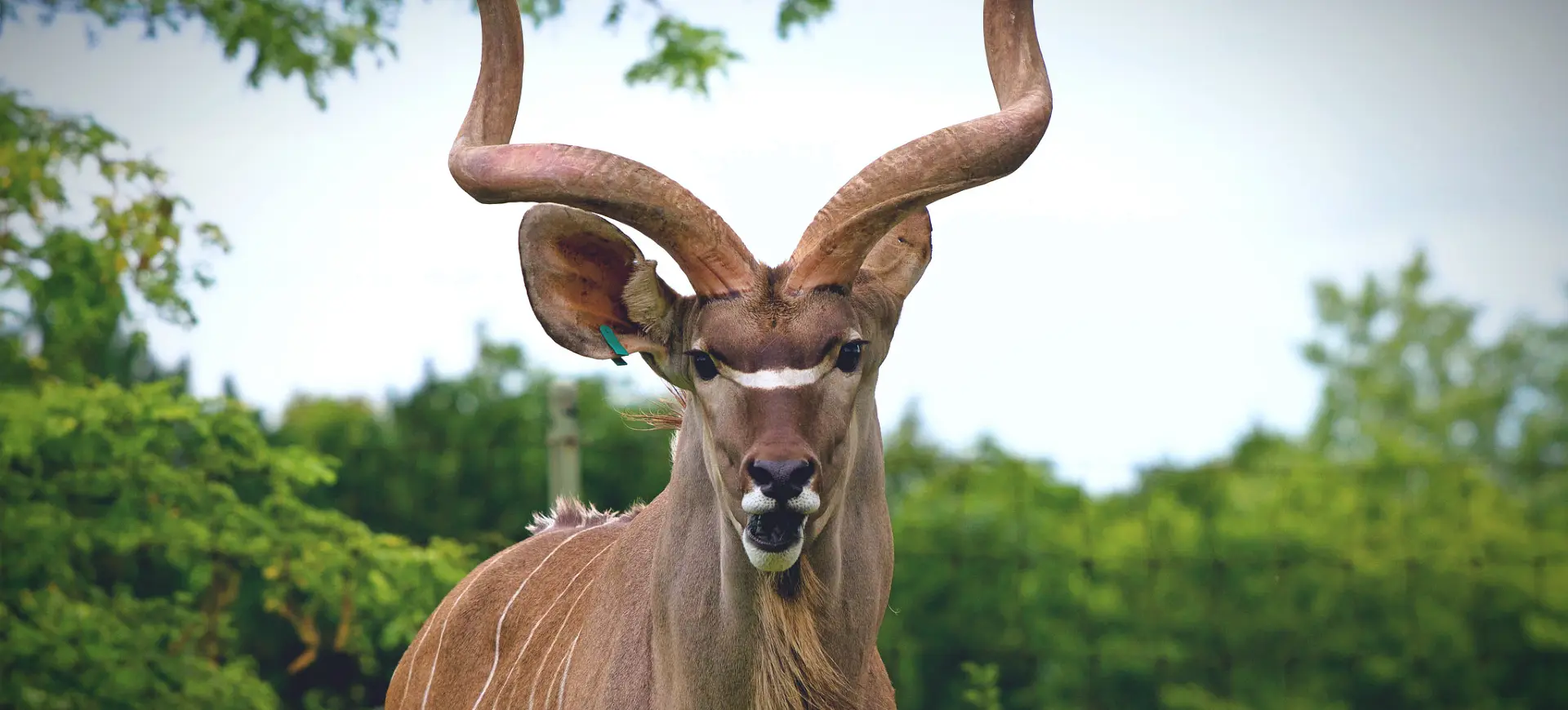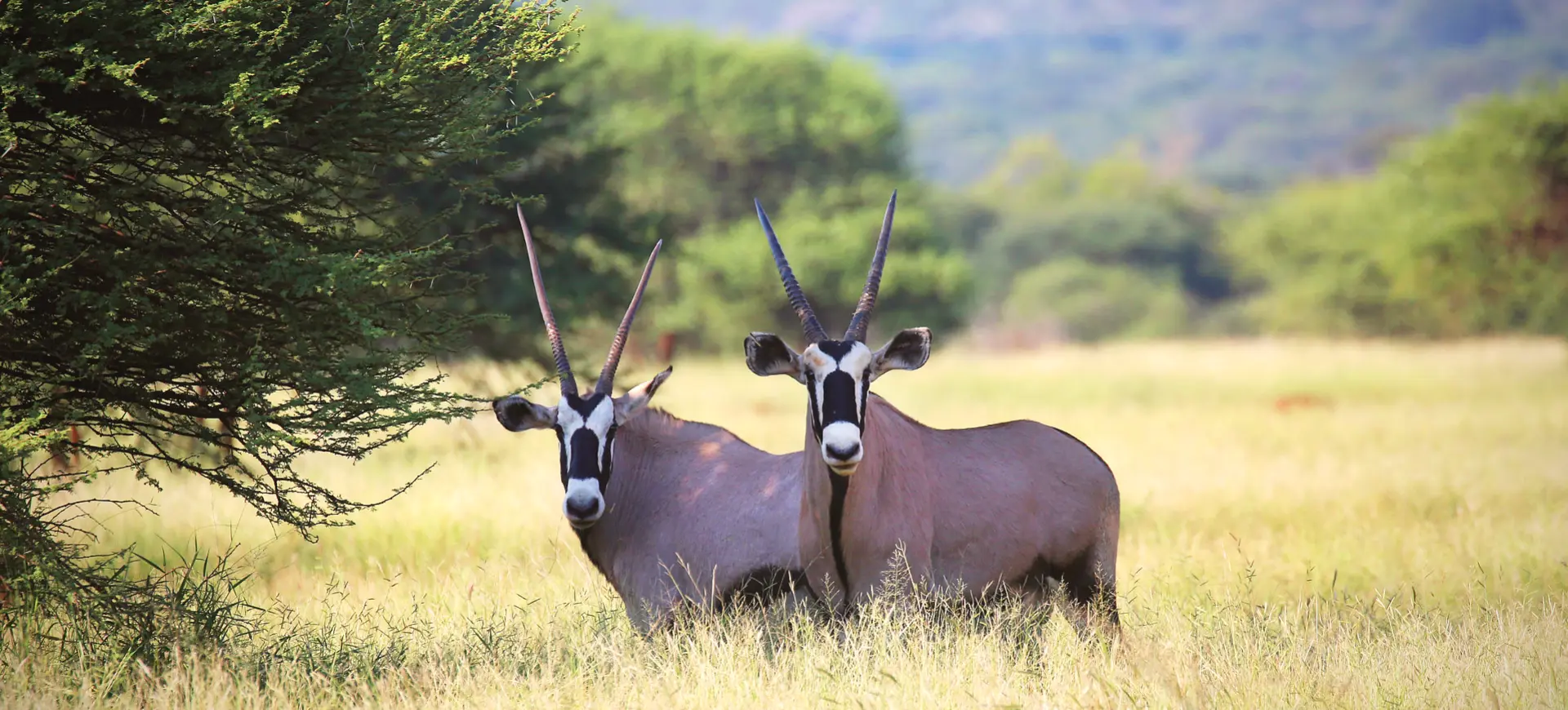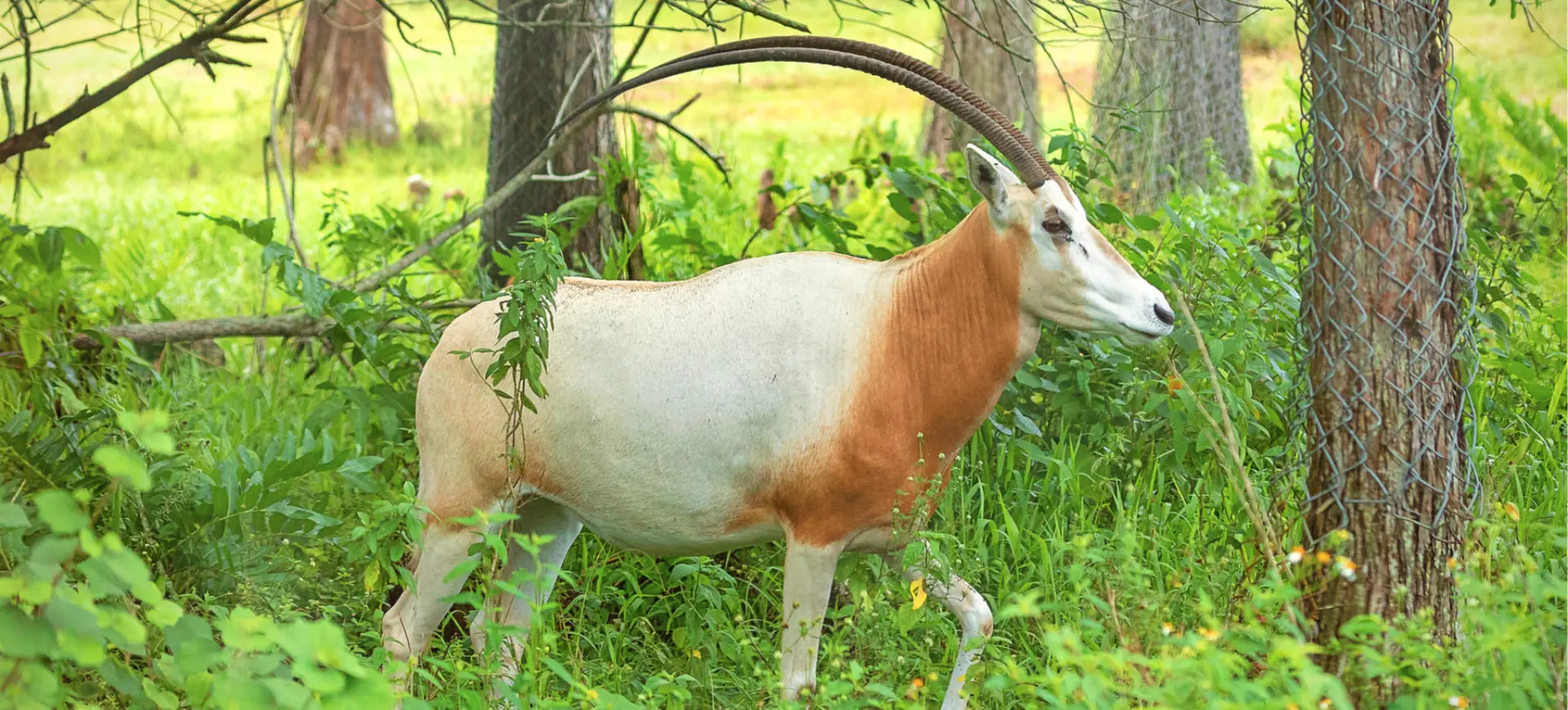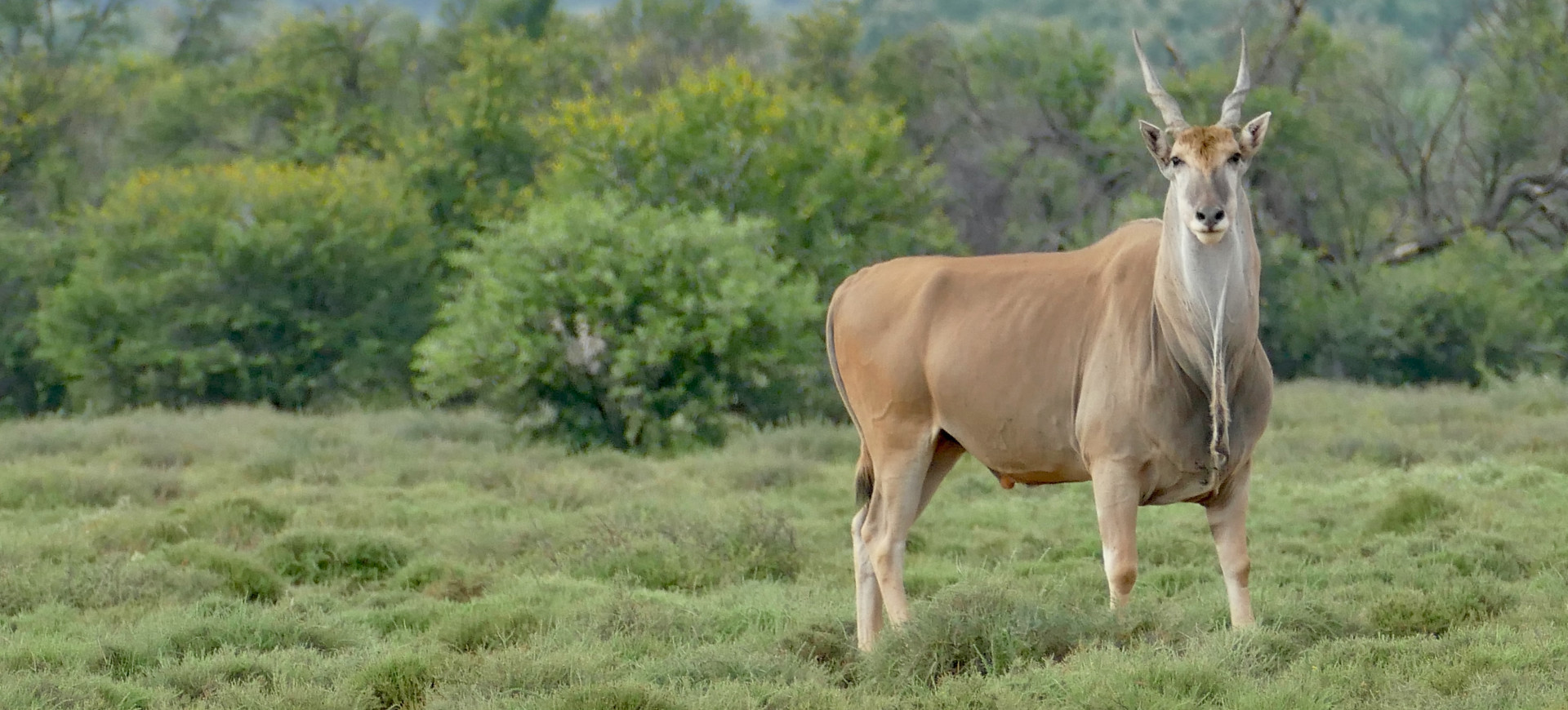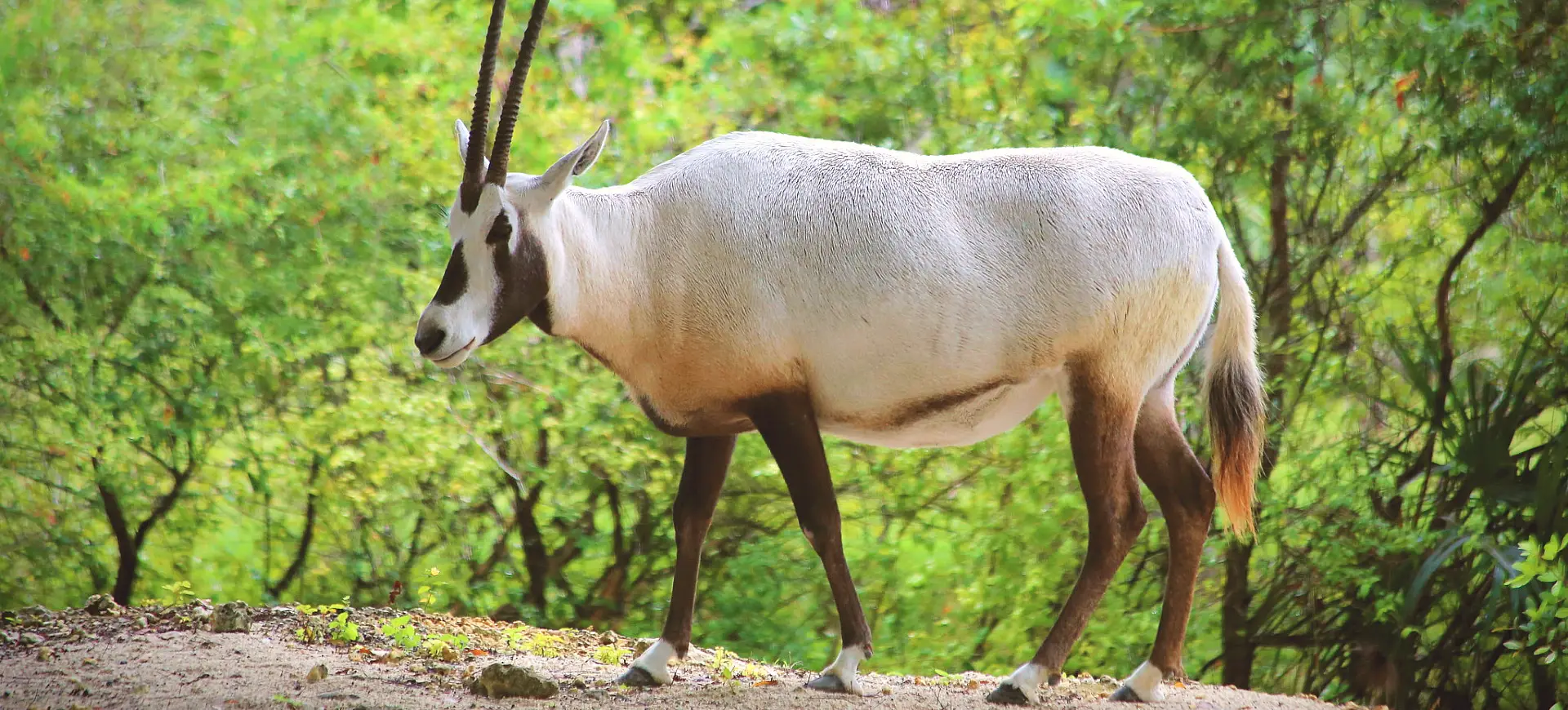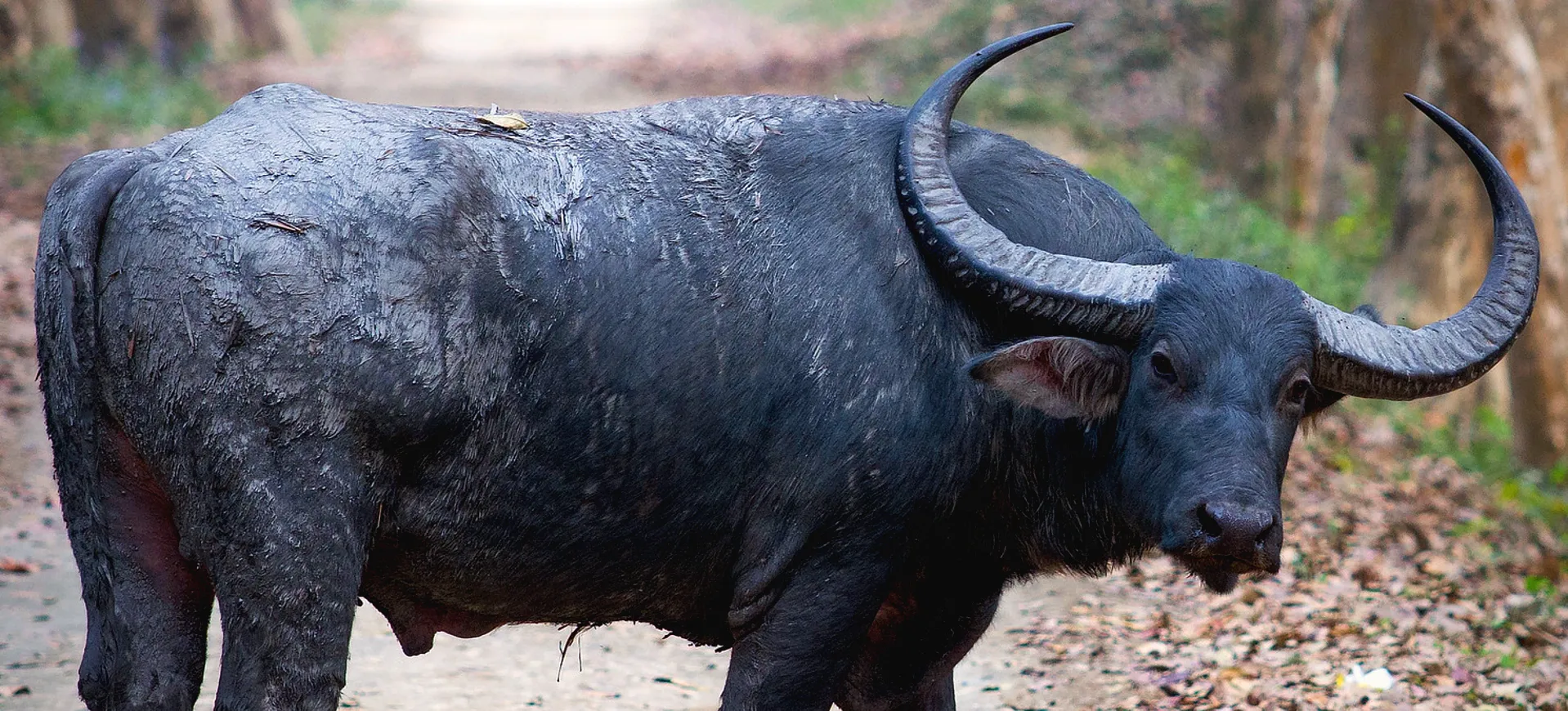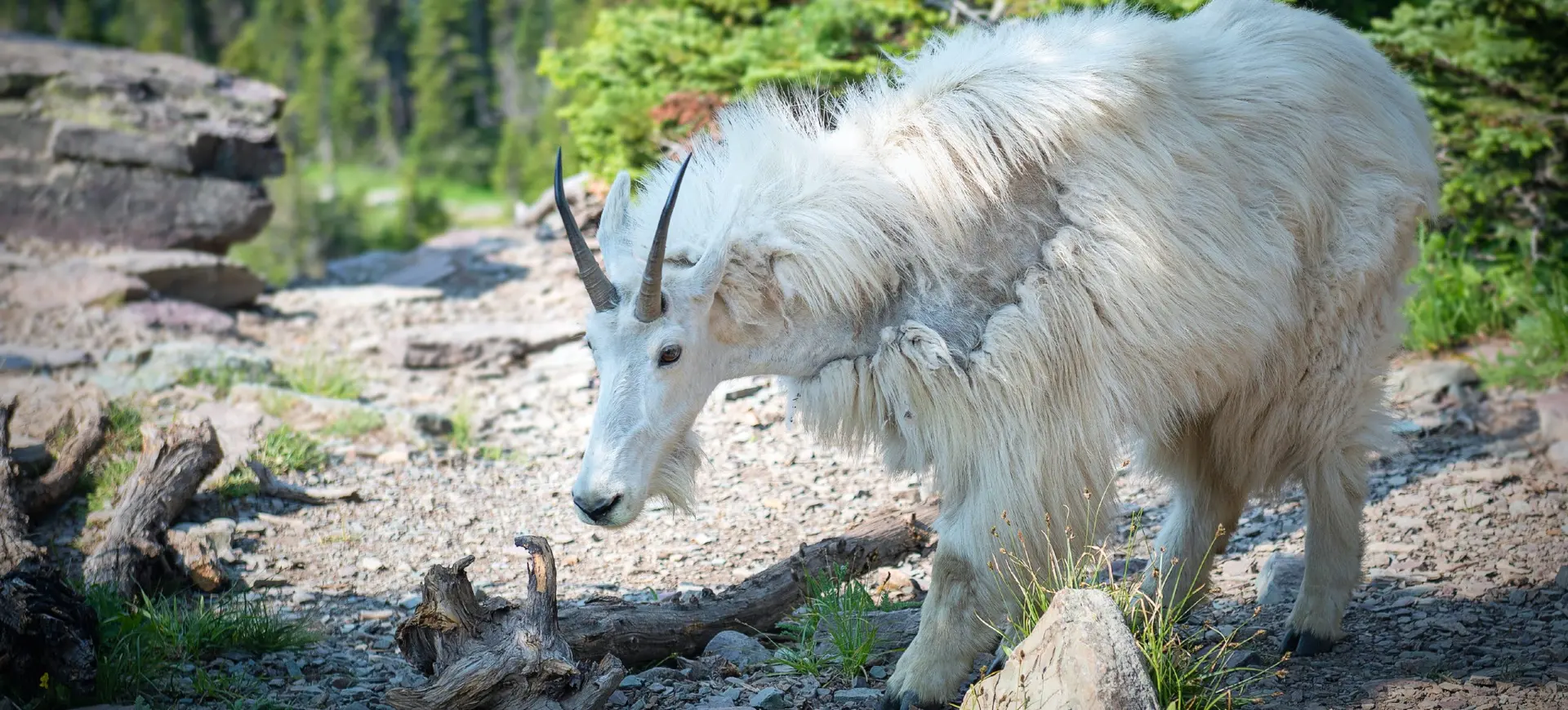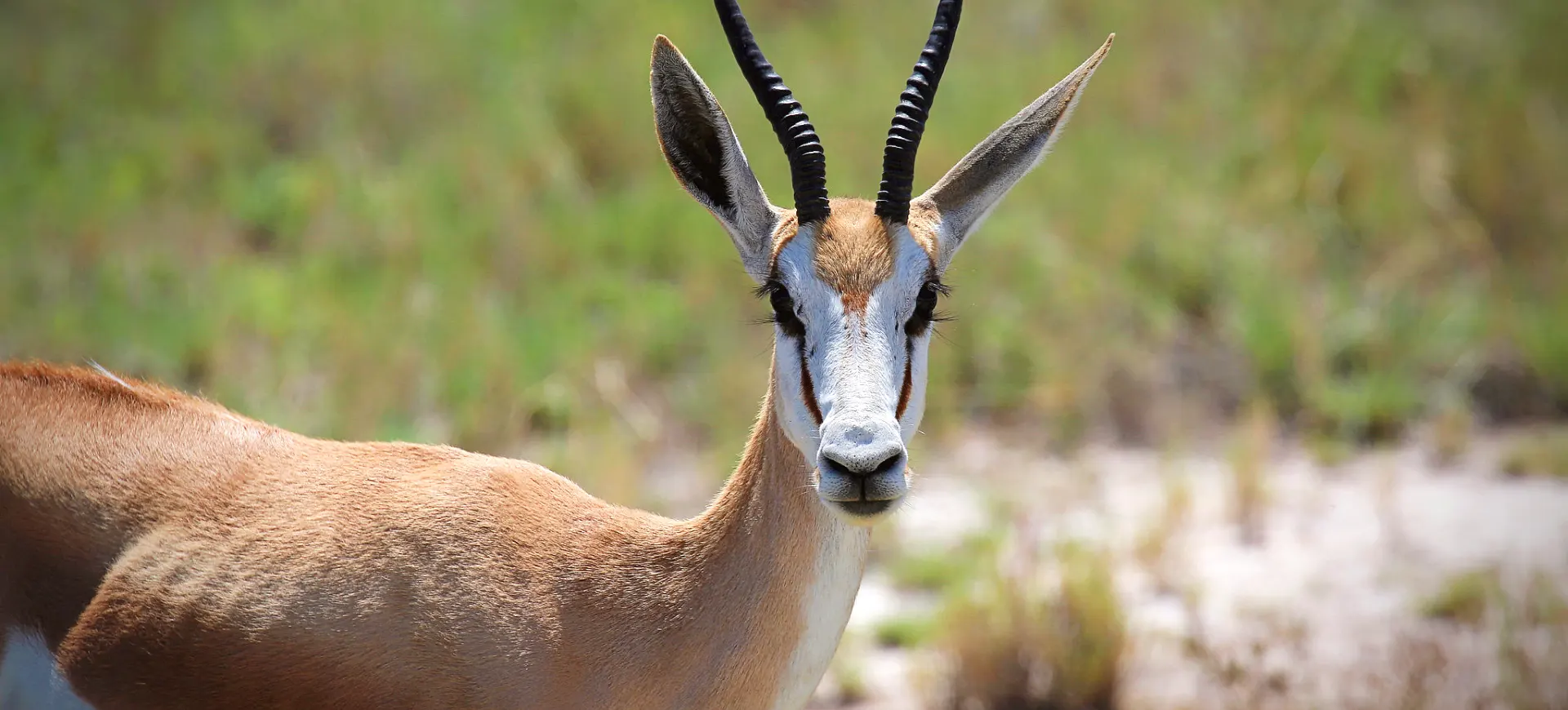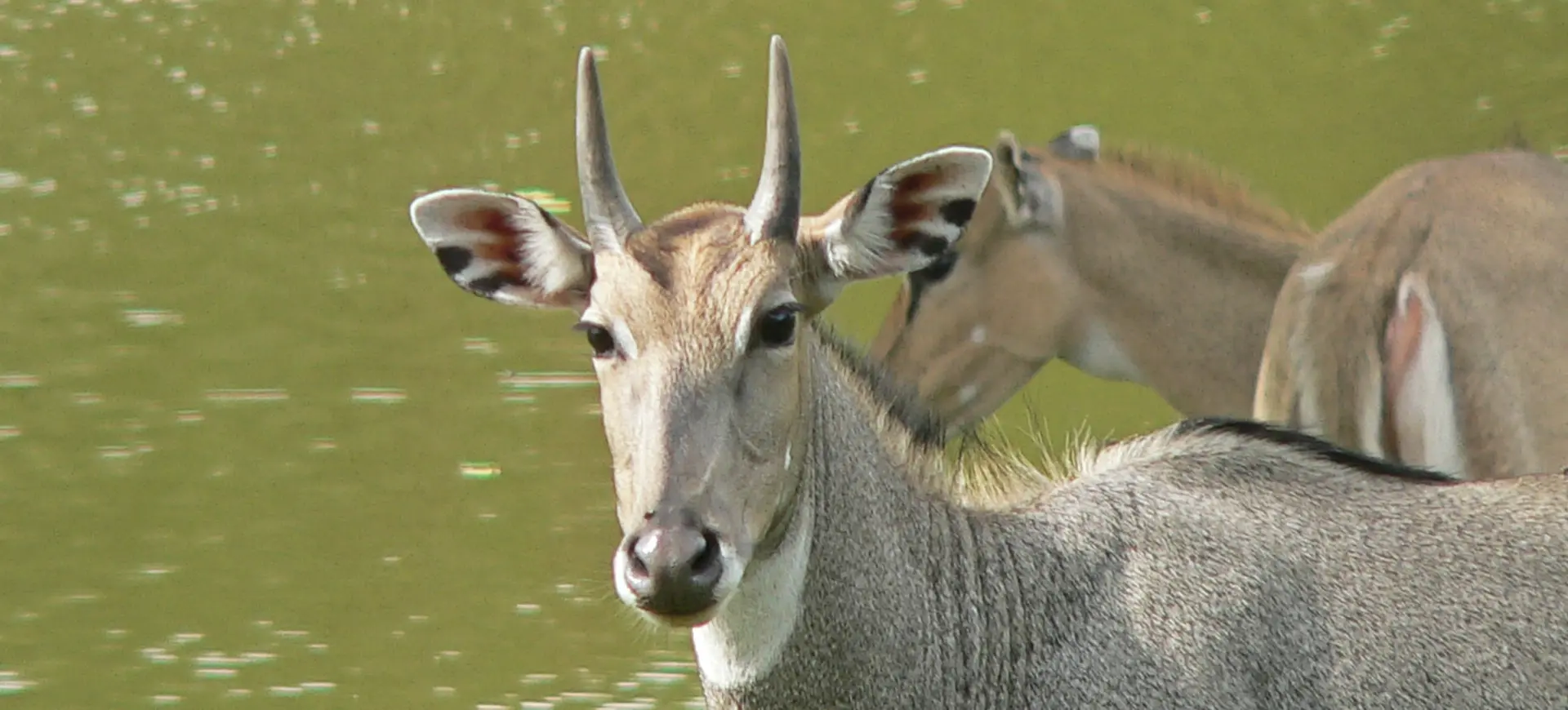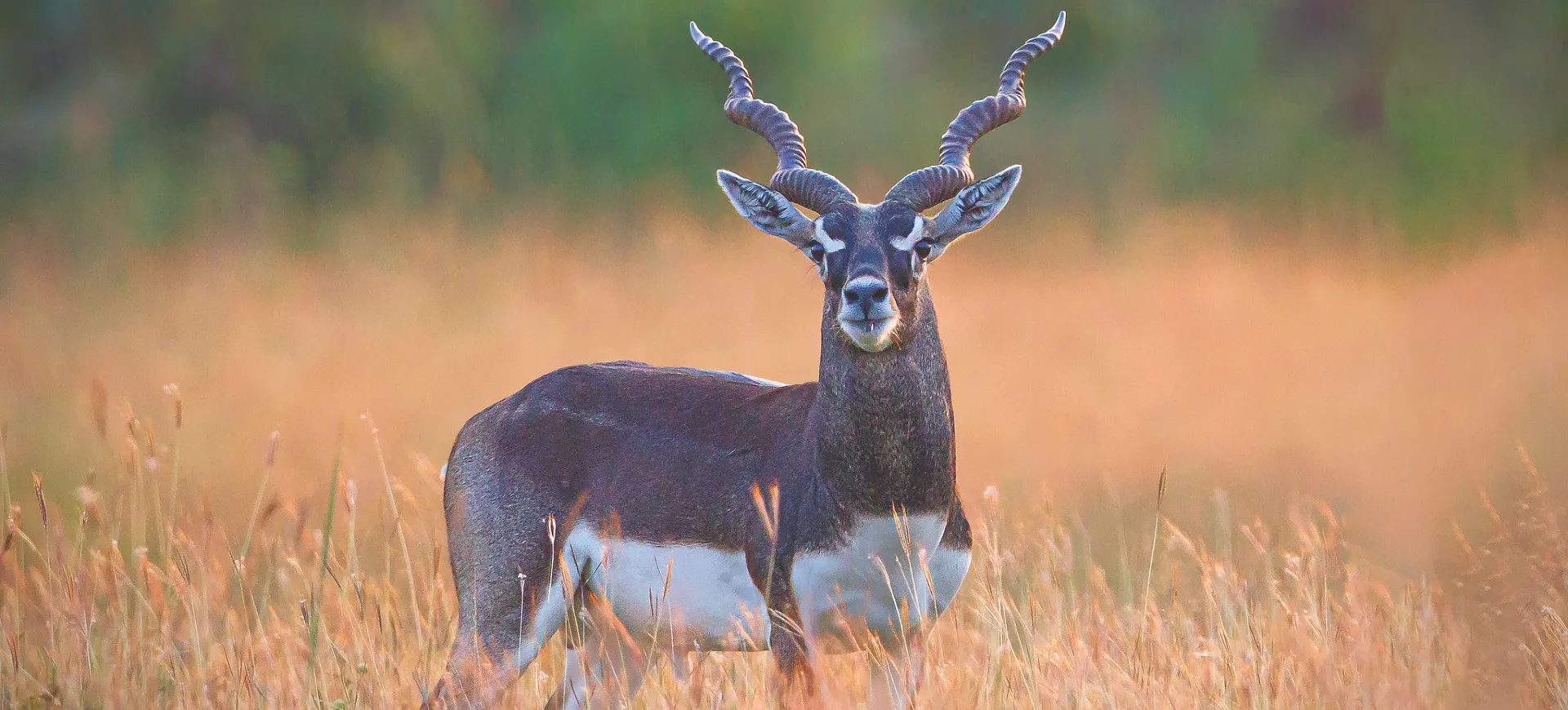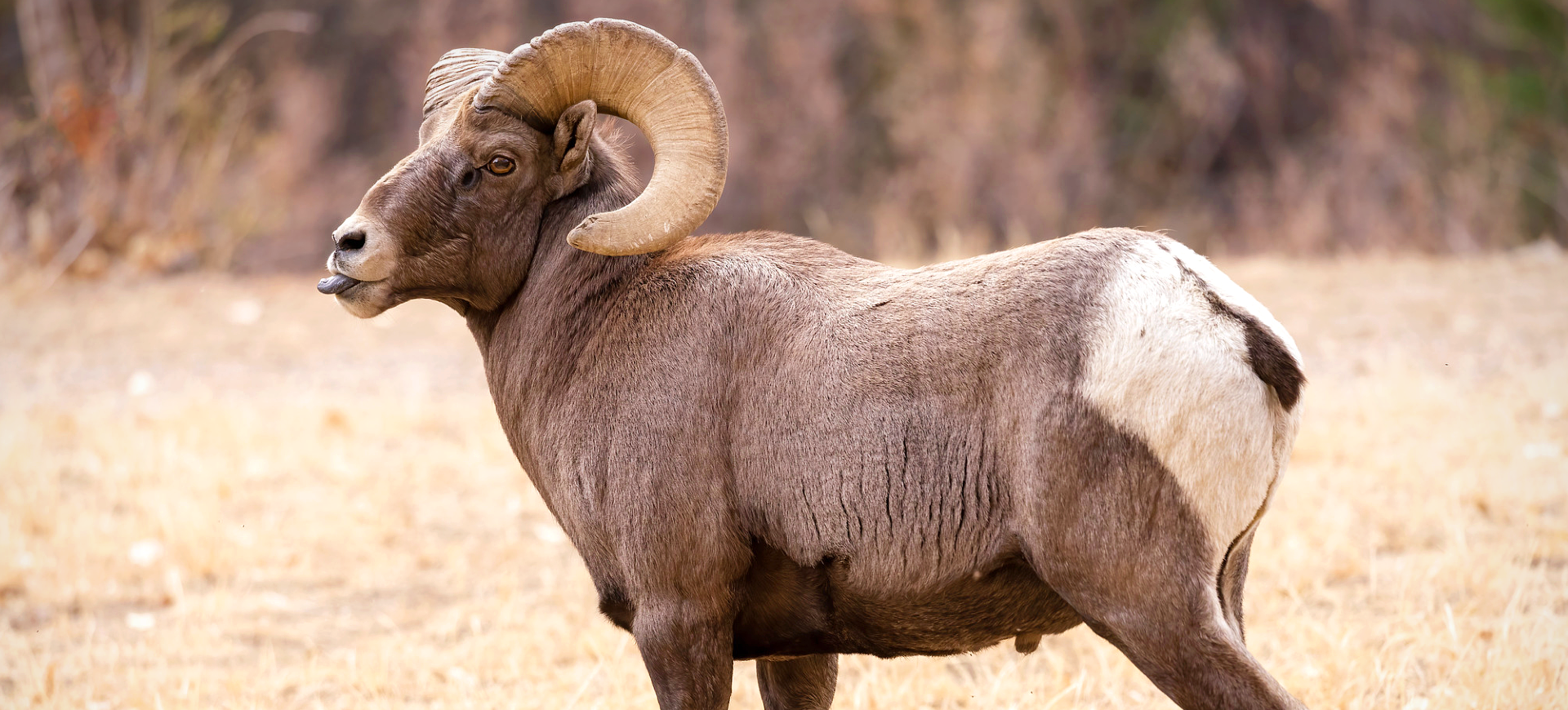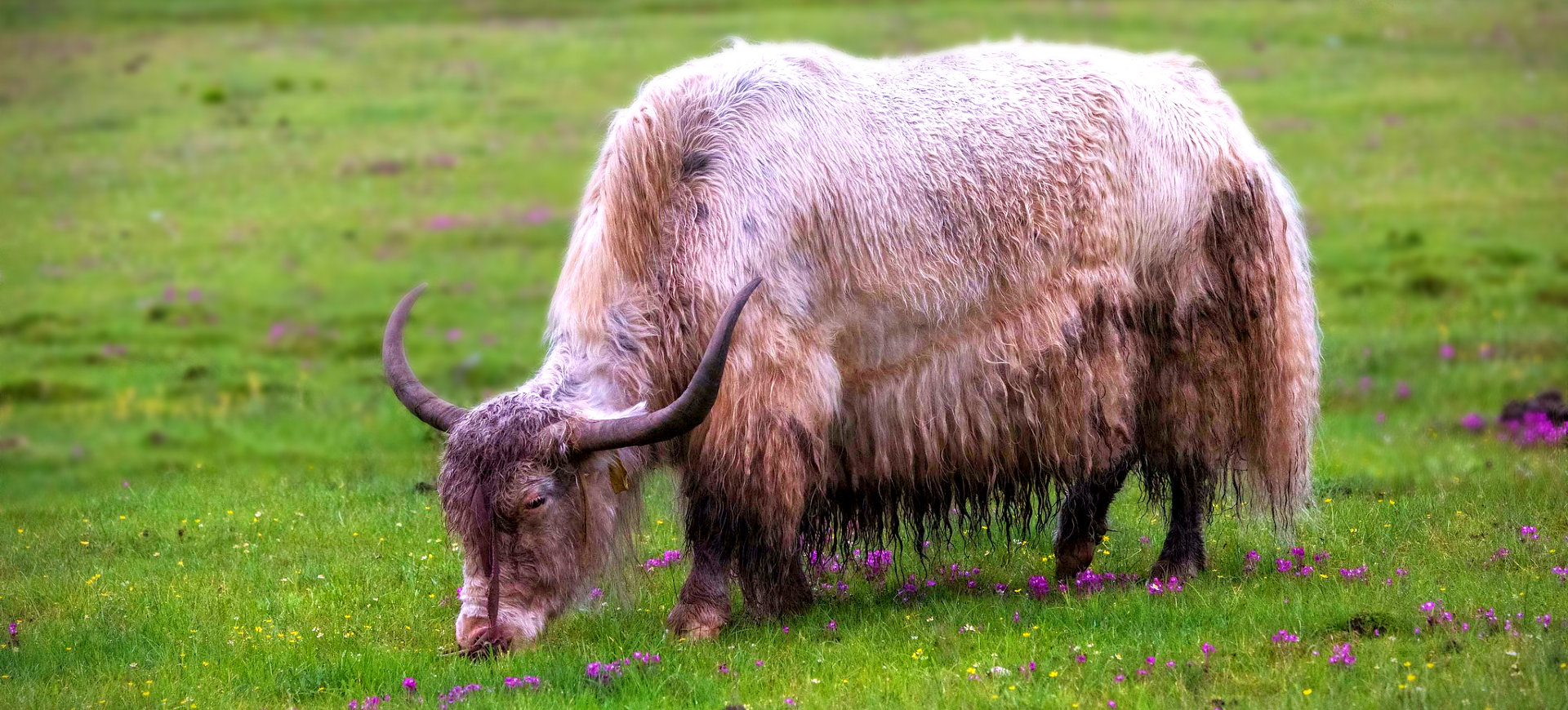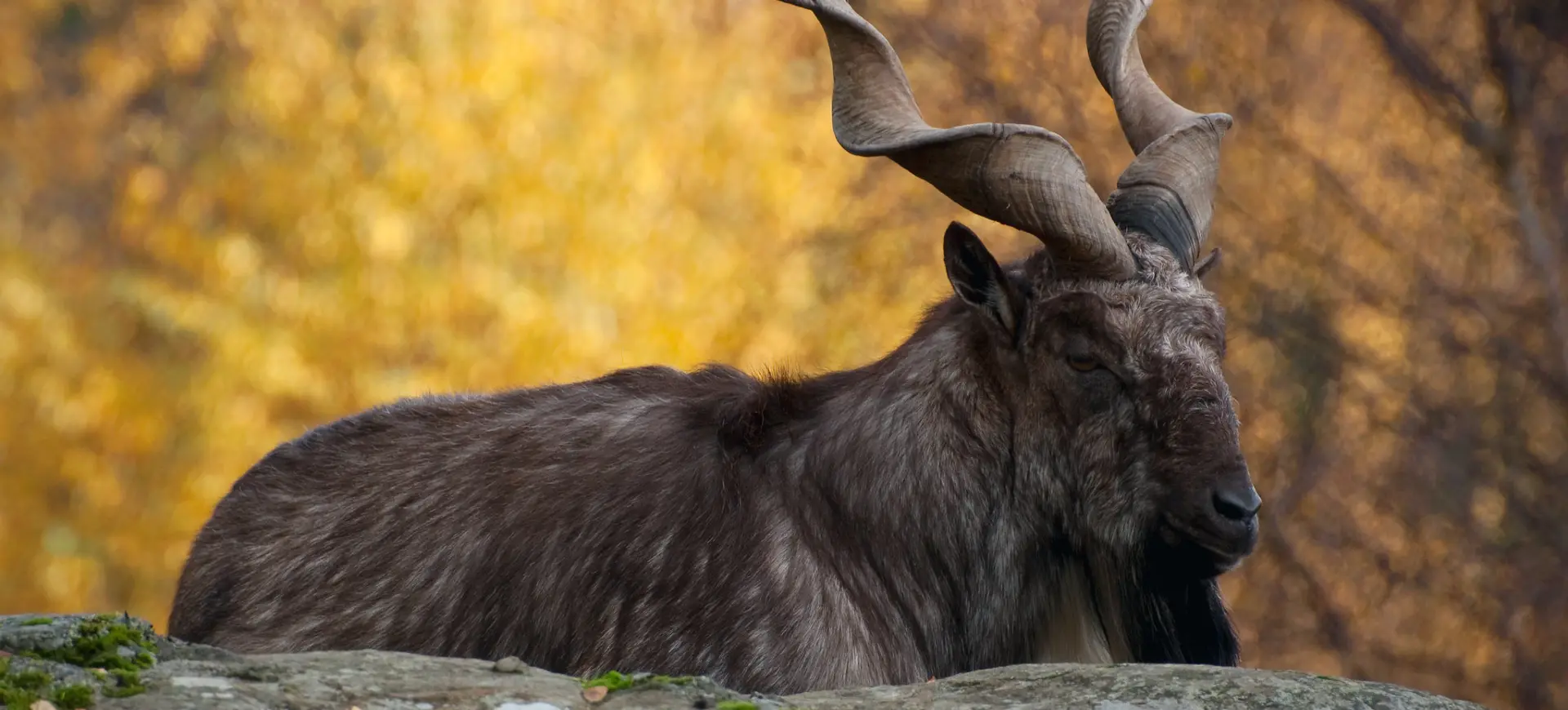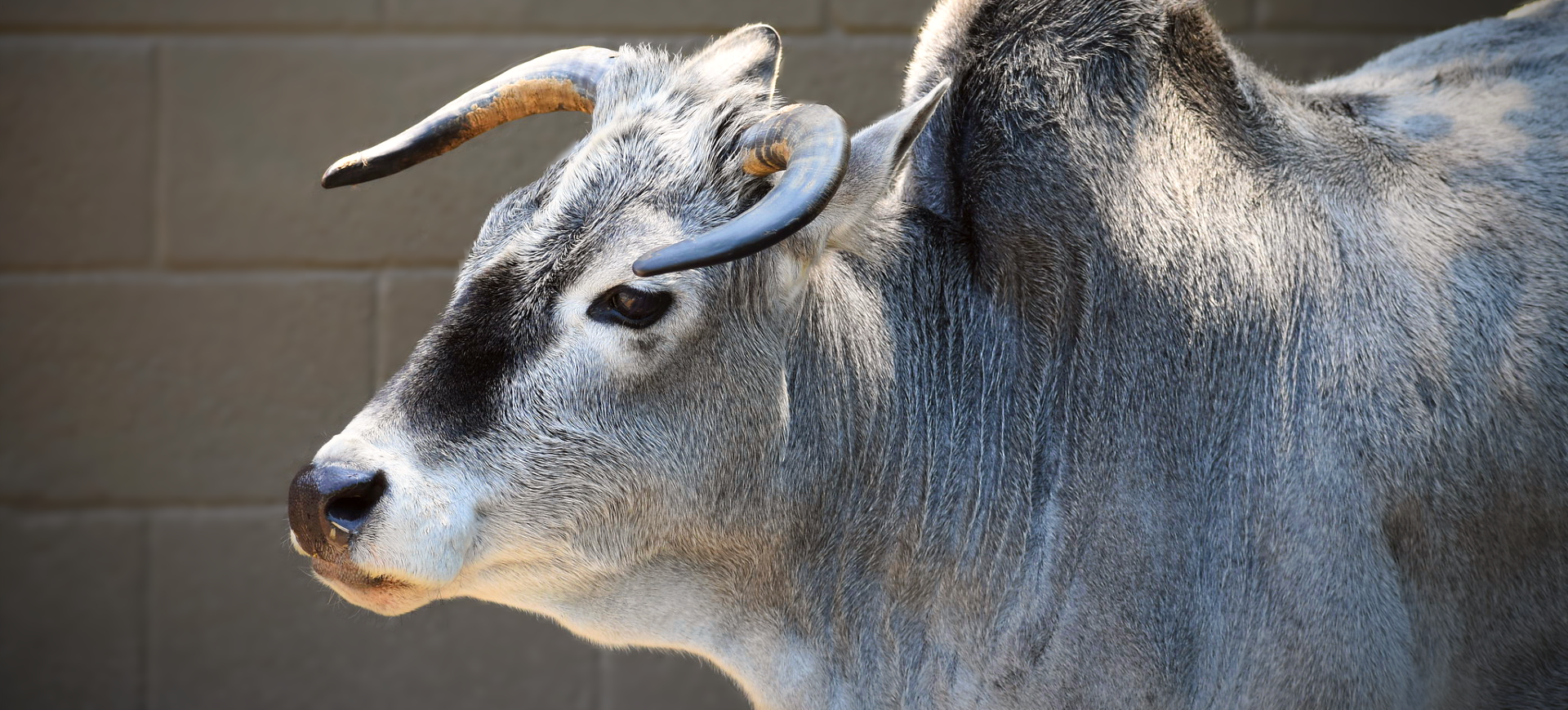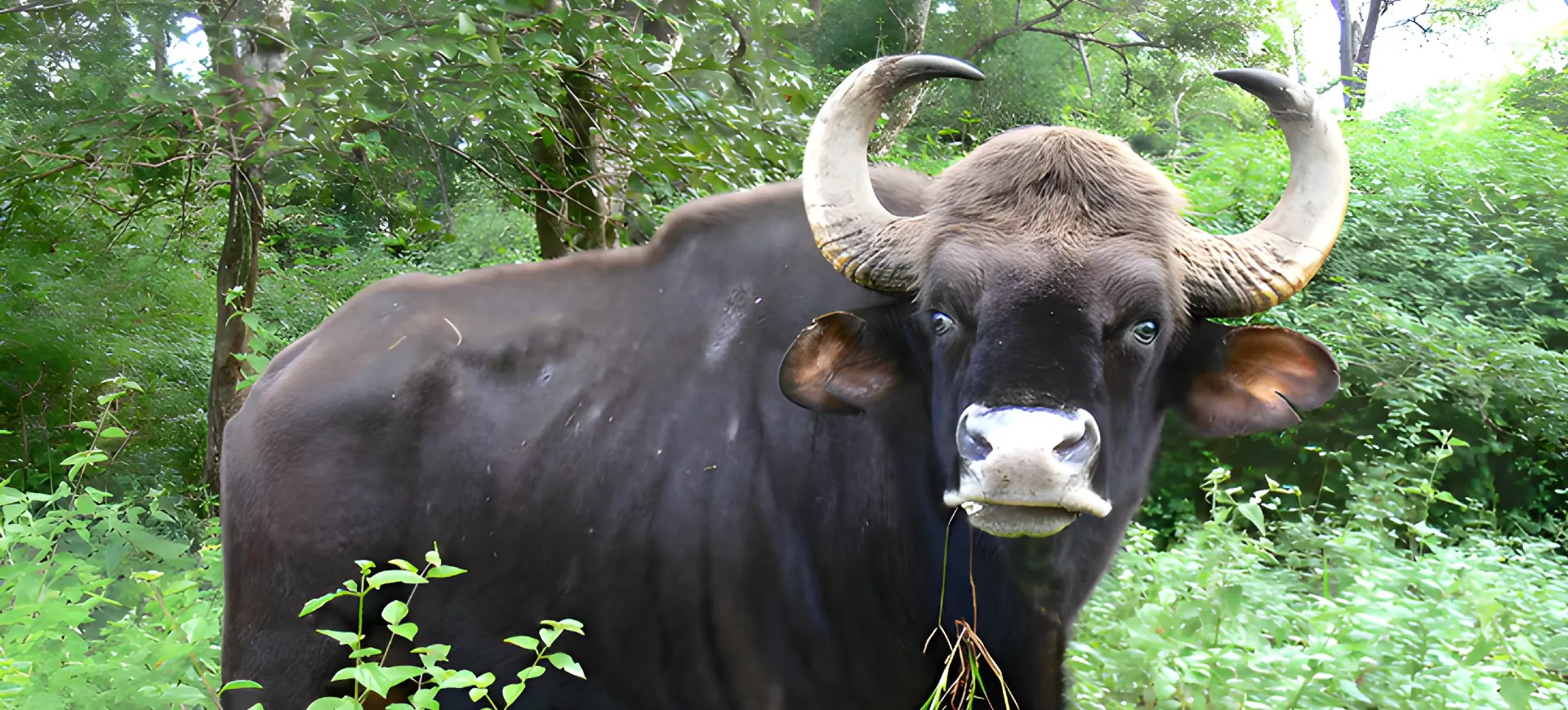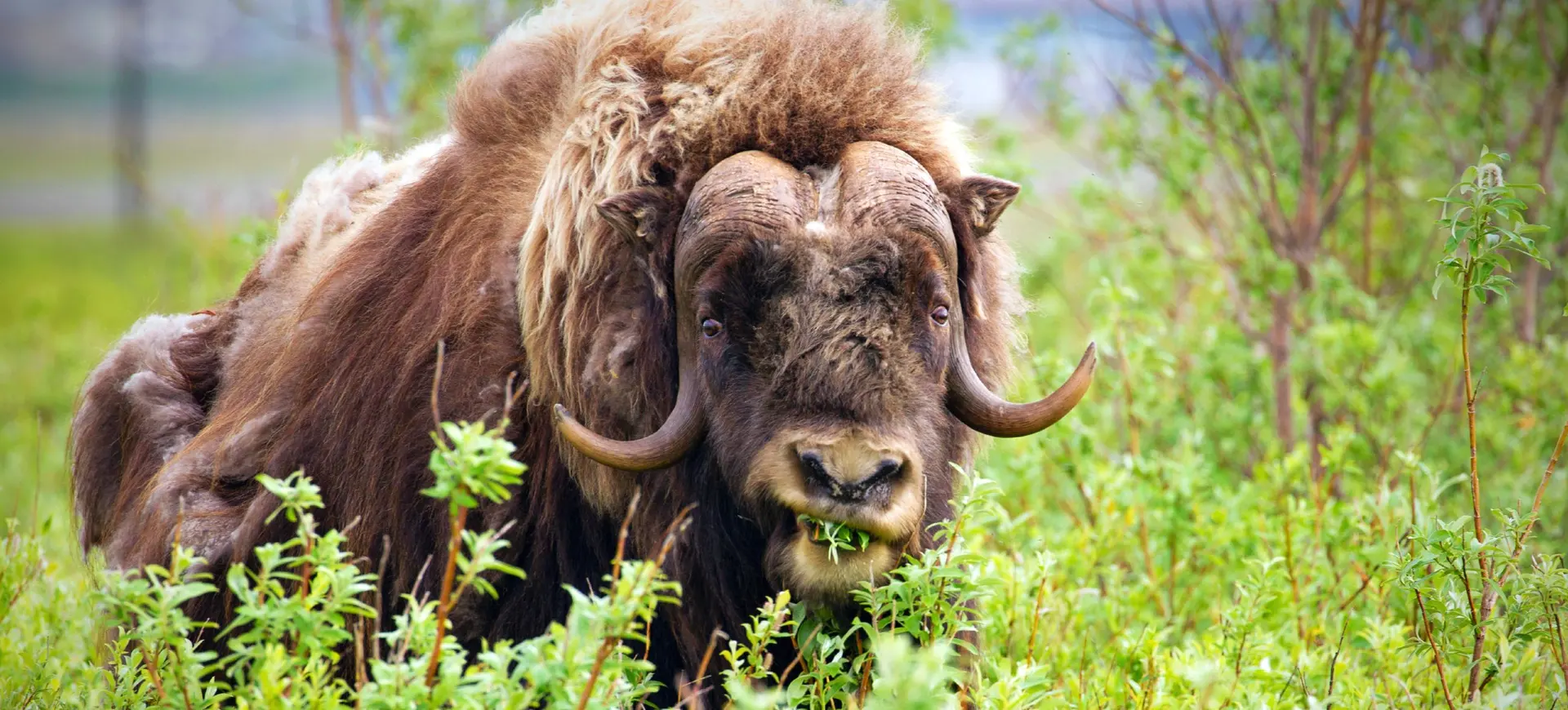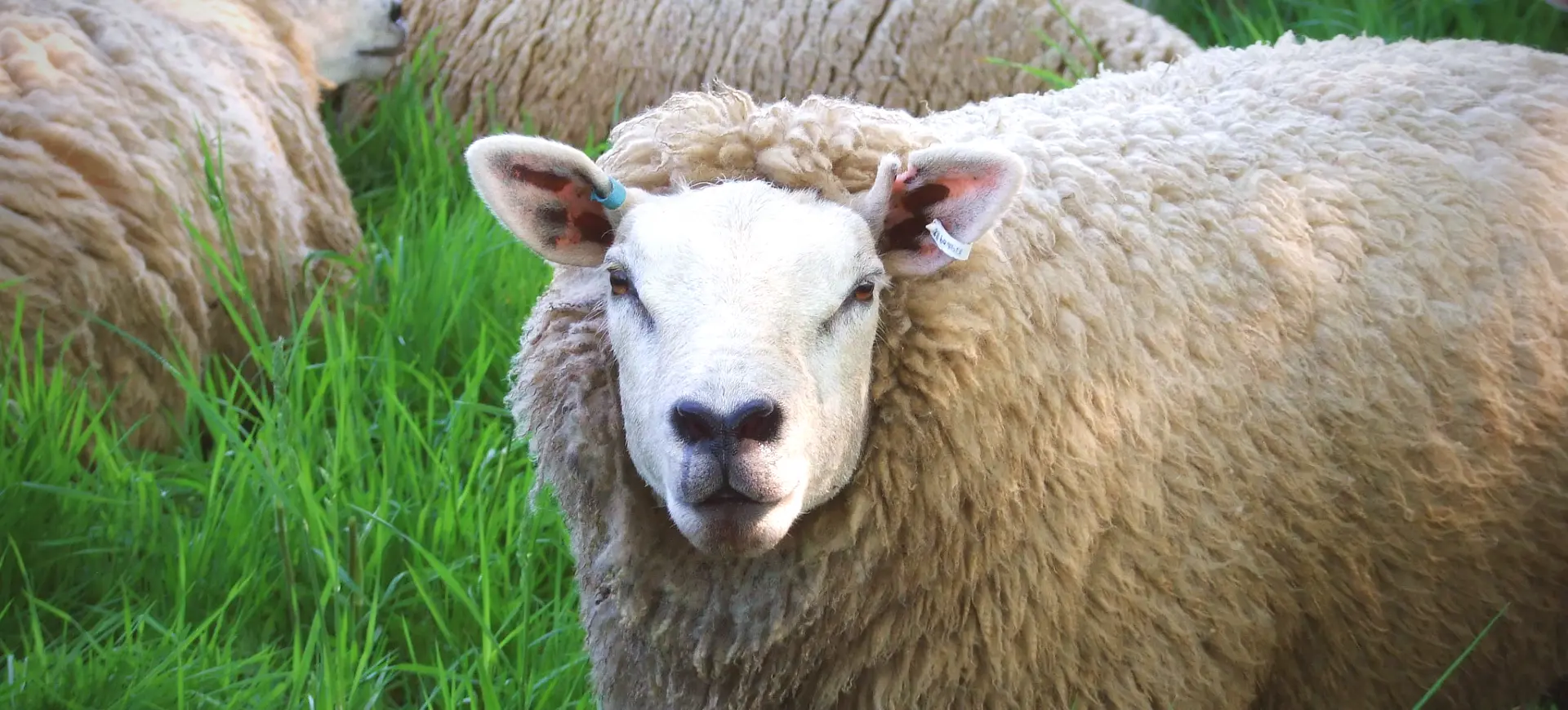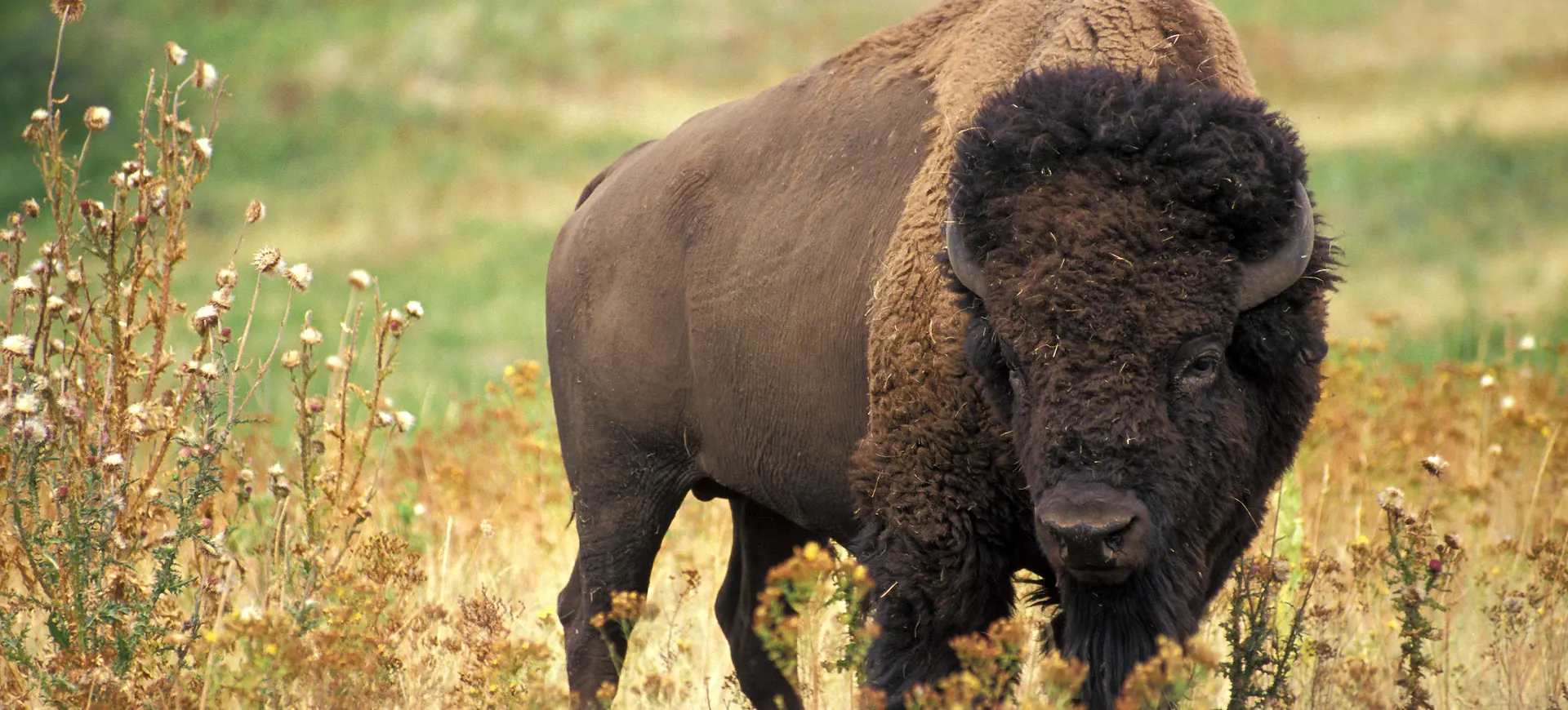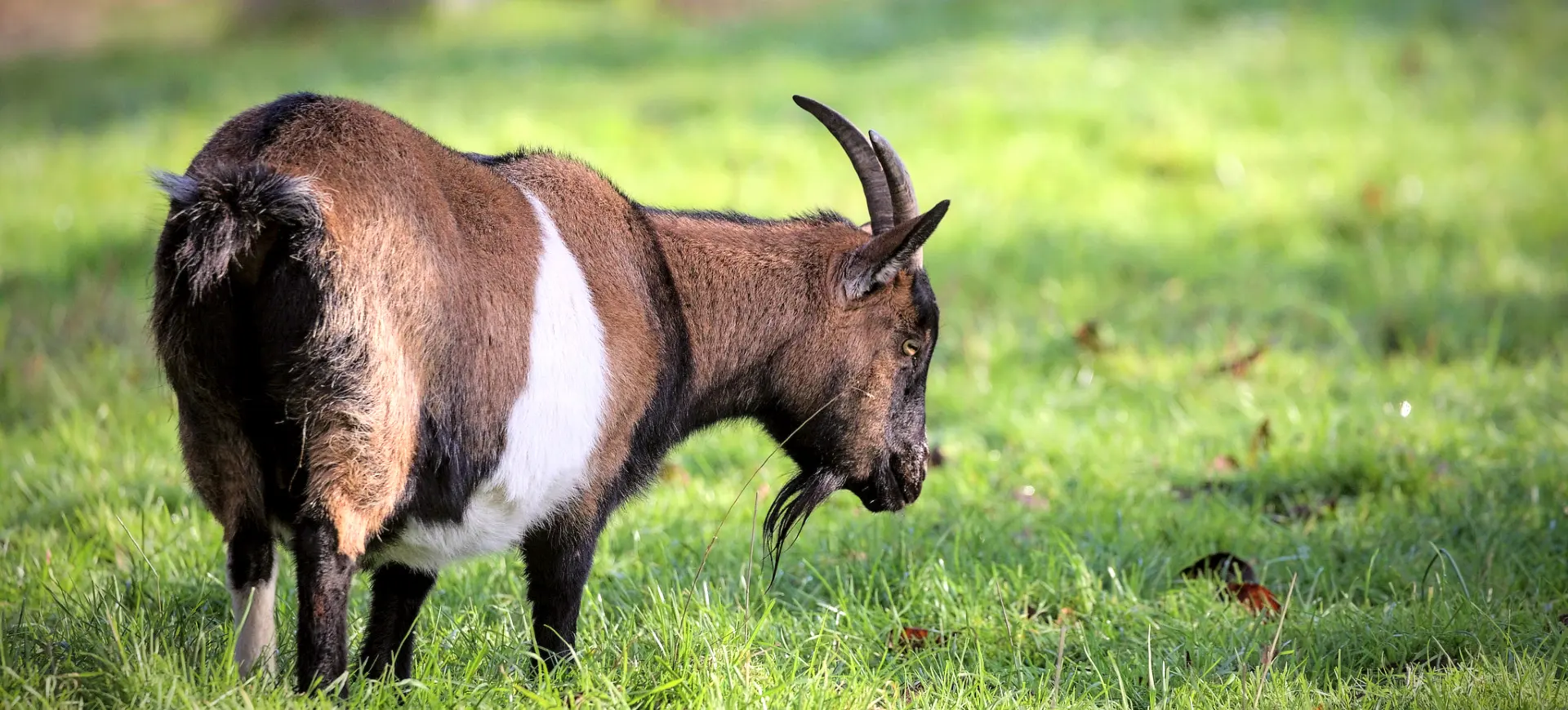Overview
The Steenbok (Raphicerus campestris) is a small antelope found in the savannas and light woodlands of Eastern and Southern Africa. Recognizable by its slender build and large ears, the Steenbok typically stands about 20 inches at the shoulder and weighs around 22 pounds. Its coat is reddish-brown, blending seamlessly with the African bush, and it has a distinctive white underbelly and facial markings. Males are characterized by their straight, sharp horns, which can grow up to 7 inches long.
Steenboks are known for their agility and elusive nature. They are primarily solitary animals, except during mating, and are territorial. These antelopes are well-adapted to arid conditions and can go long without water, deriving moisture from their food. Their diet mainly consists of leaves, shoots, and occasionally fruits.
Their behavior includes digging for roots and tubers with their hooves and browsing on low-level vegetation. They also create “forms,” small depressions in the ground for resting and hiding from predators. Steenboks are mostly active during the early mornings and late afternoons, especially in areas with higher predator populations.
Taxonomy
Kingdom
Phylum
Class
Order
Family
Genus
Species
Type
Physical Description:
Steenboks are small and slender antelopes with a shoulder height of about 18 to 24 inches. They have a reddish-brown coat on their back and flanks, with a stark white underbelly and inner legs. The coat is short and glossy, helping them to blend into the savanna grasslands and bushveld.
Males are equipped with straight, sharp horns ranging from 3 to 7 inches long. These horns are absent in females. Both sexes have large, prominent ears that provide excellent hearing, a vital adaptation for detecting predators. Their large, dark eyes give them a wide field of vision.

Lifespan: Wild: ~6 Years || Captivity: ~12 Years

Weight: Male: 20-26 lbs (9-12 kg) || Female: 18-24 lbs (8-11 kg)

Length: Male & Female: 31-39 inches (80-100 cm)

Height: Male & Female: 18-24 inches (45-60 cm)

Top Speed: 35-40 mph (56-64 km/h)
Characteristic:
Native Habitat:
Steenboks inhabit various habitats, including savannas, open grasslands, and light woodlands. They are particularly adapted to arid and semi-arid regions. Their natural range extends through Eastern and Southern Africa, from Kenya and Angola to South Africa.
Their preferred habitats are characterized by short grass and sparse woody vegetation, which provide adequate food resources and cover. Steenboks are highly adaptable and can also be found in agricultural areas and on the fringes of human habitation, provided sufficient vegetation cover exists.
Biomes:
Biogeographical Realms:
Continents:
Countries:
Diet:
Diet & Feeding Habits:
Steenboks are predominantly browsers, feeding on various leaves, shoots, and fruits. They prefer new growth, flowers, and fruits when available. Their diet also includes roots and tubers, which they dig up using their sharp hooves.
These antelopes are well-adapted to arid environments and can obtain sufficient moisture from their food, allowing them to survive without water for extended periods. However, they will drink water when it is available. Their feeding strategy involves selective browsing, which helps them maximize nutrient intake while minimizing water loss.
Mating Behavior:
Mating Description:
Steenboks are typically solitary but form monogamous pairs during the breeding season. These pairs maintain separate territories but come together to mate. The species has no specific breeding season, and reproduction can occur at any time of the year.
Courtship behavior involves the male following the female, engaging in mutual grooming and scent marking. After mating, the pair separates, and the female raises the offspring. The gestation period is about 5 to 6 months, after which a single fawn is born.
Reproduction Season:
Birth Type:
Pregnancy Duration:
Female Name:
Male Name:
Baby Name:
Social Structure Description:
Steenboks are solitary animals, with males and females maintaining separate territories. These territories are marked with dung heaps and secretions from preorbital glands. Territorial behavior is more pronounced in males, who defend their territories against other males.
Social interactions outside of the mating period are limited. However, monogamous pairs may exhibit social behaviors such as mutual grooming during the breeding season. Steenboks rely on their cryptic behavior and camouflage to avoid predators, often freezing in place or hiding in vegetation when threatened.
Groups:
Conservation Status:
Population Trend:
Steenboks are widely distributed and common throughout much of their range in Eastern and Southern Africa. They are adaptable and capable of surviving in various habitats, which has helped maintain stable populations. In some areas, they are among the most commonly sighted small antelopes.
While they face habitat loss and hunting threats in certain areas, these factors have not significantly impacted their overall population numbers. Their ability to breed throughout the year and the high offspring survival rate also contribute to their stable population status.
Population Threats:
The main threats to Steenboks include habitat loss due to agricultural expansion, human settlement, and hunting for meat and sport. In some regions, habitat fragmentation and changes in land use have led to a reduction in suitable living spaces.
Despite these threats, their wide distribution, adaptability, and reproductive strategy have enabled them to maintain healthy populations. They are not currently considered at risk of significant population decline.
Conservation Efforts:
Conservation efforts for Steenboks primarily focus on habitat protection and sustainable land management. Ensuring the preservation of their natural habitats, particularly in protected areas such as national parks and reserves, is crucial for their long-term survival.
Regulations on hunting and the enforcement of wildlife protection laws also play a role in conserving Steenbok populations. Sustainable hunting practices and quotas are important to prevent overexploitation in areas where they are hunted.
Additional Resources:
Fun Facts
- Steenboks are known for their remarkable ability to go without water for long periods, obtaining moisture from their food.
- They create small depressions in the ground called “forms” for resting and hiding.
- Despite their small size, Steenboks can run up to 40 mph.
- They have a unique way of dealing with predators, often choosing to hide rather than flee.
- Steenboks can dig with their hooves to uncover roots and tubers.
- They are one of the few monogamous antelope species.
- Their large ears provide excellent hearing, crucial for detecting predators.
- Steenboks mark their territory with dung and glandular secretions.
- They are capable of breeding at any time of the year.
- Predators of Steenboks include larger carnivores like leopards, caracals, eagles, and pythons.








